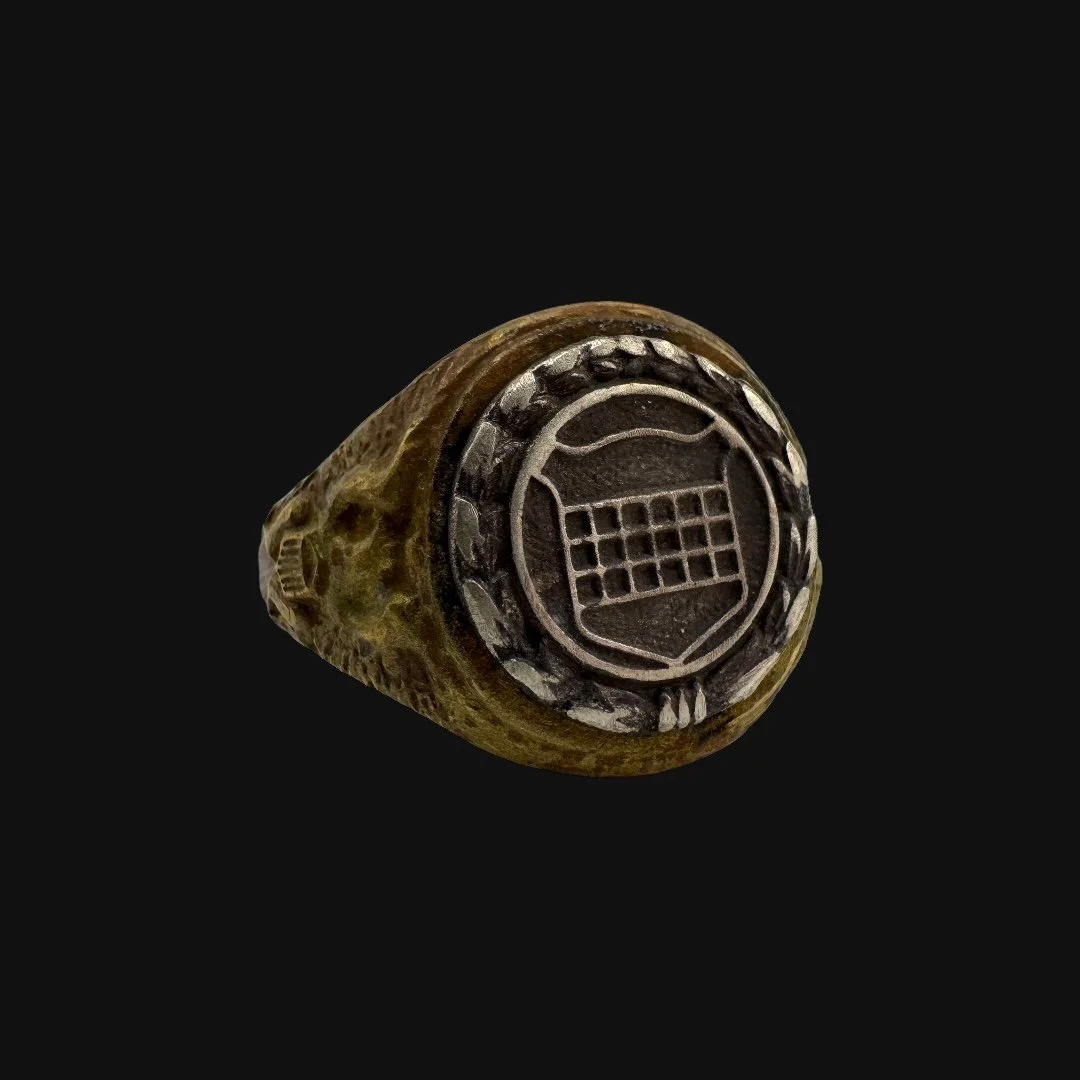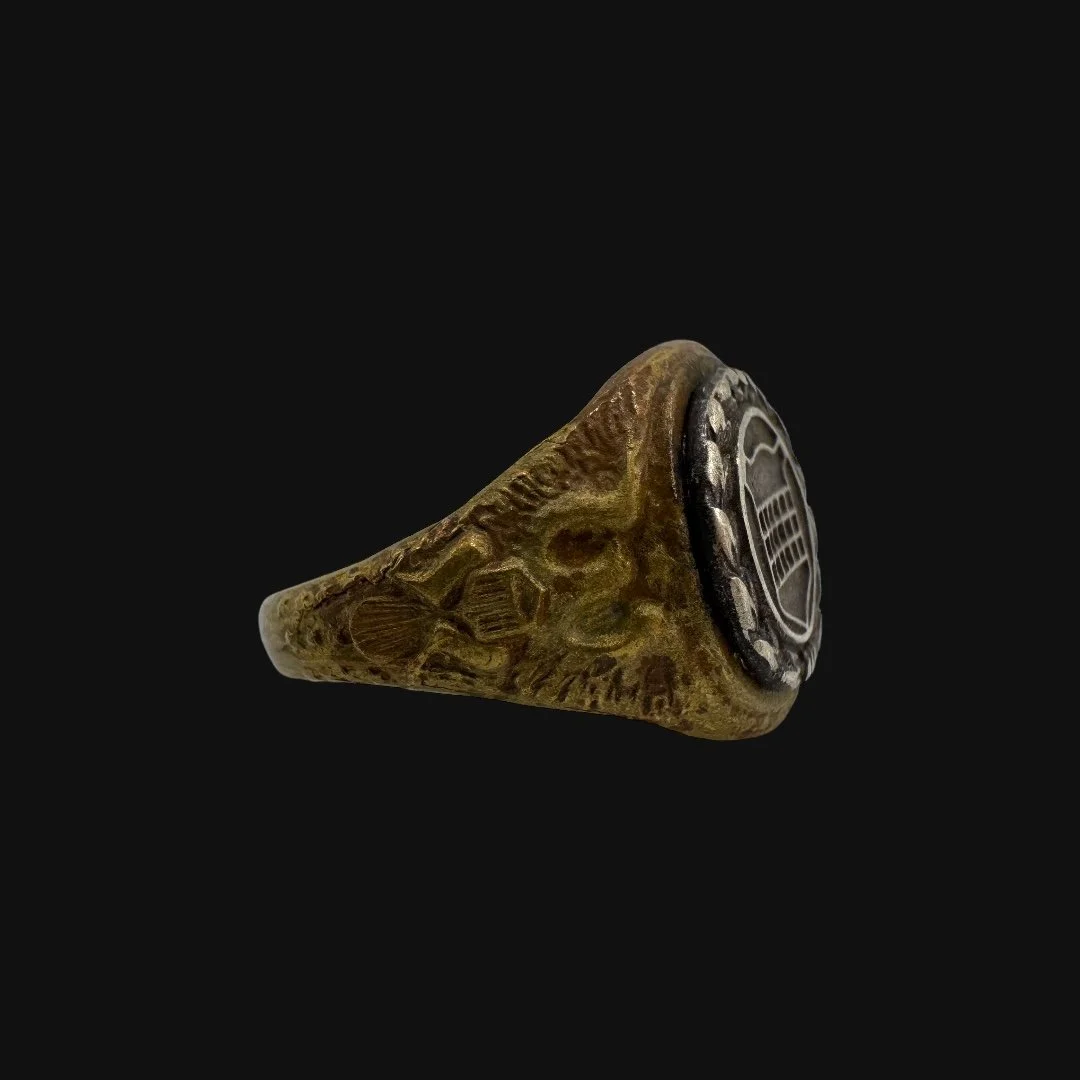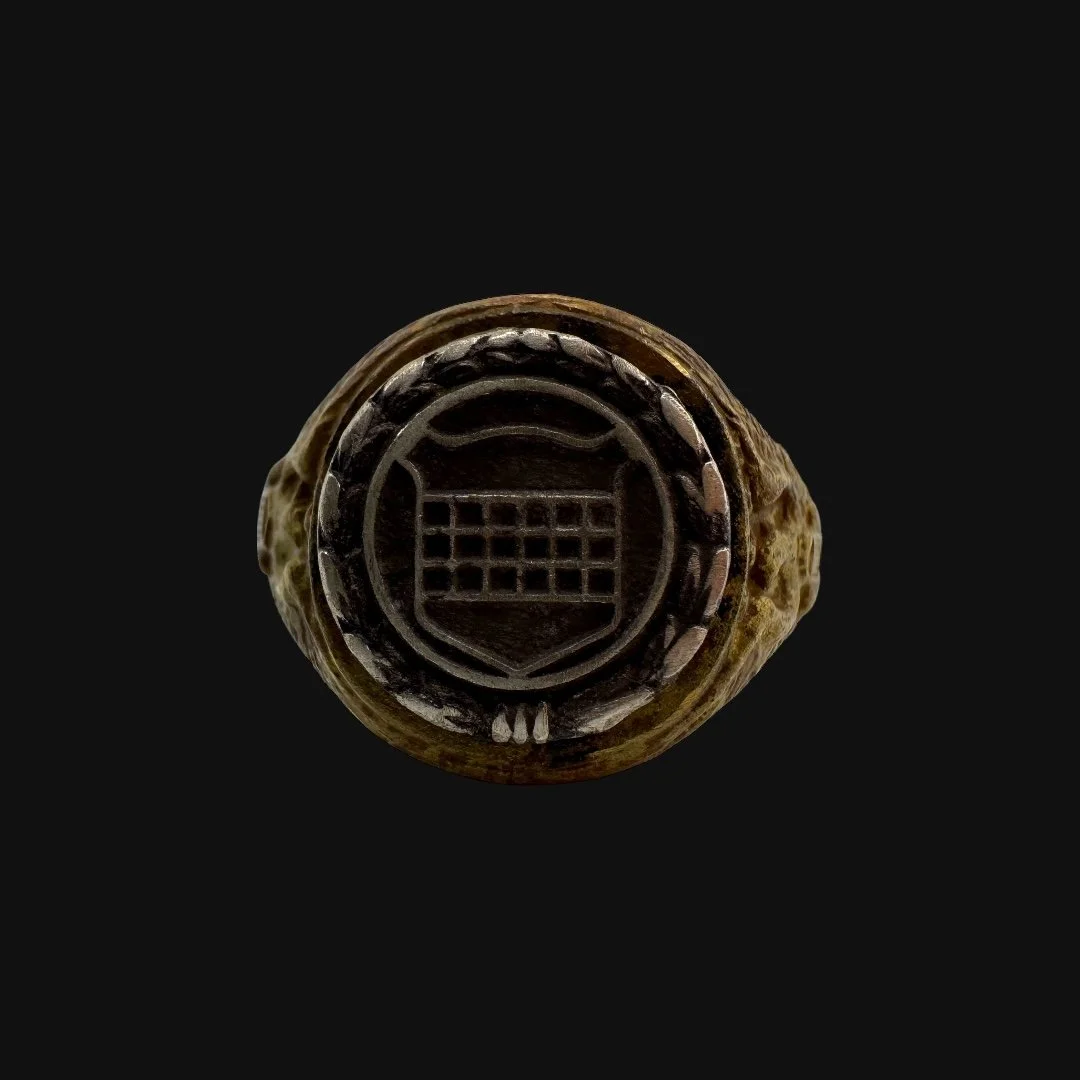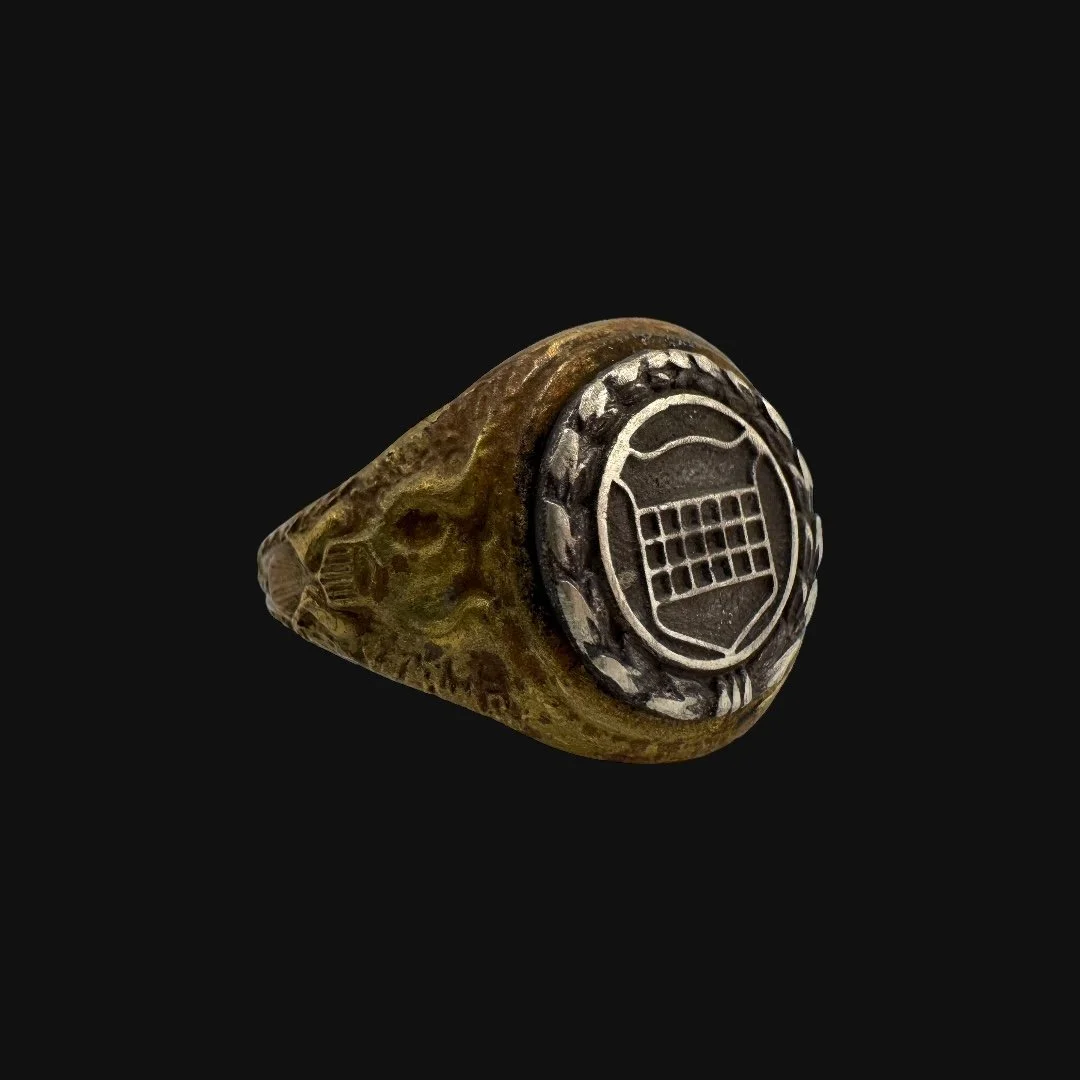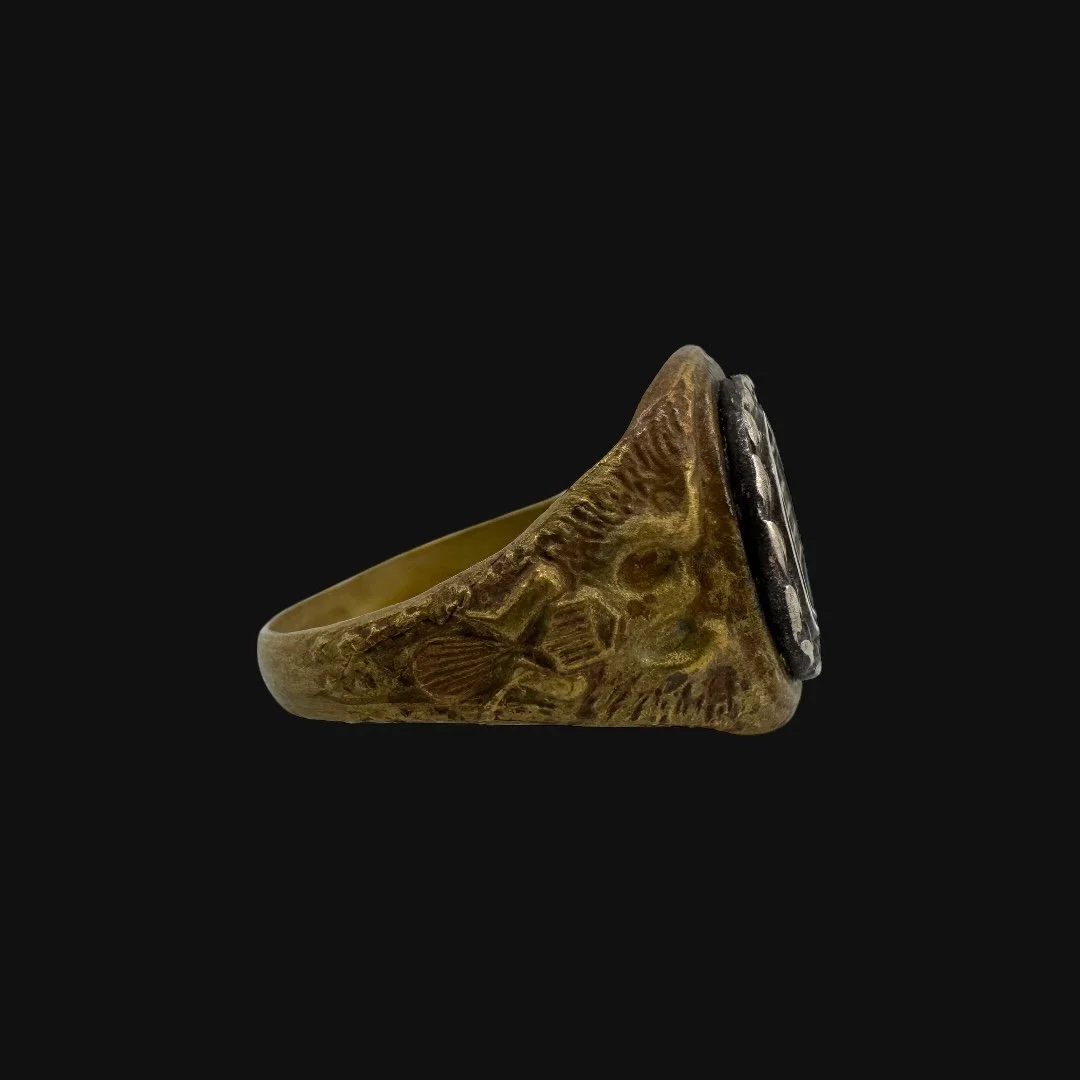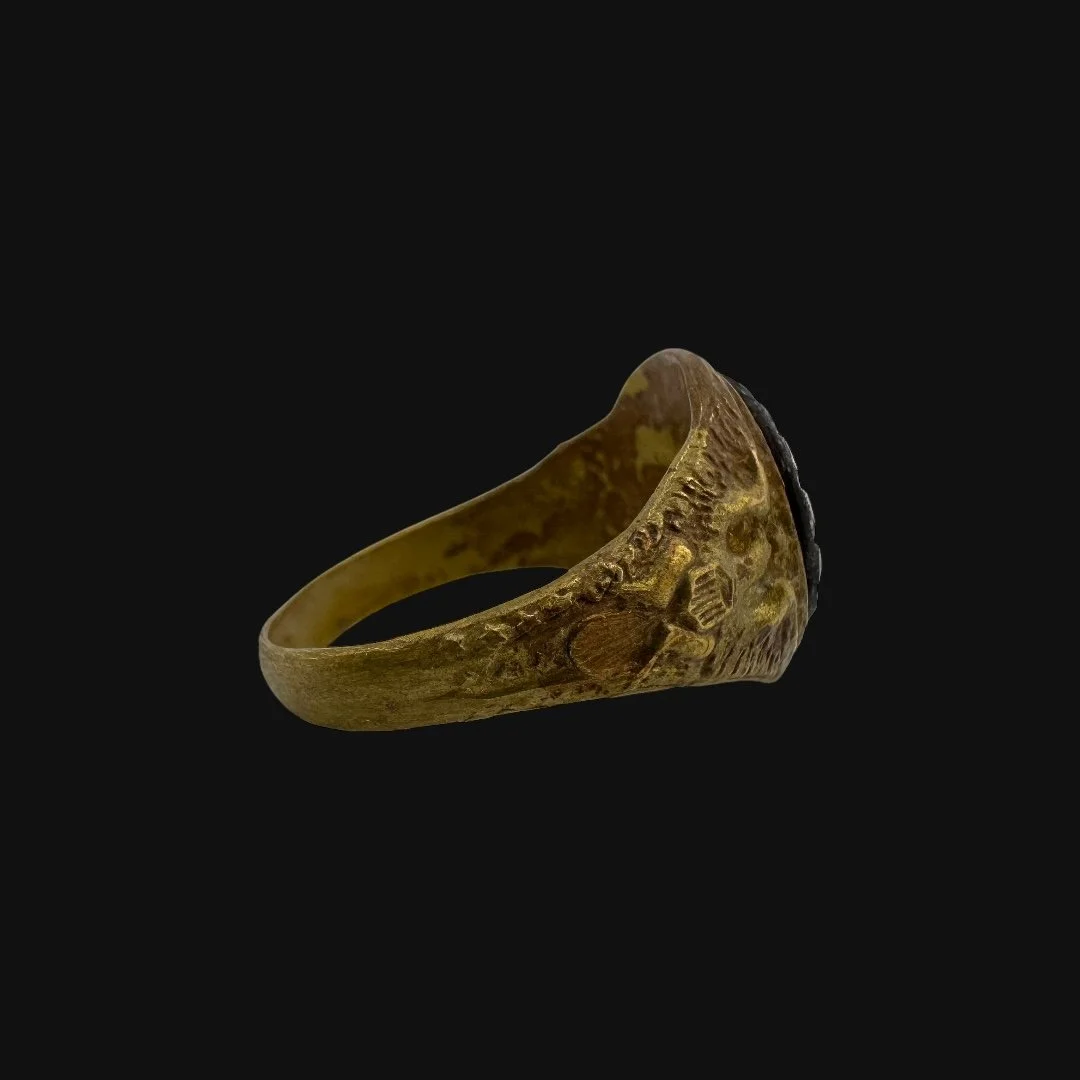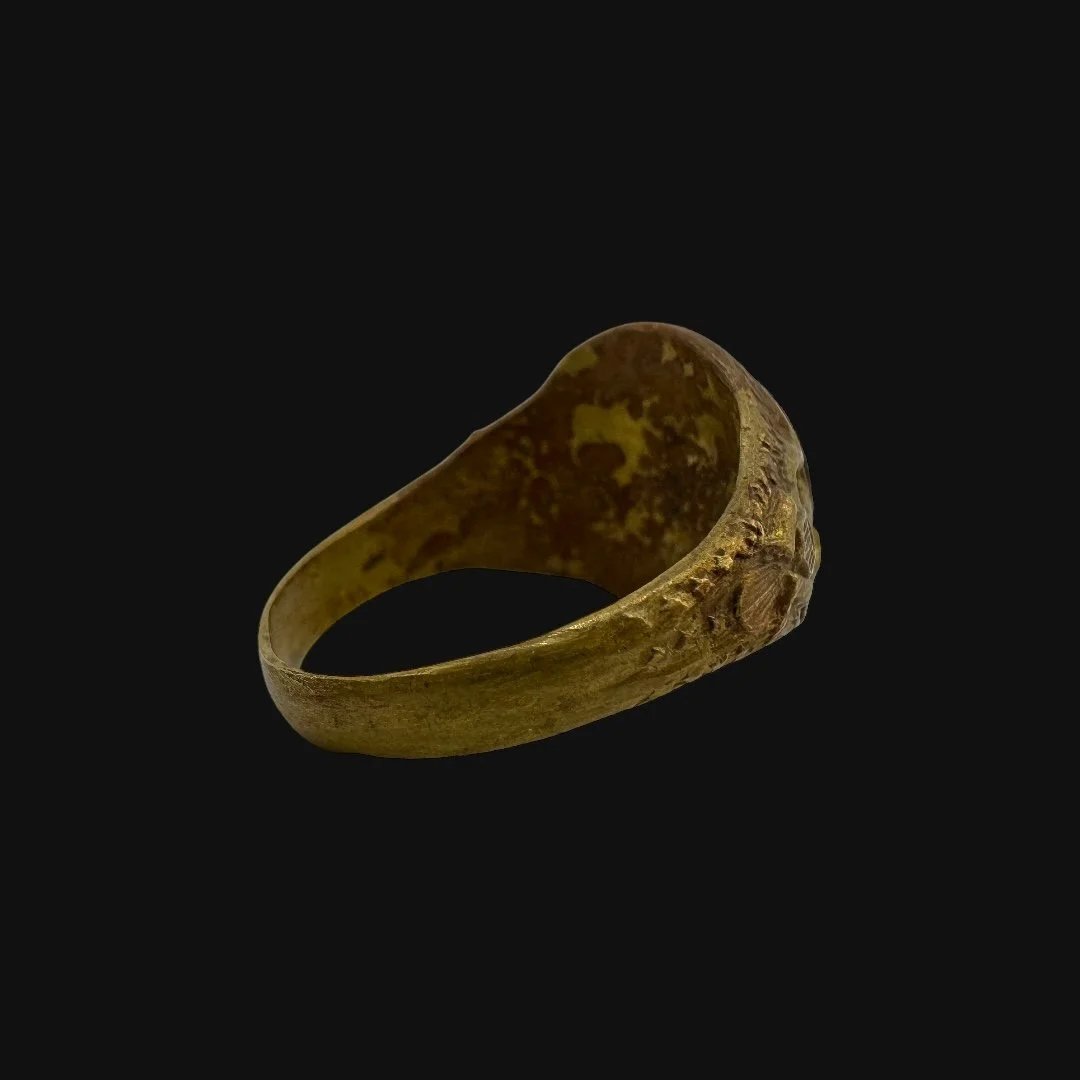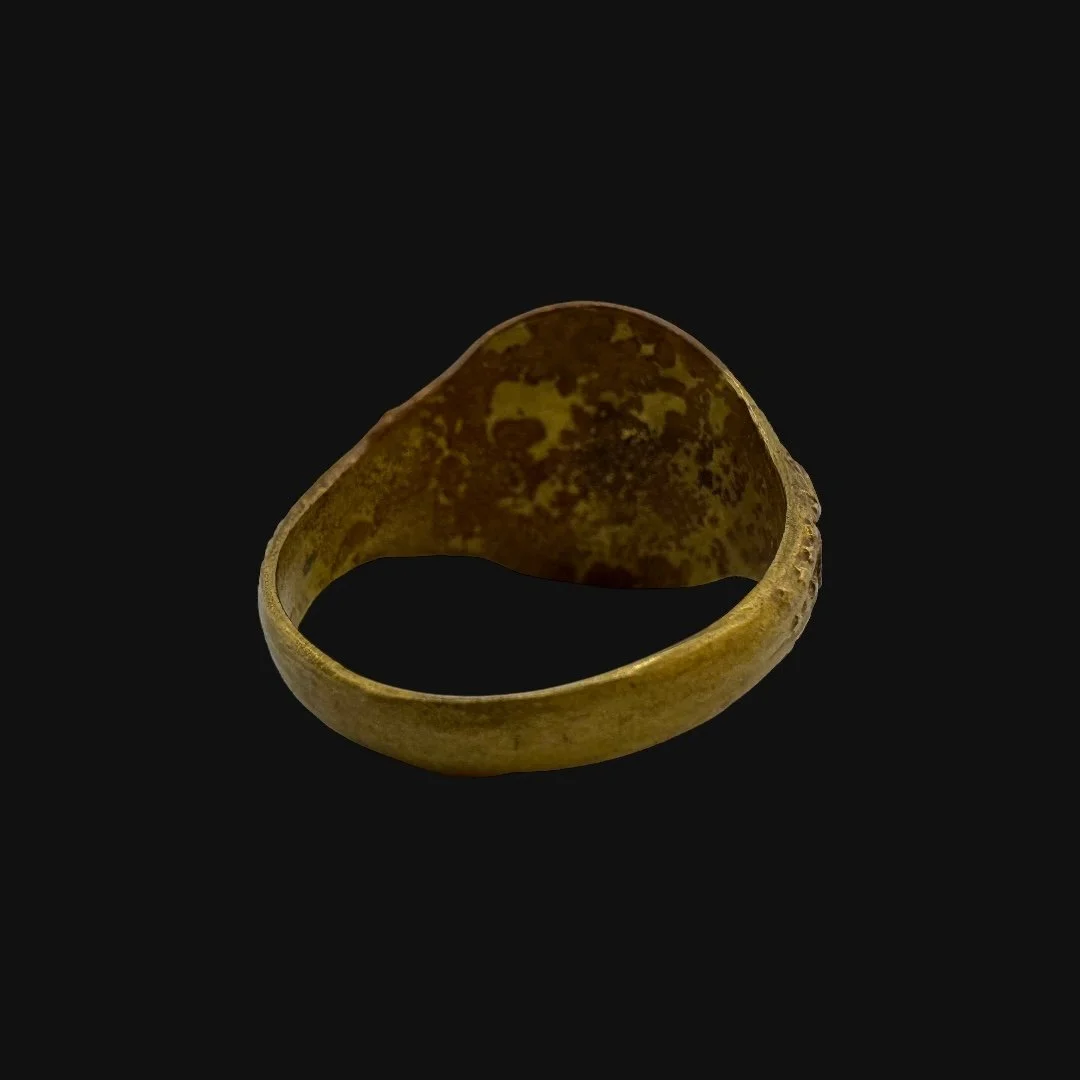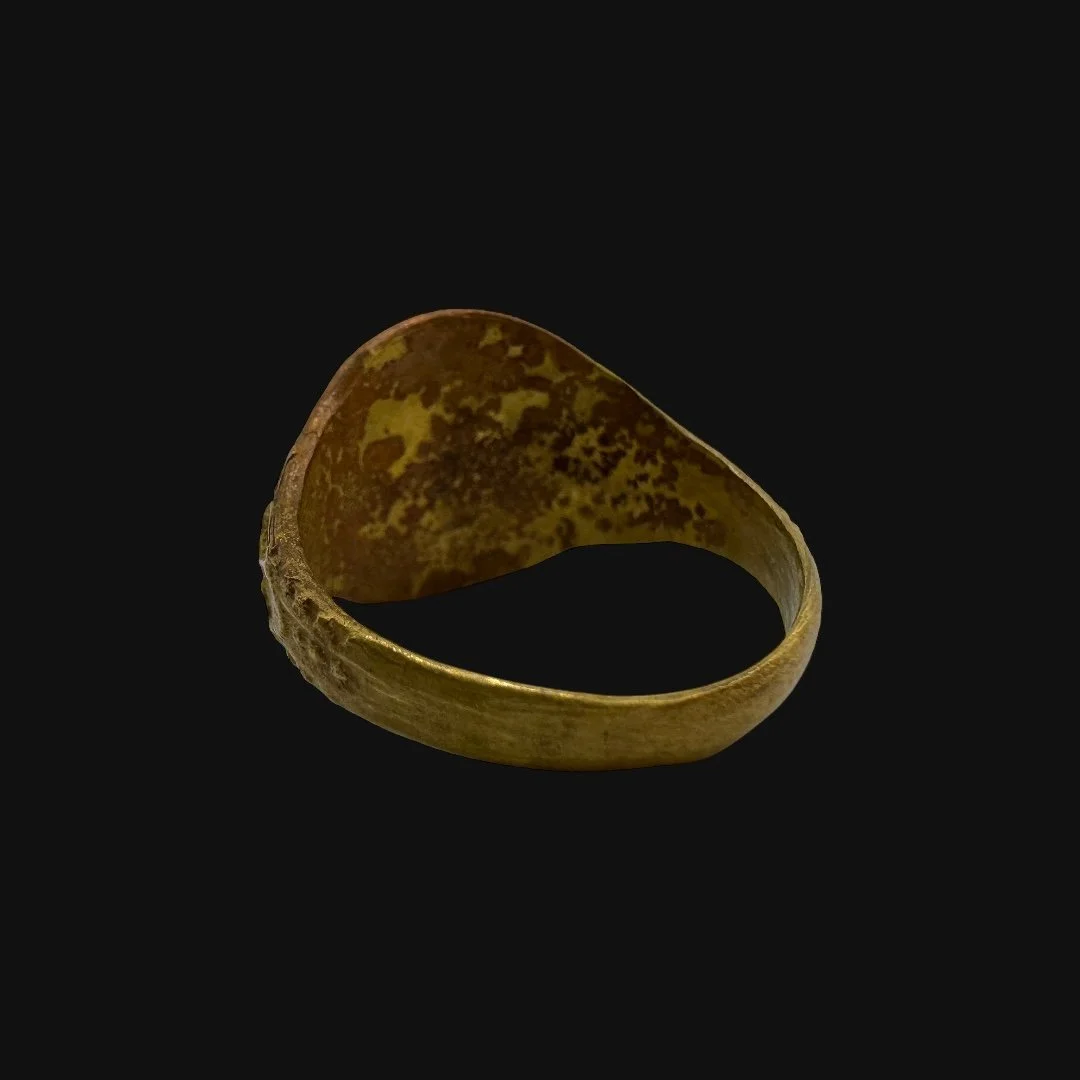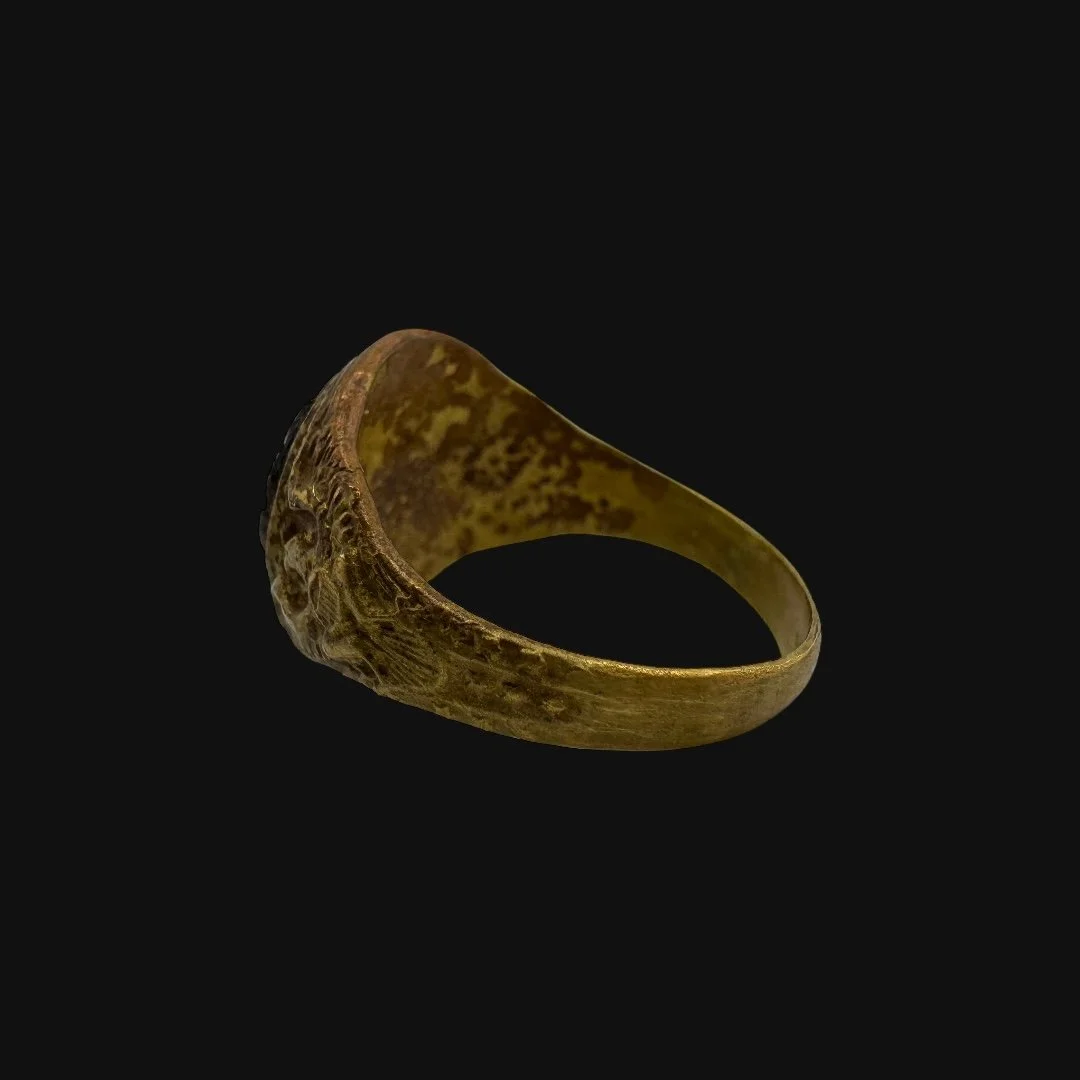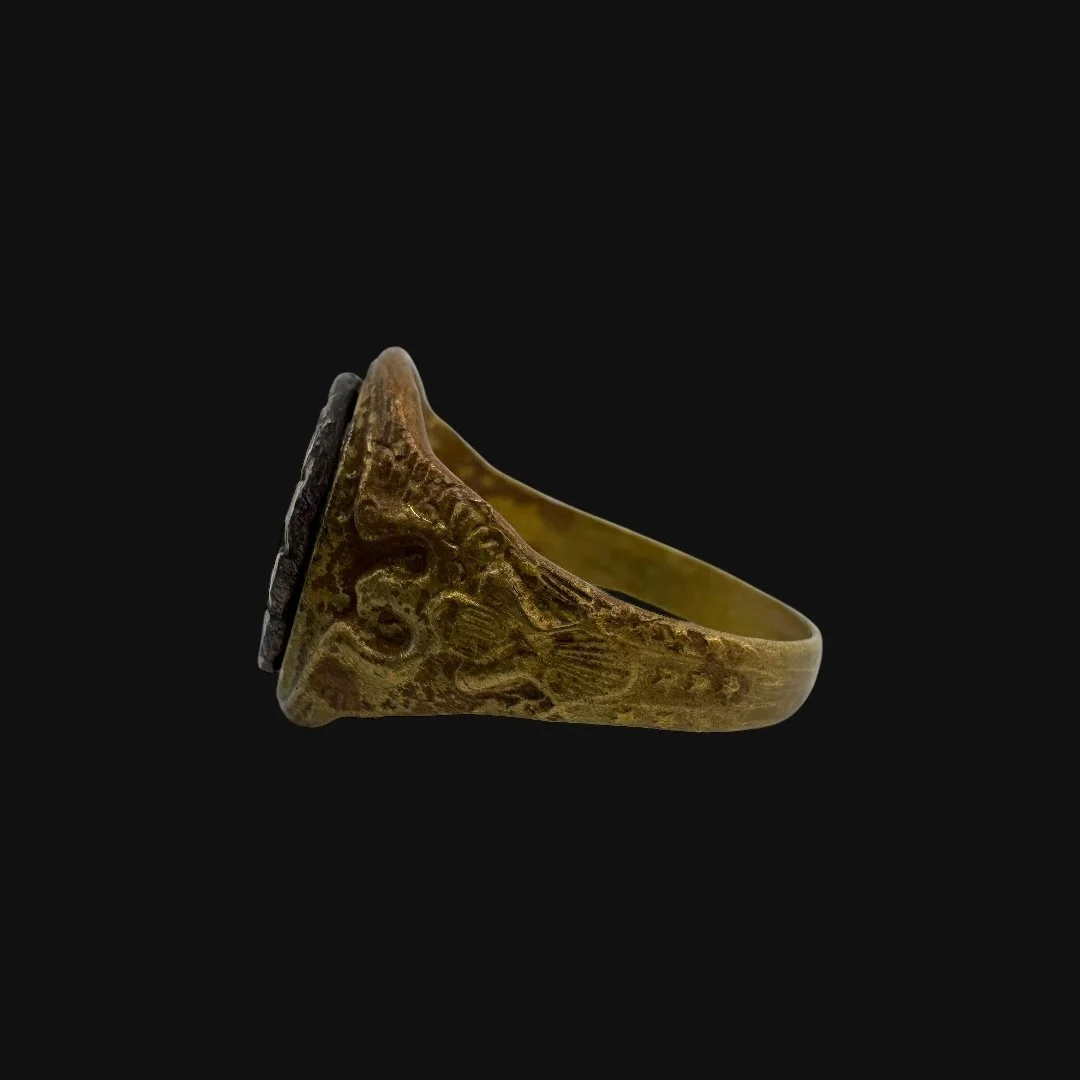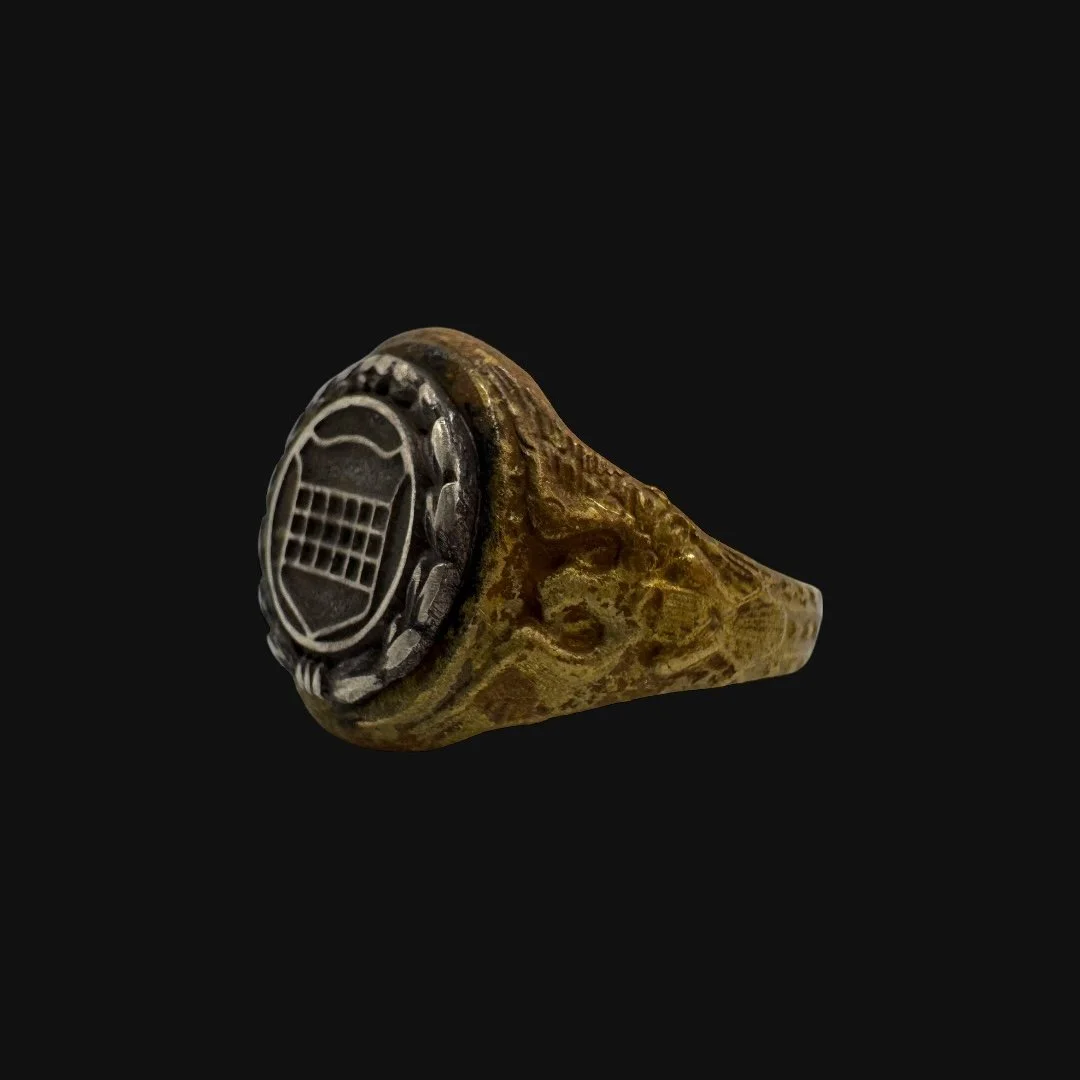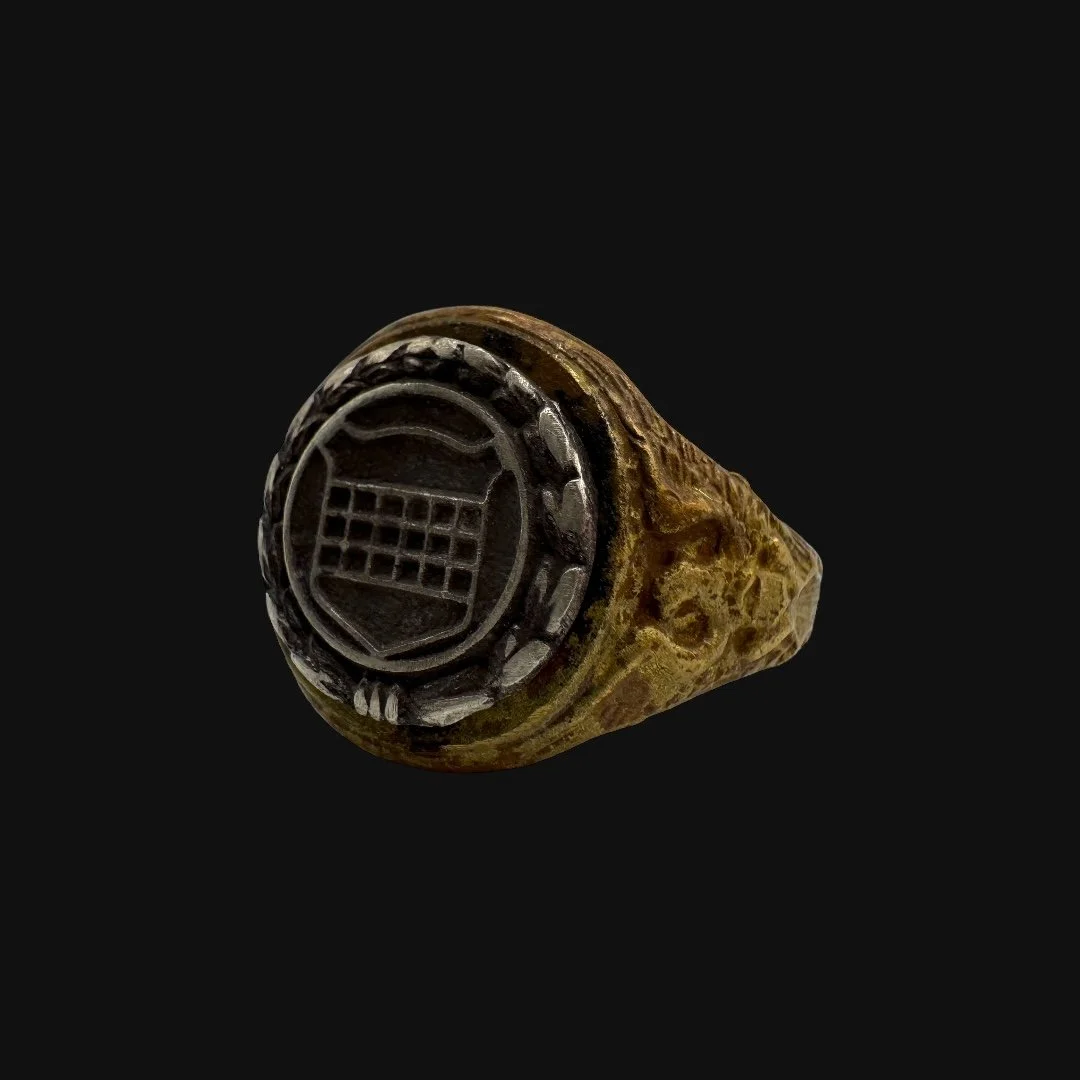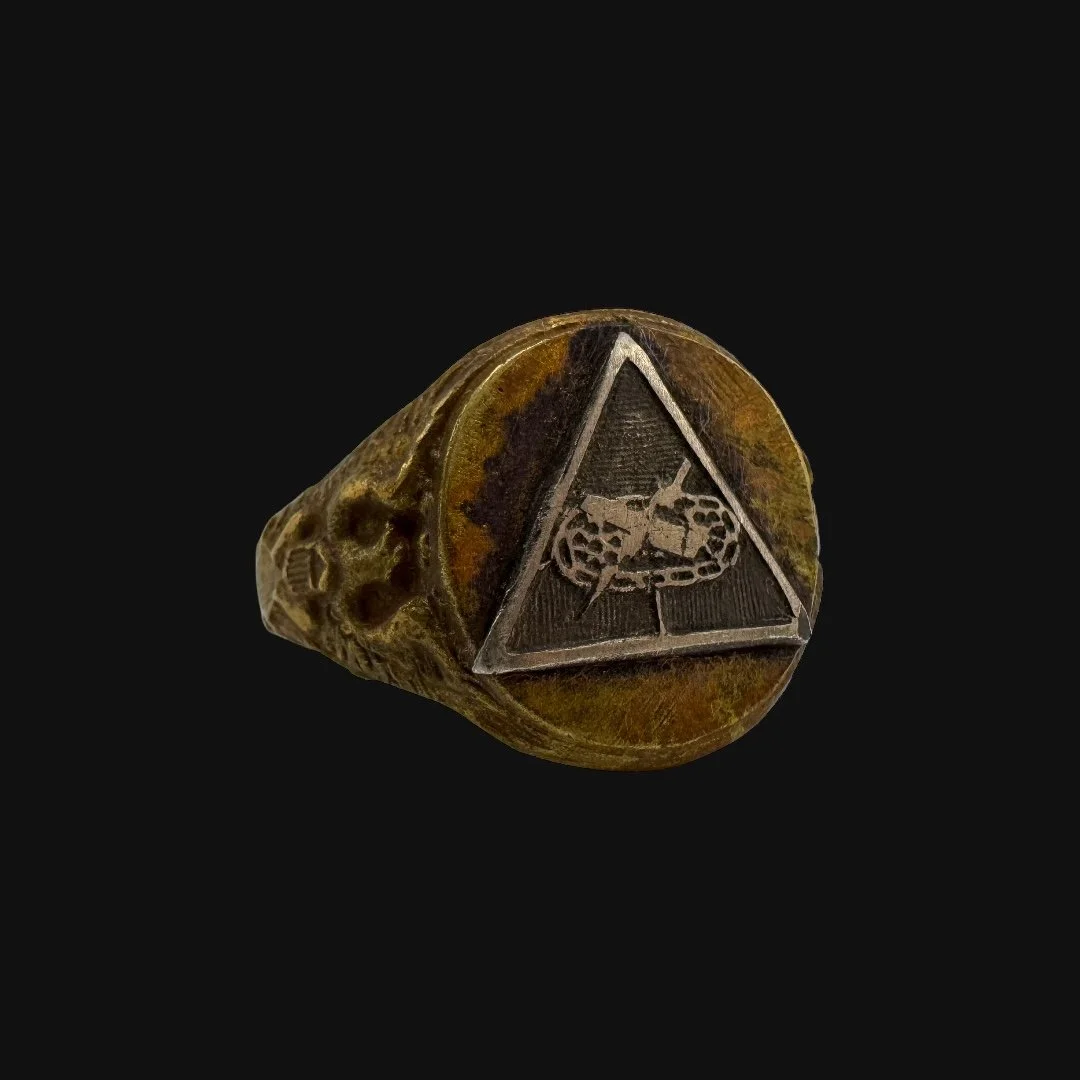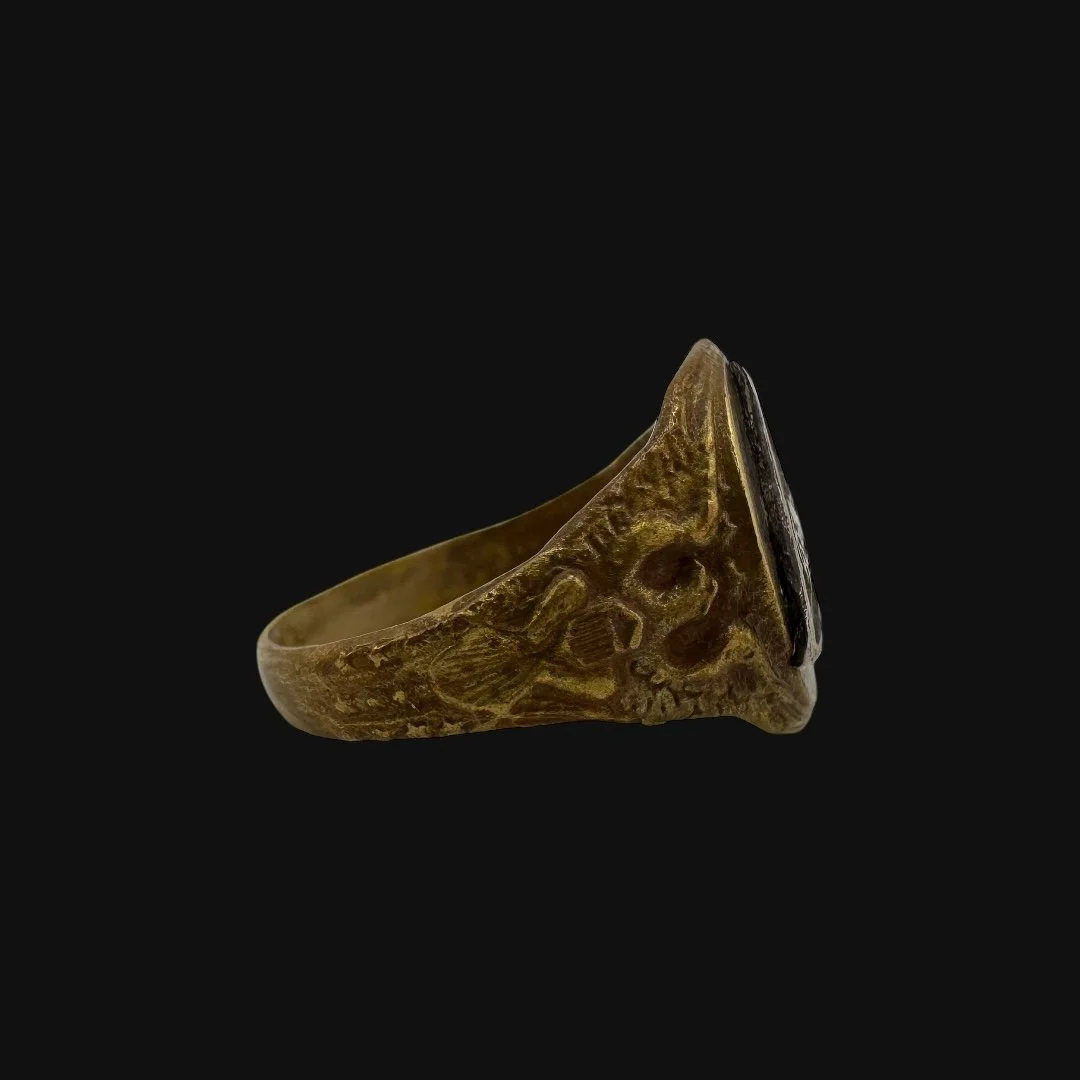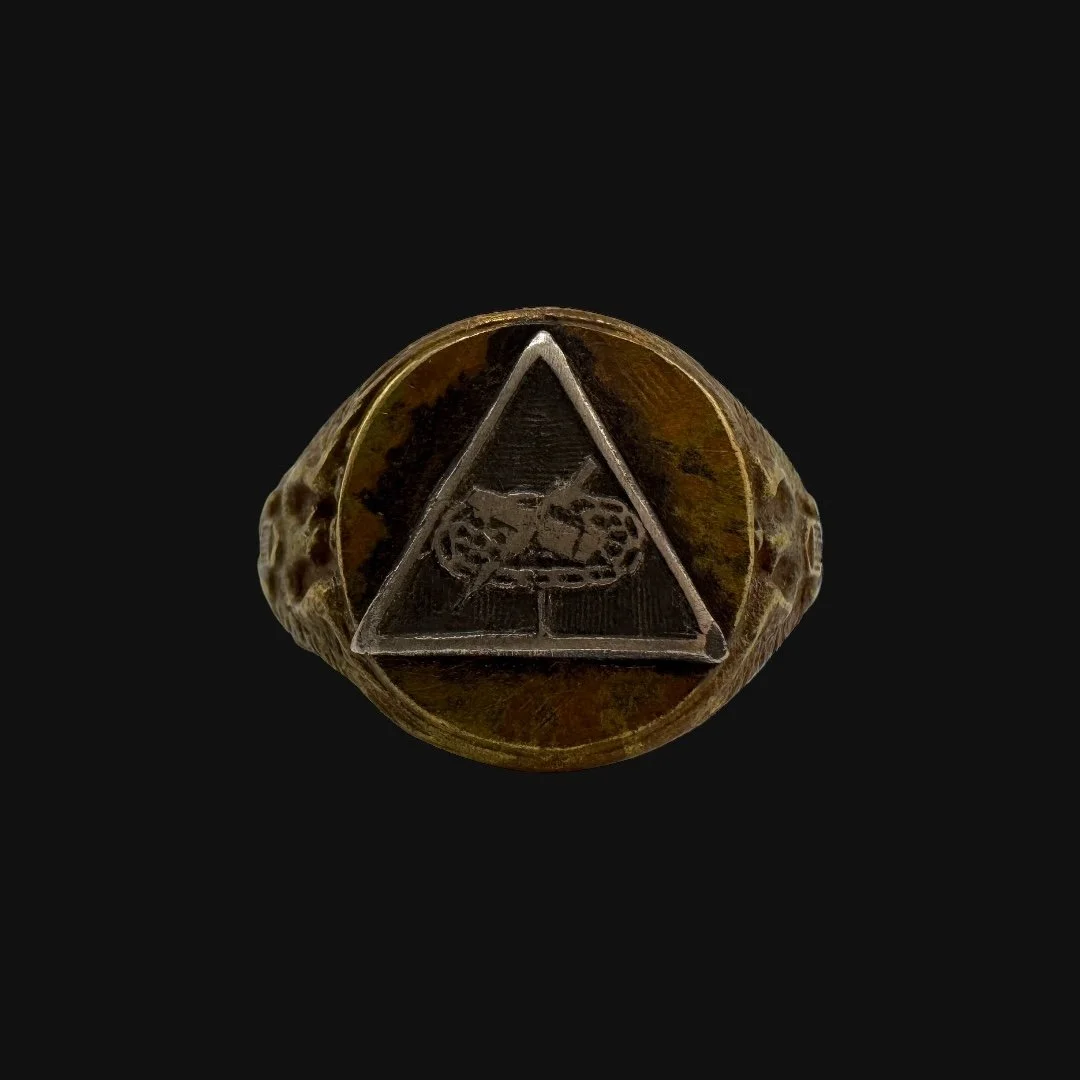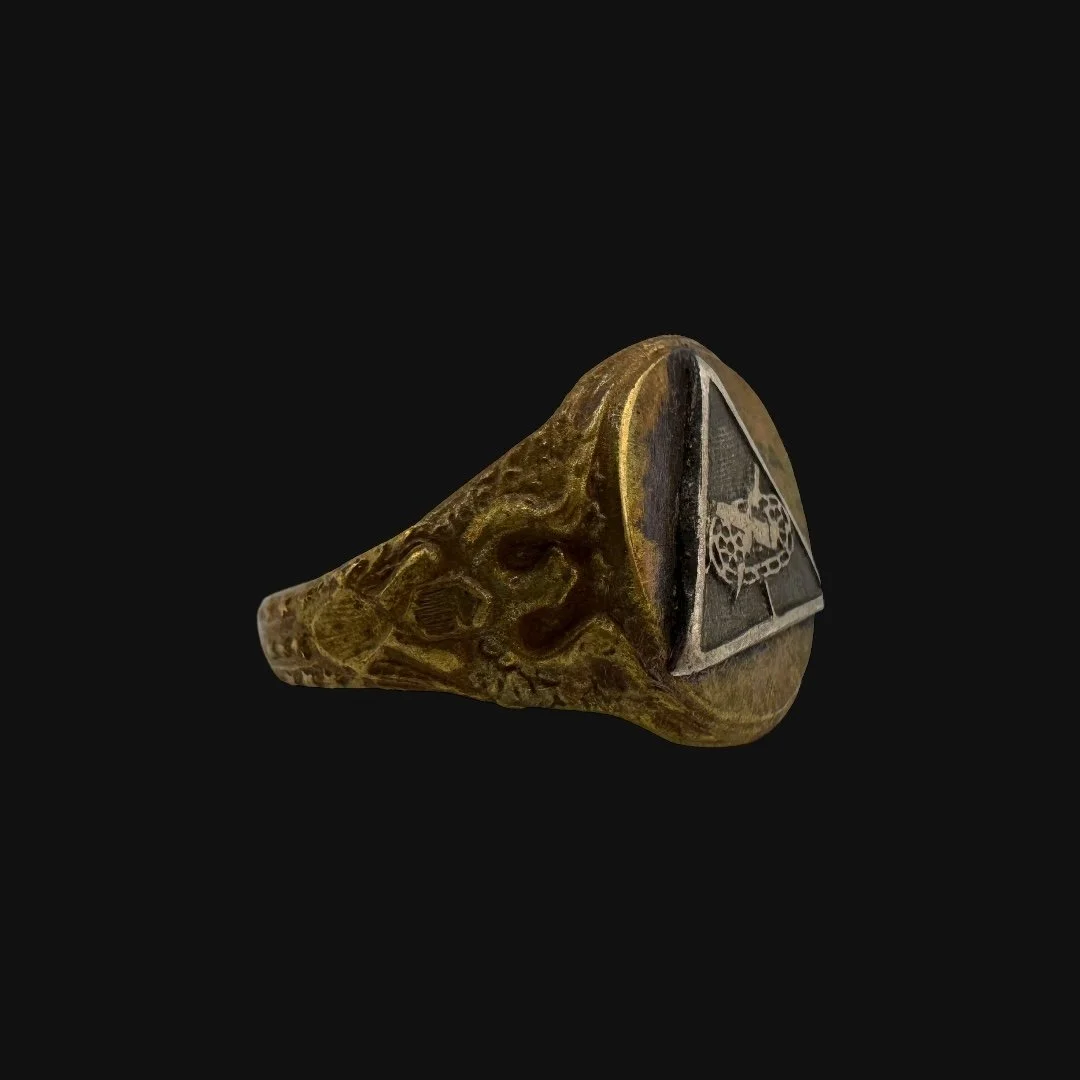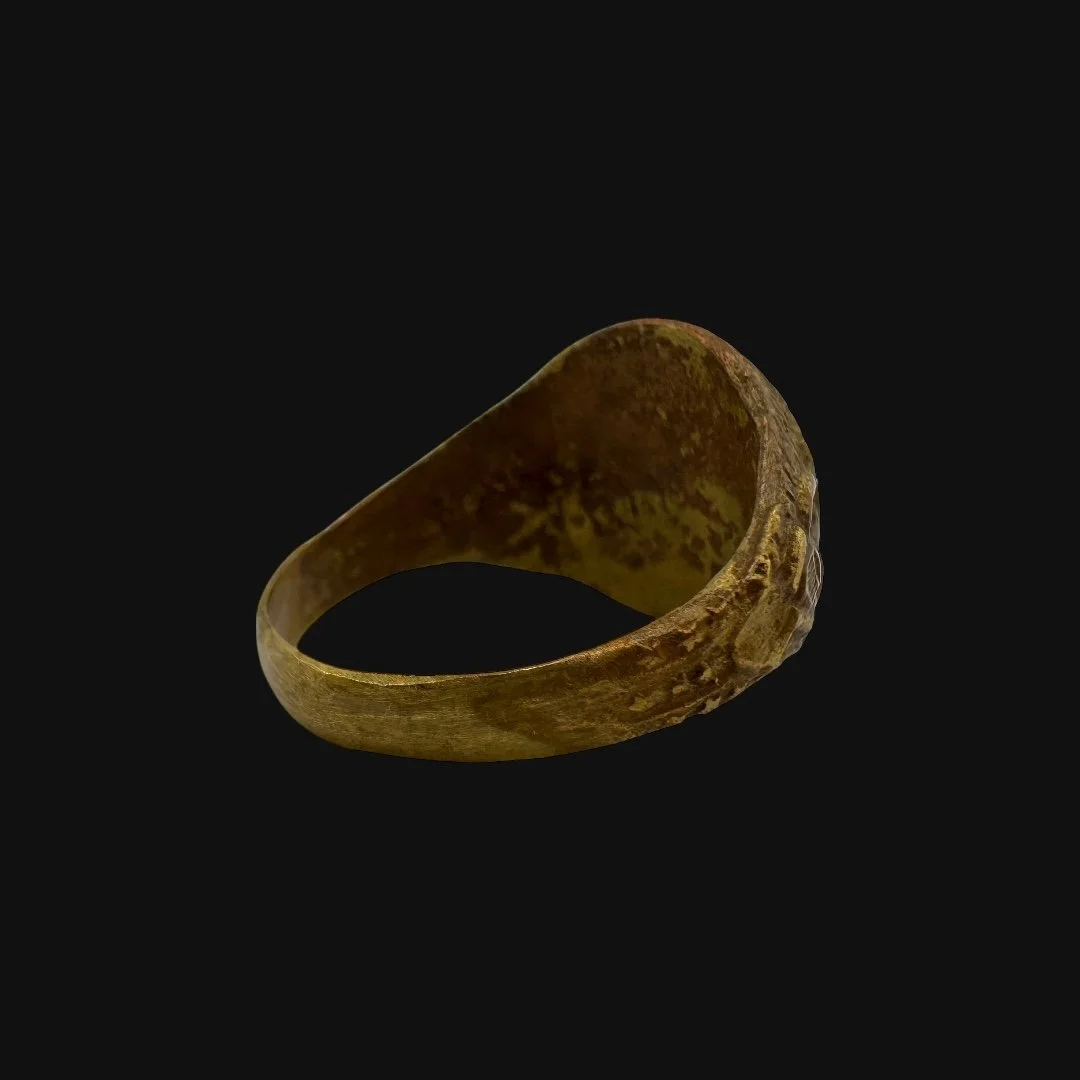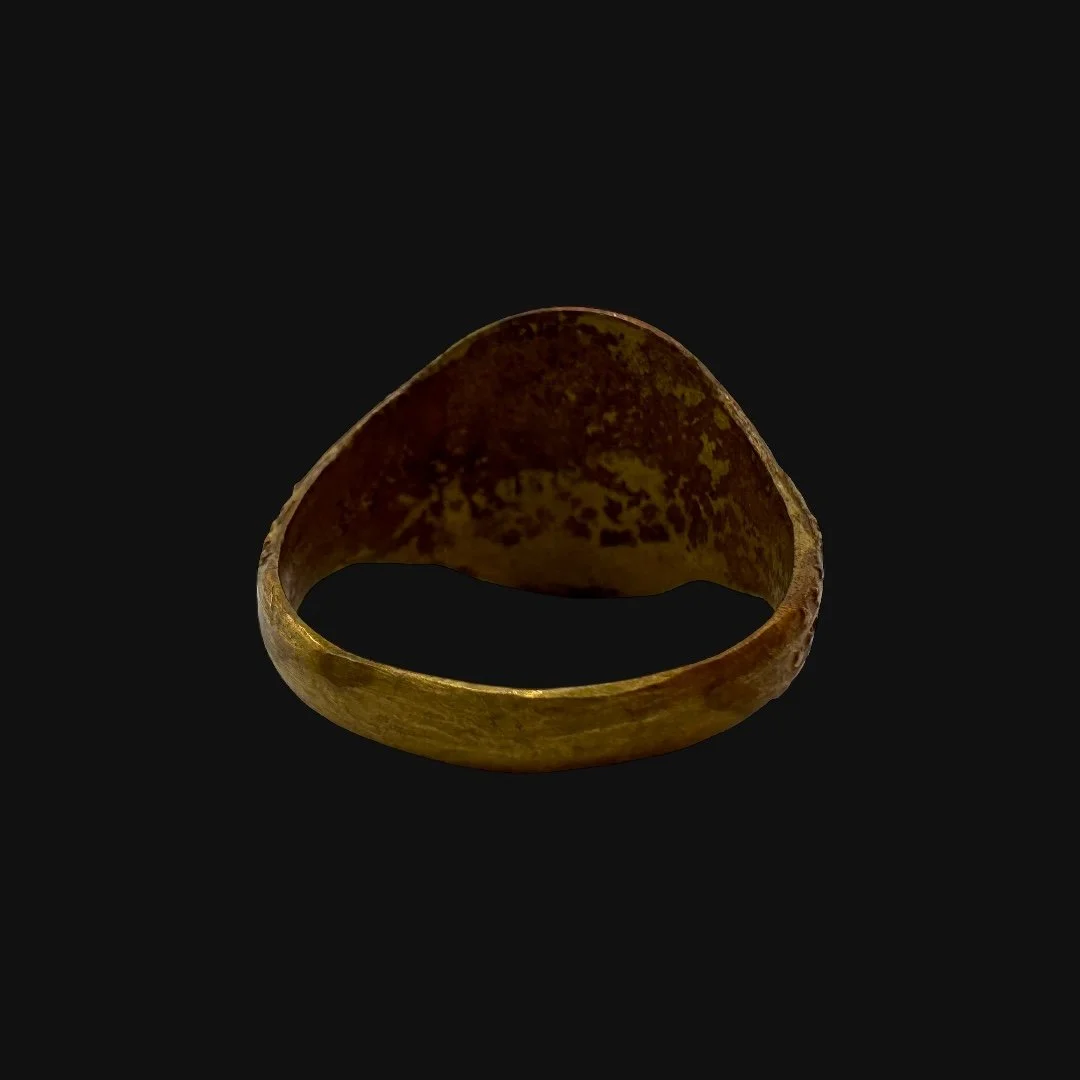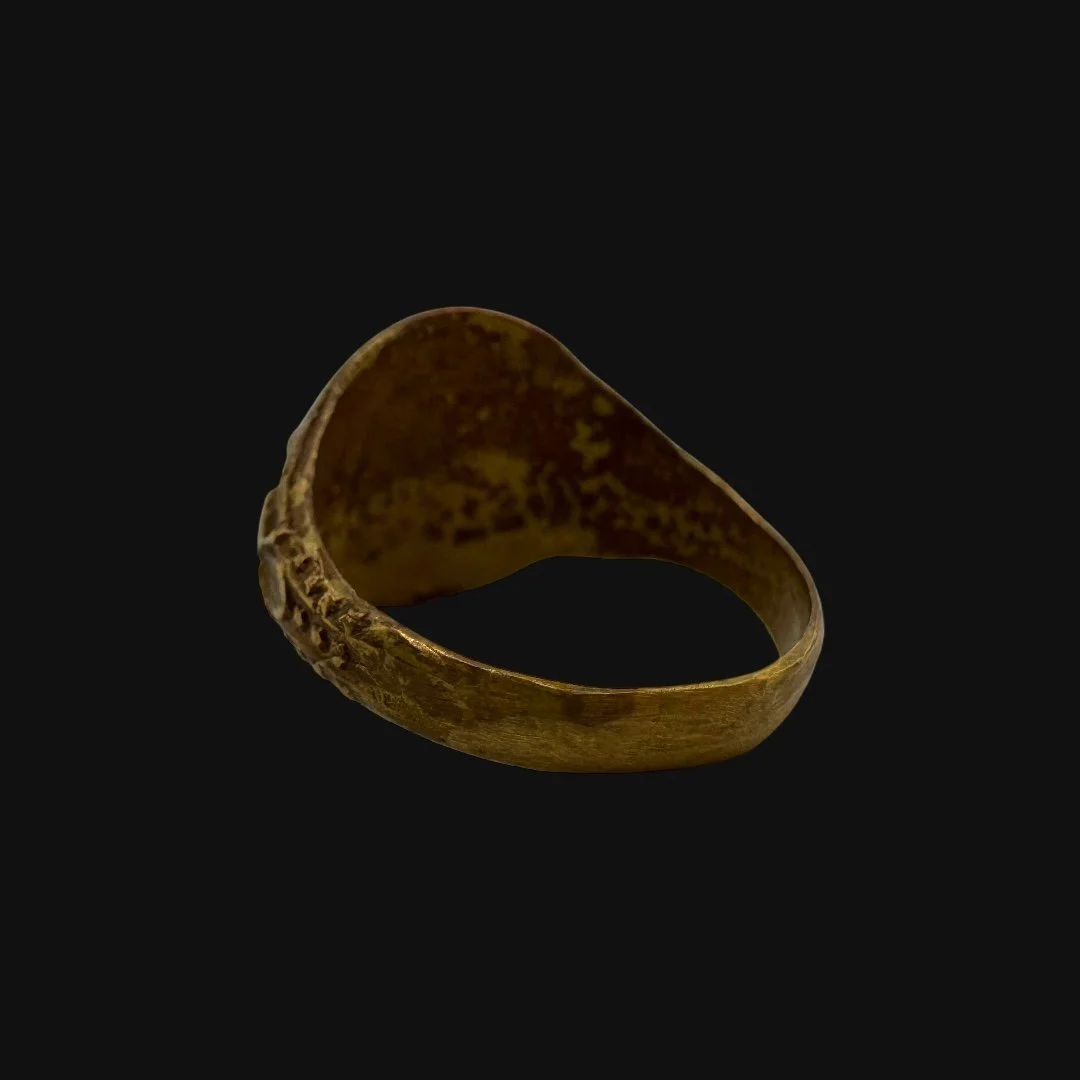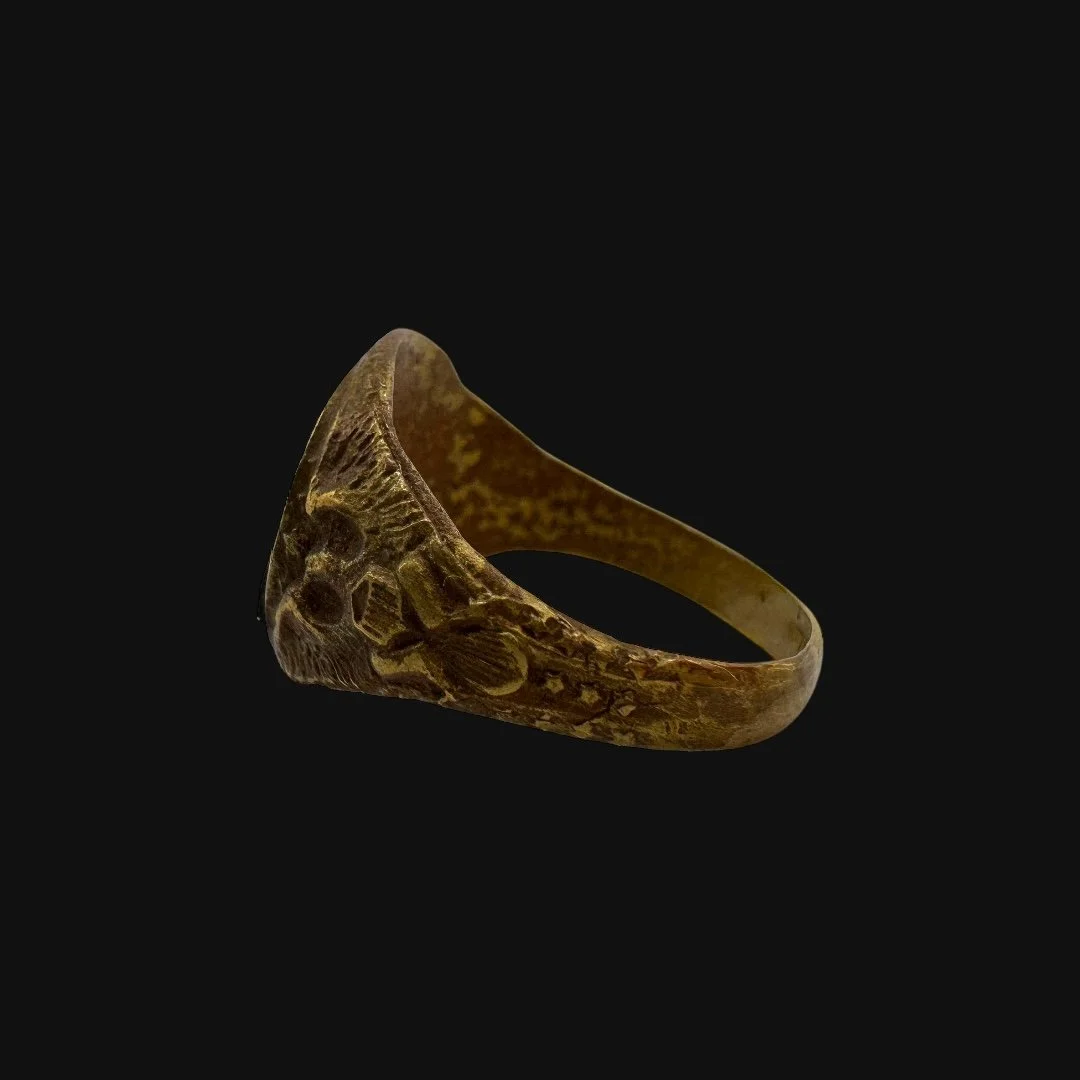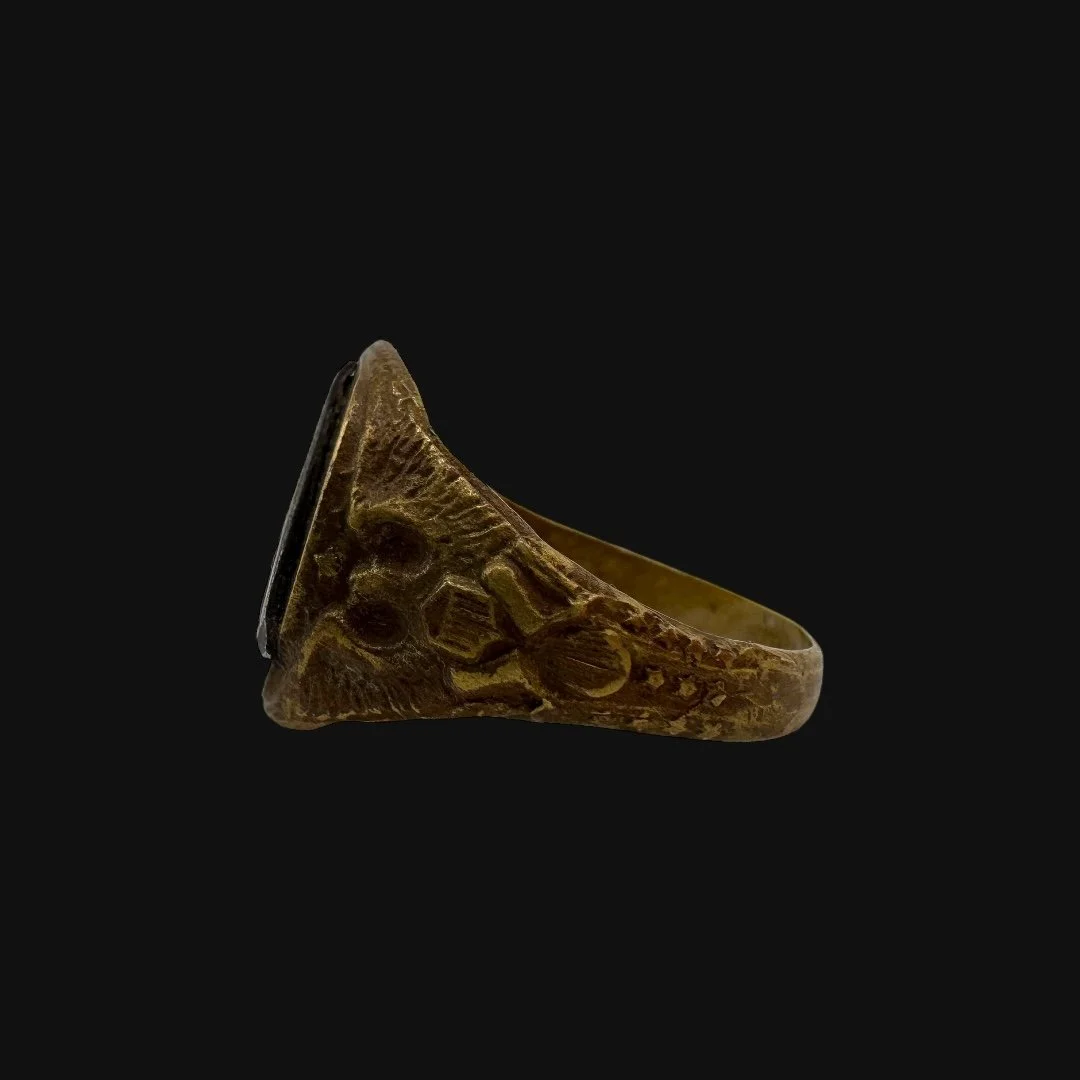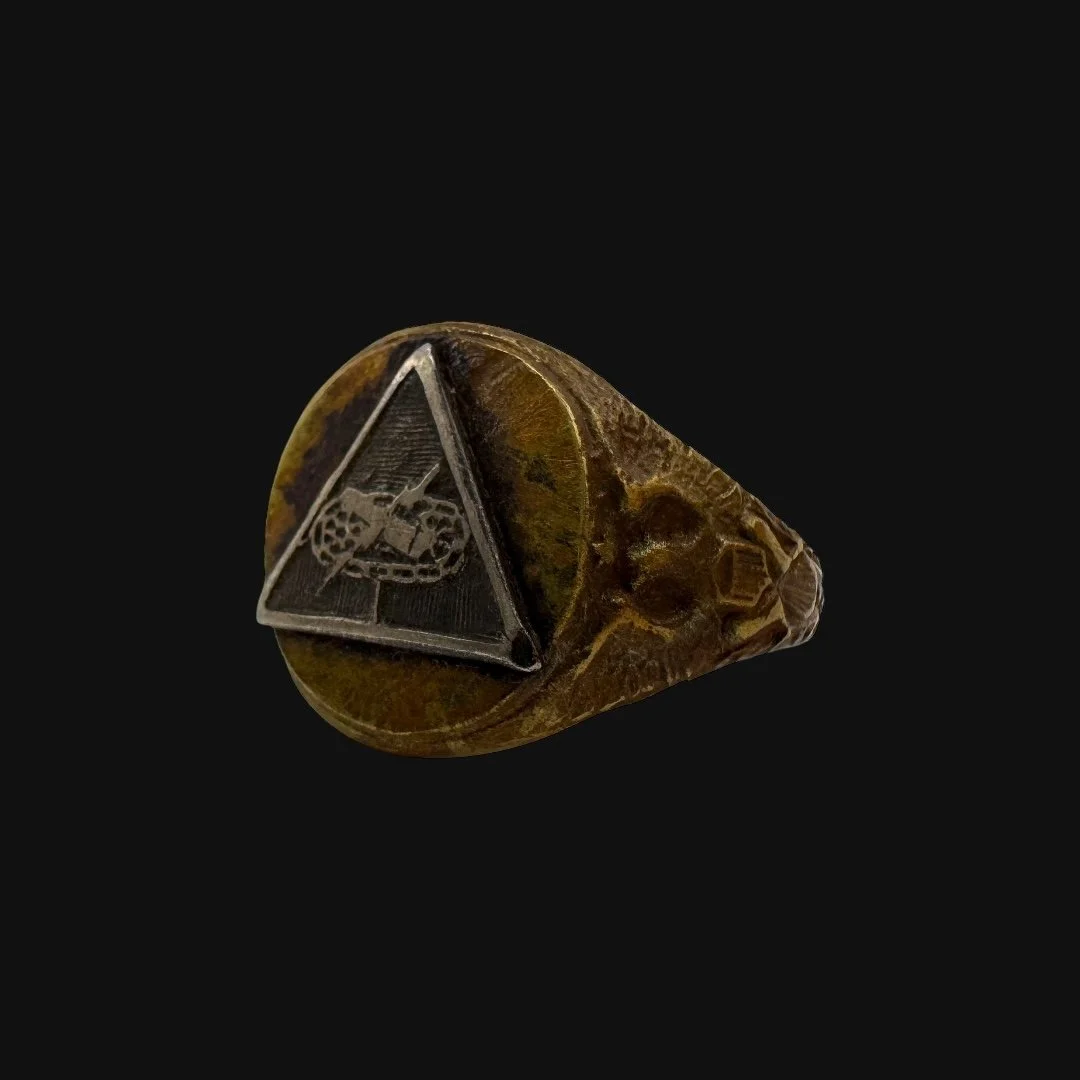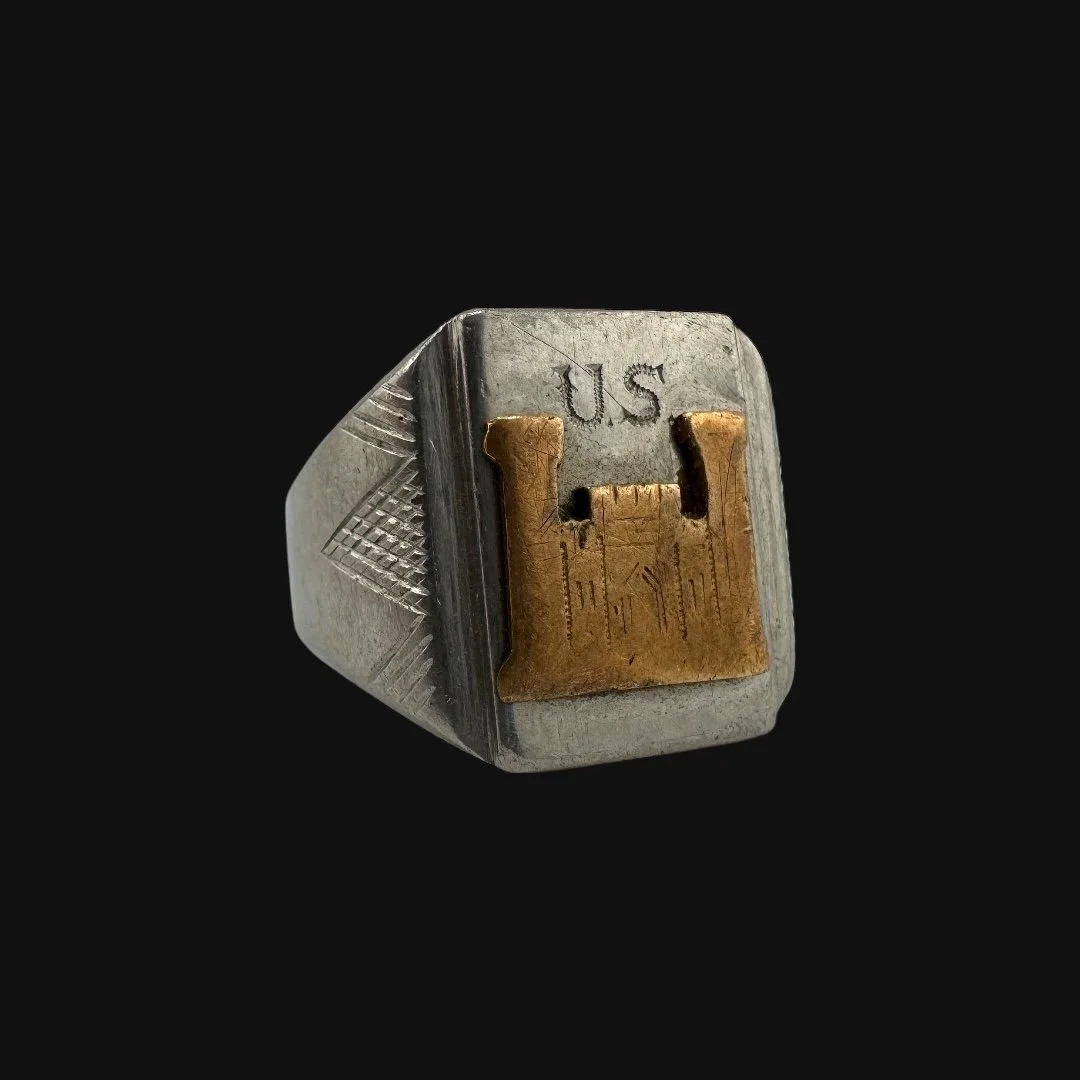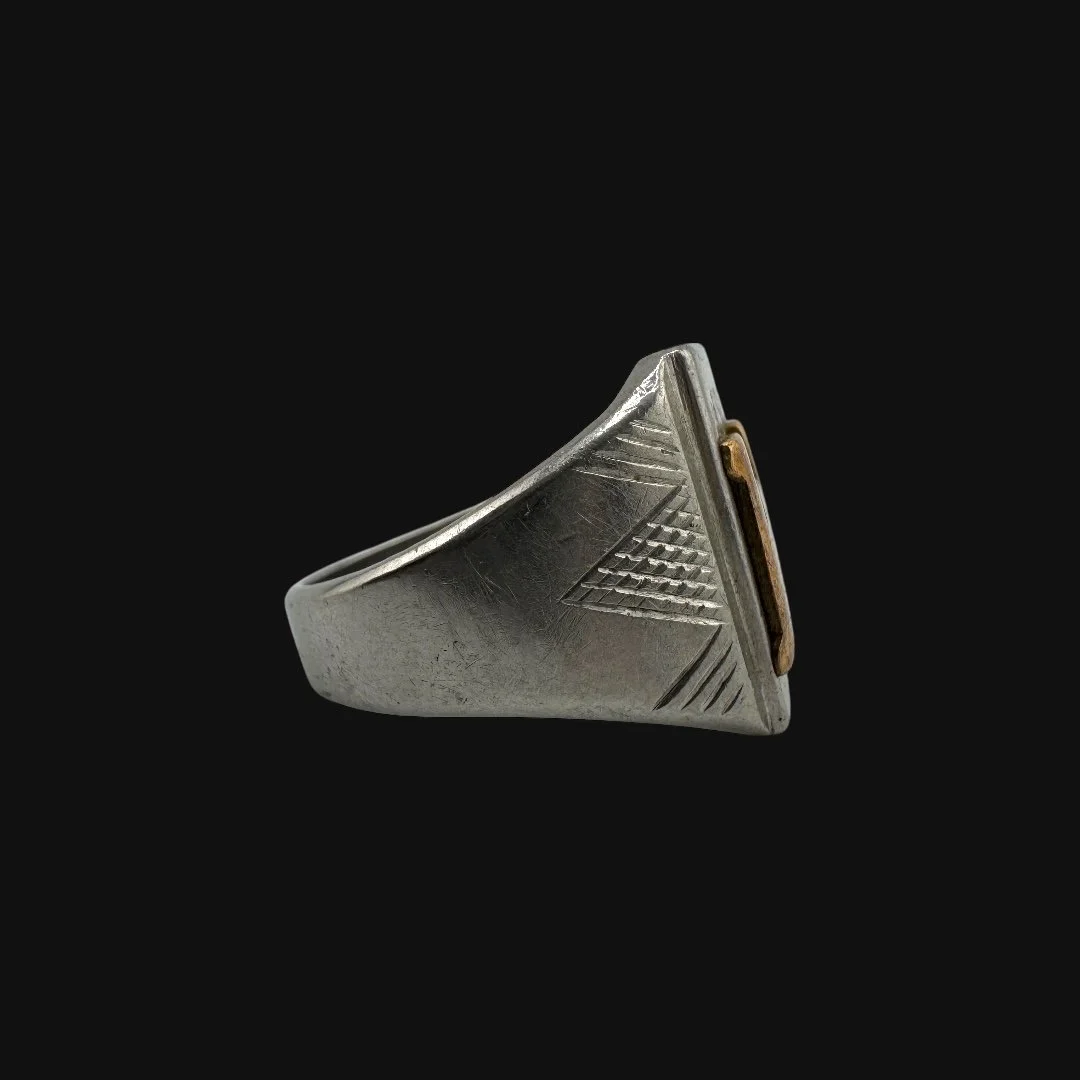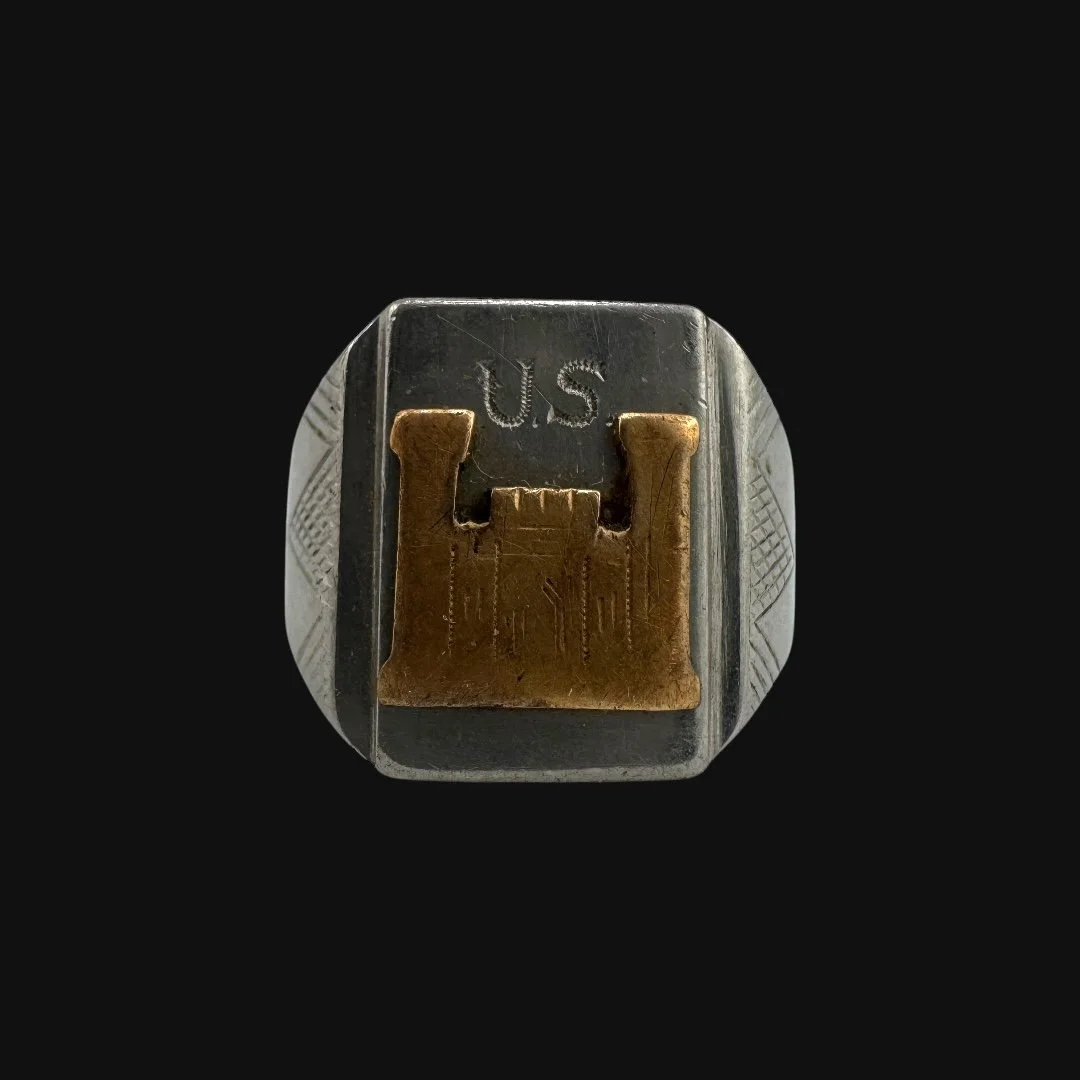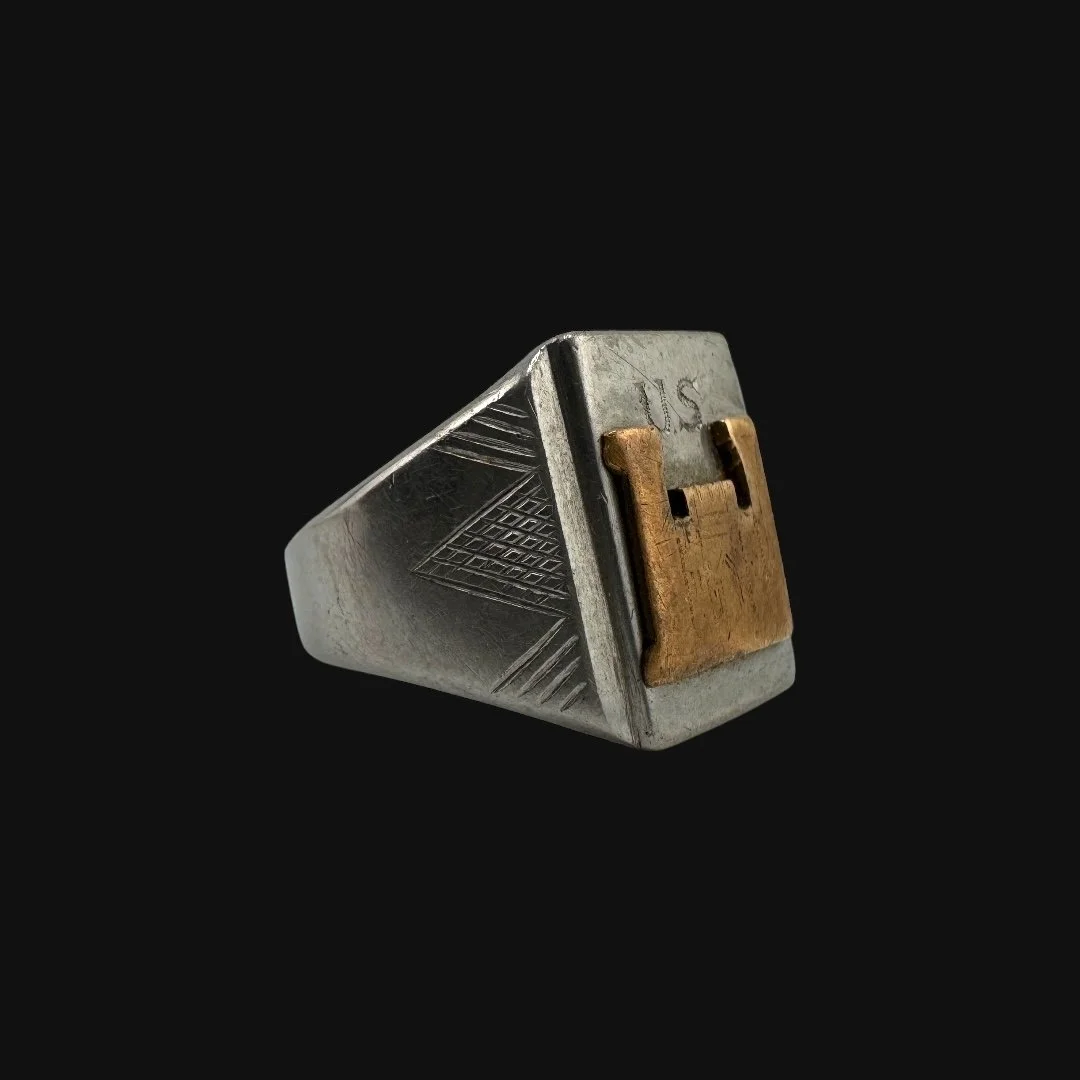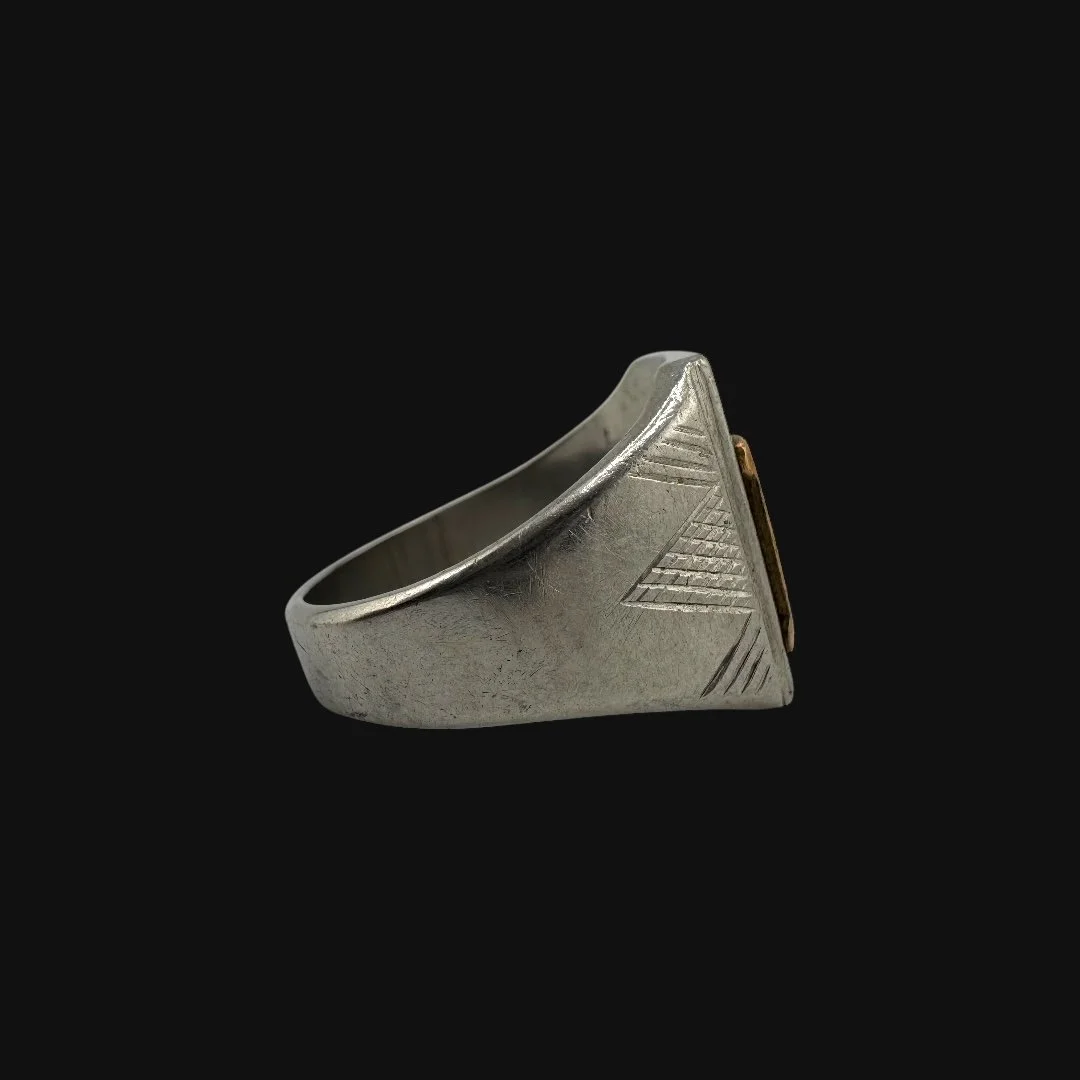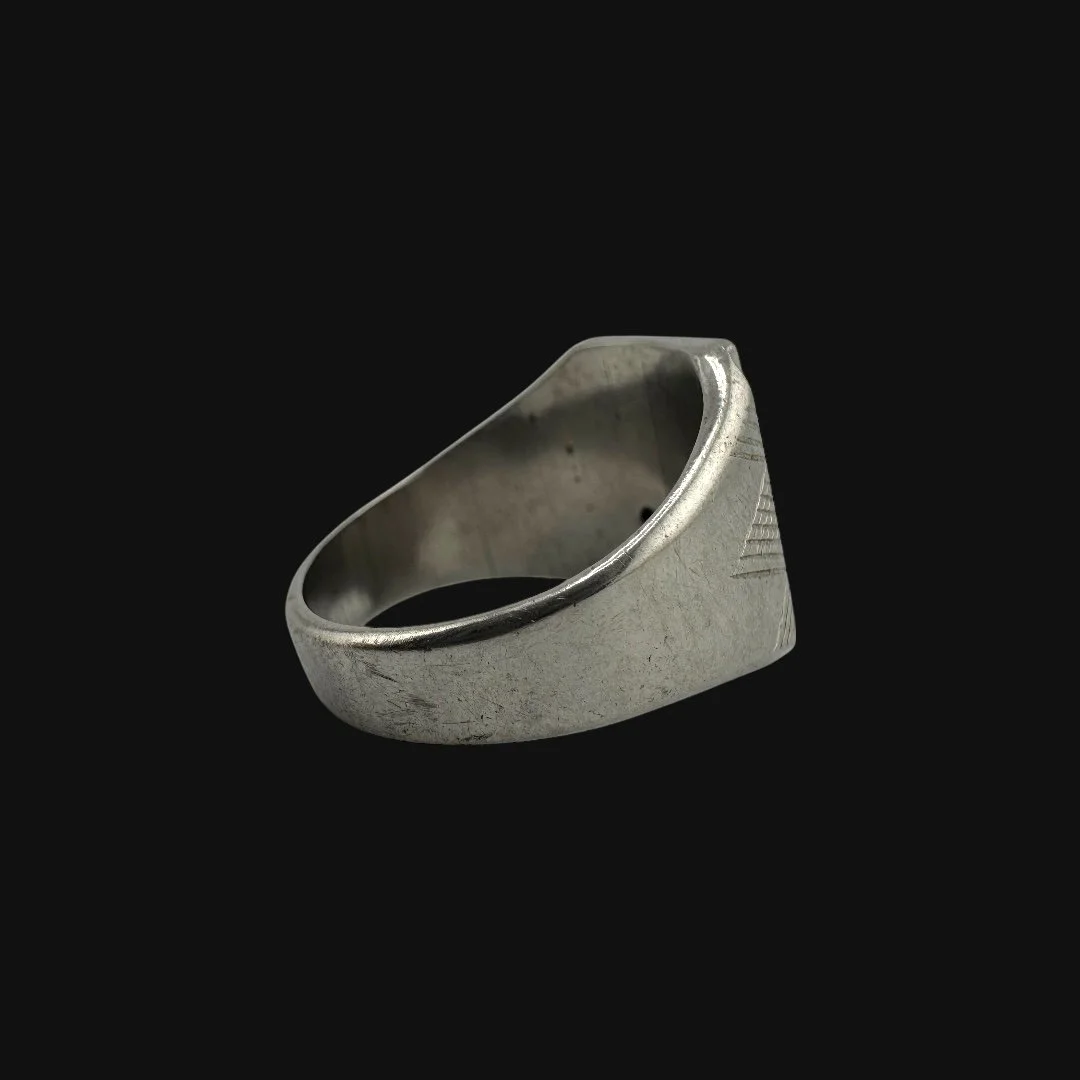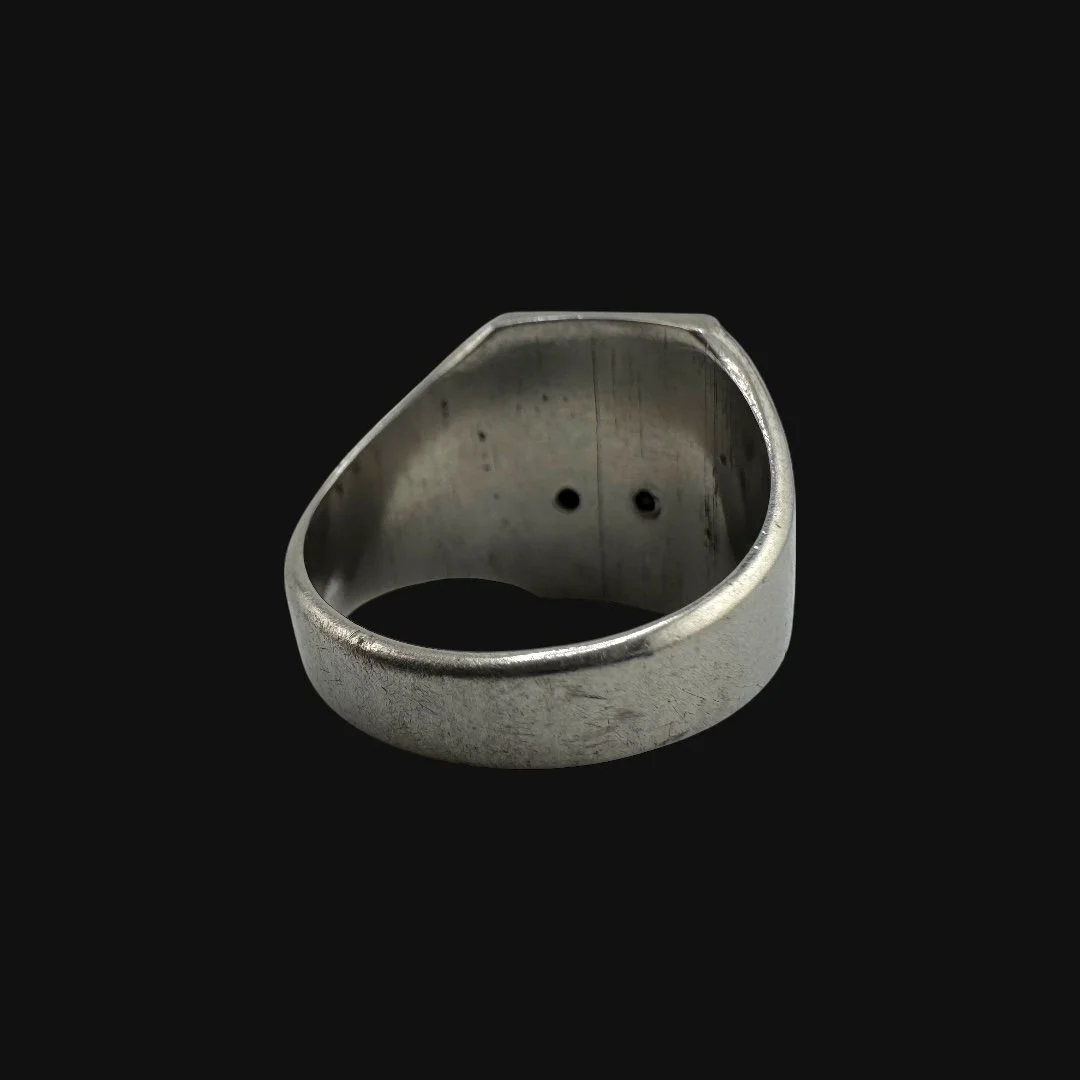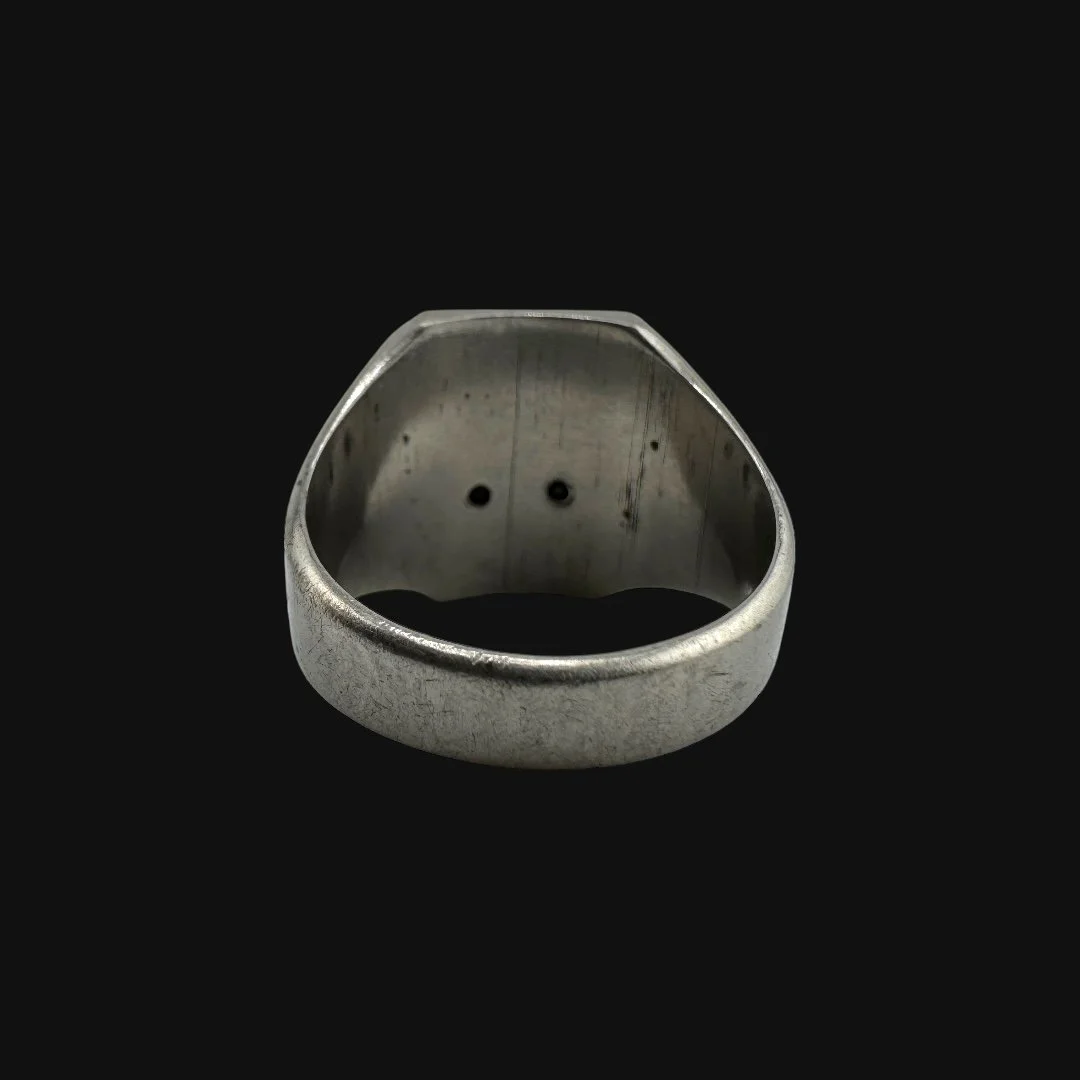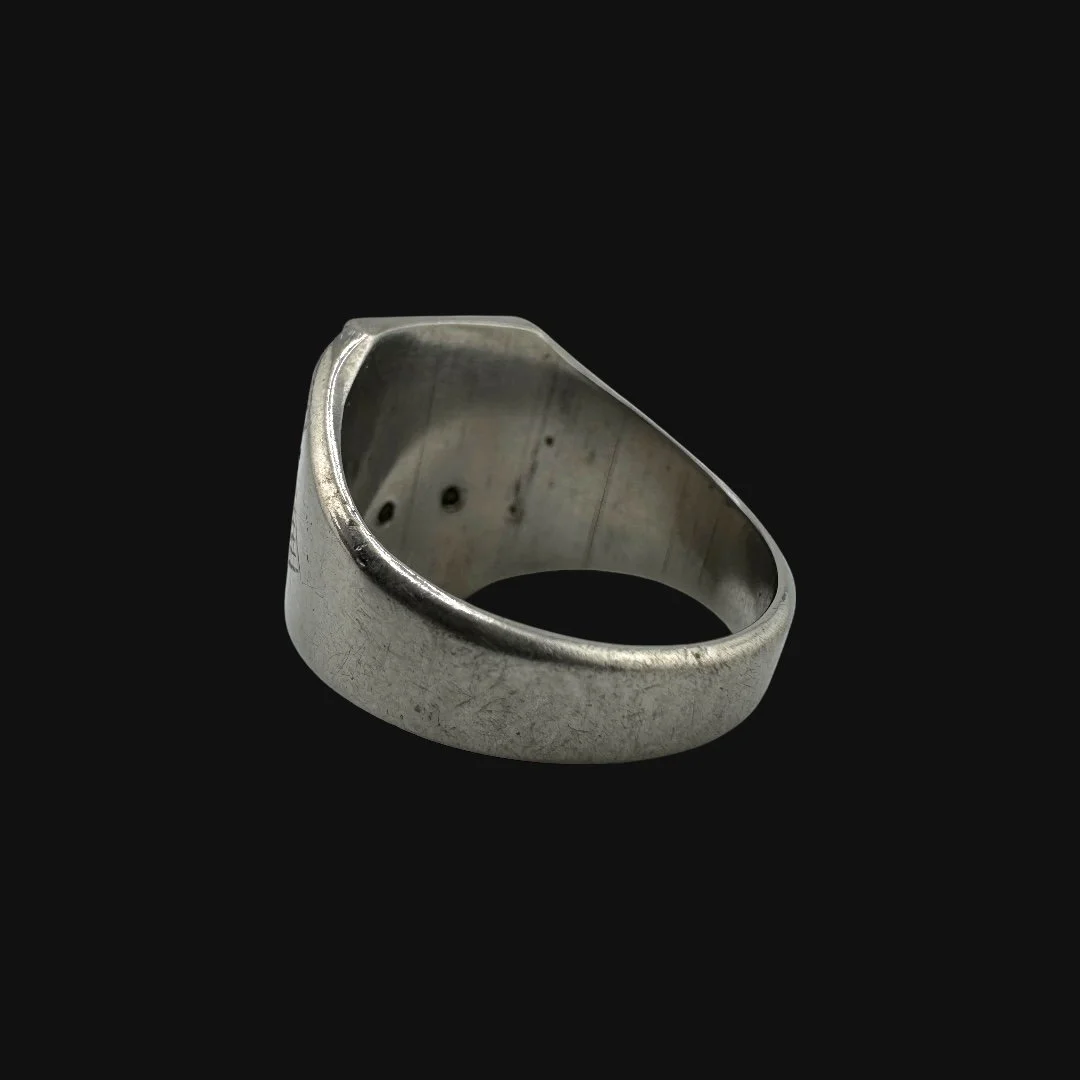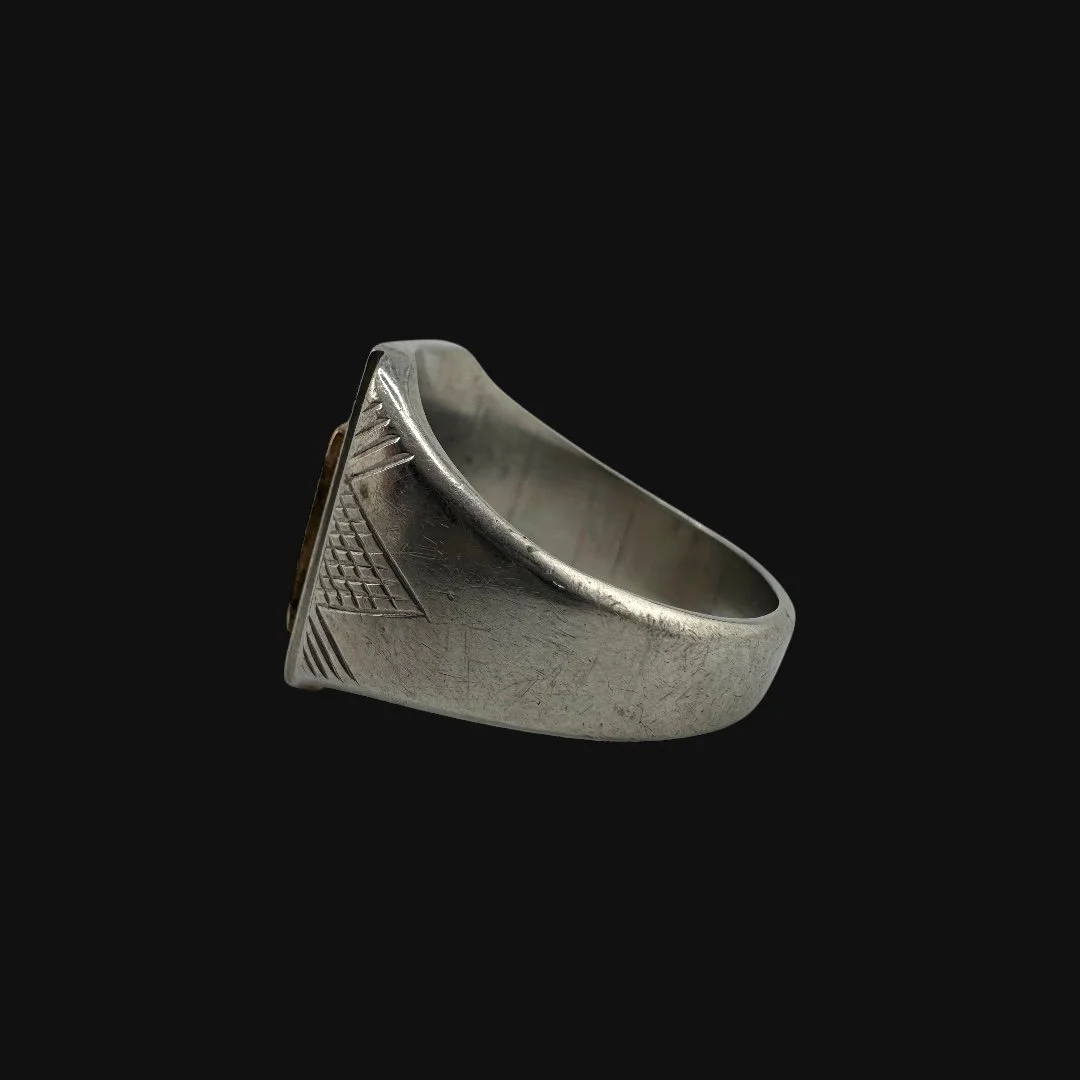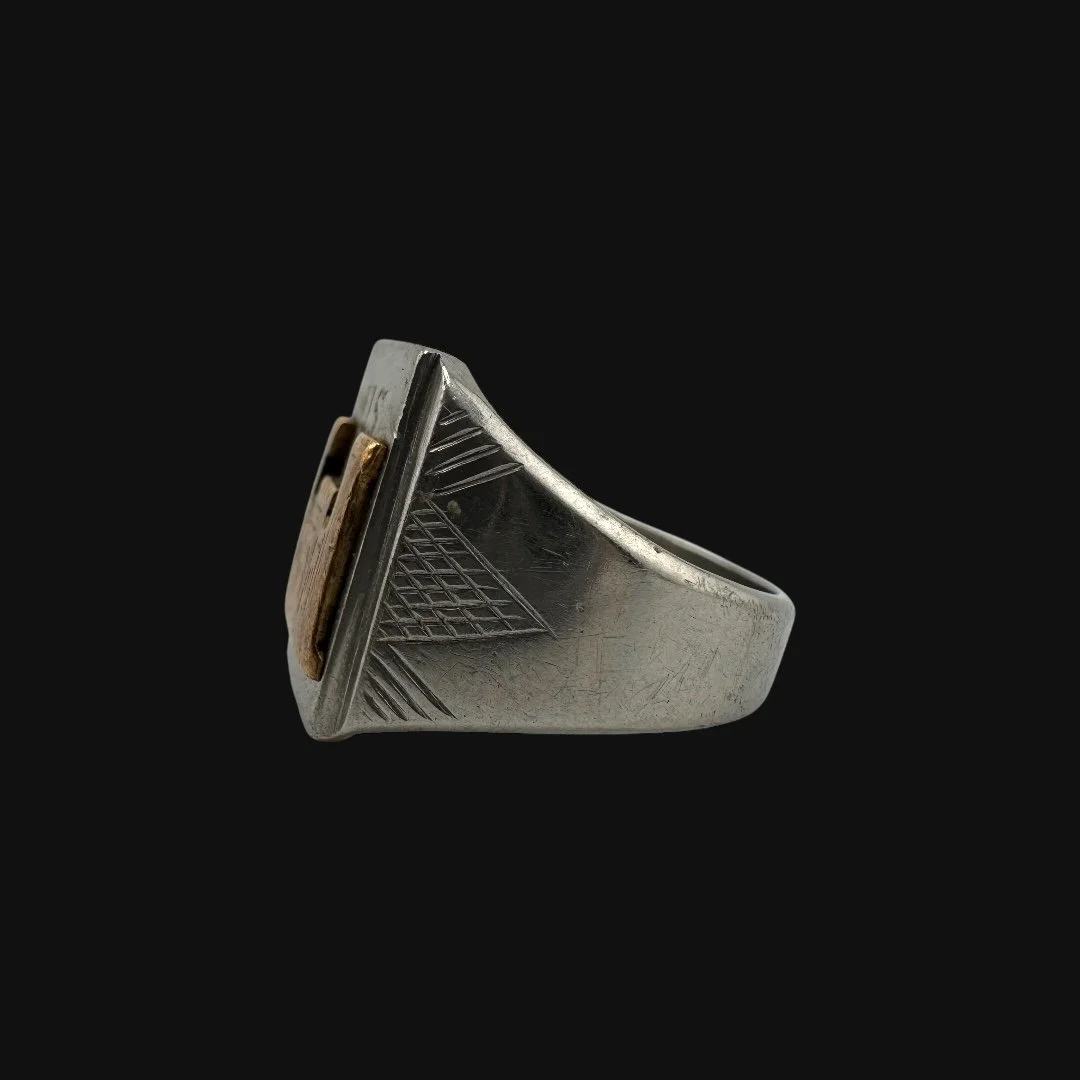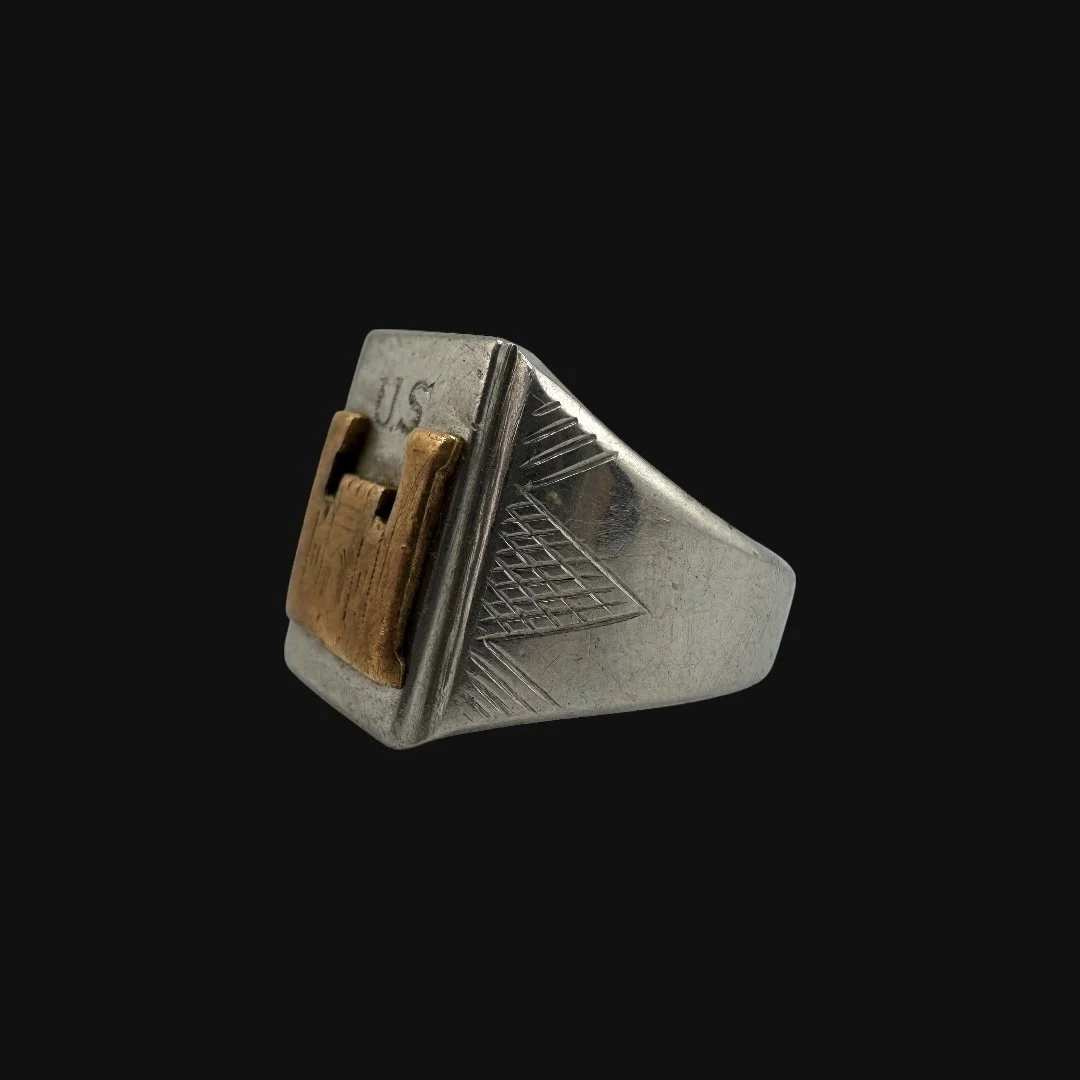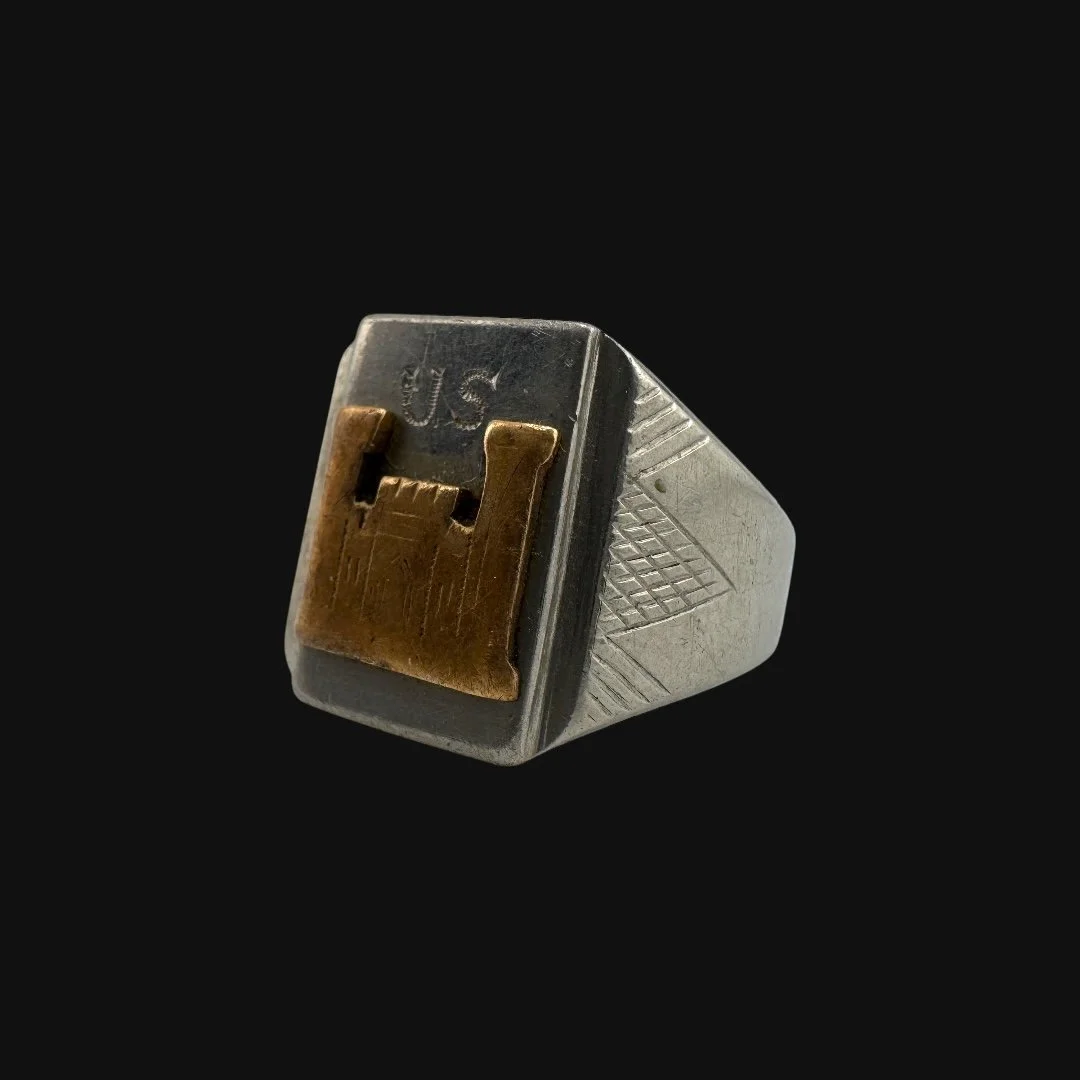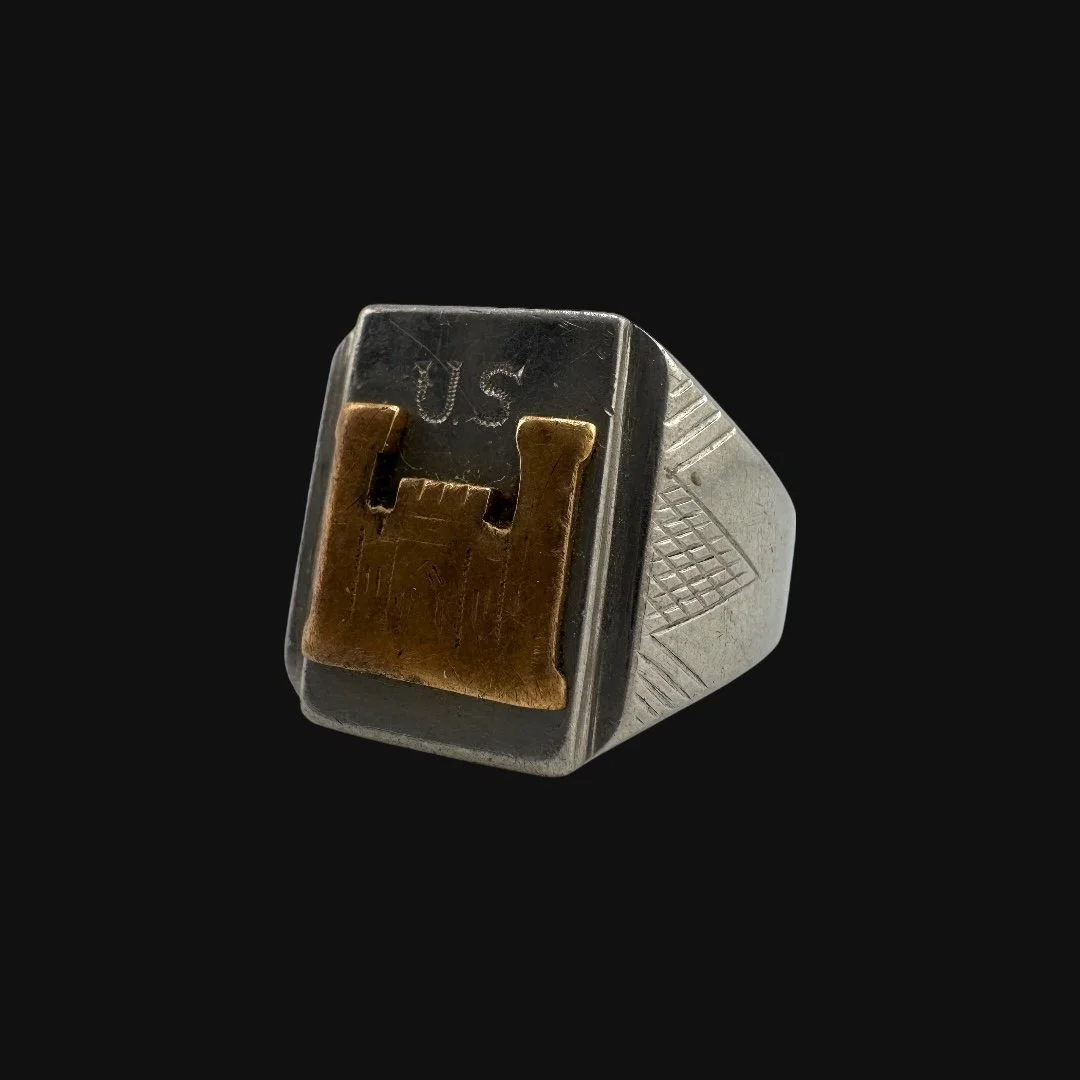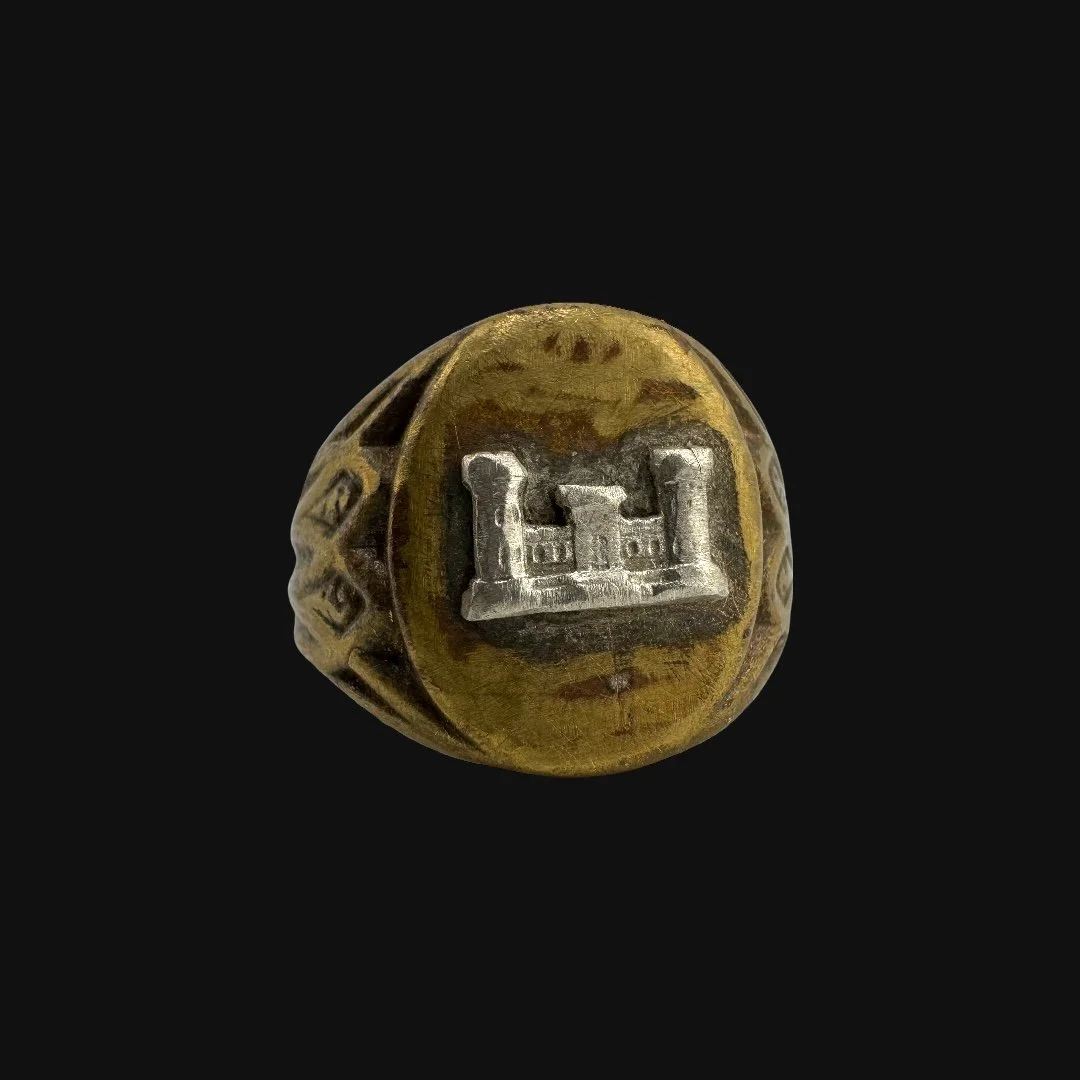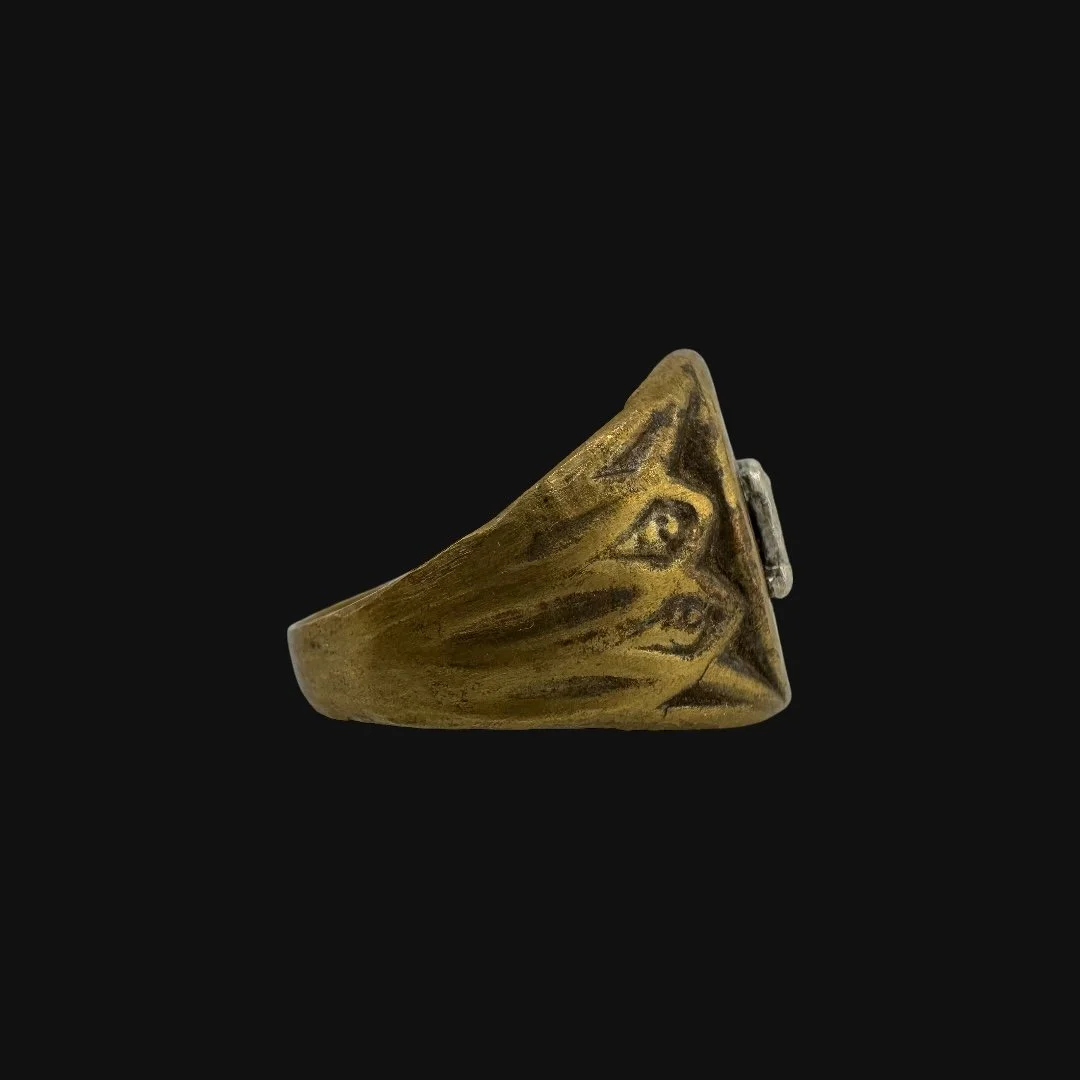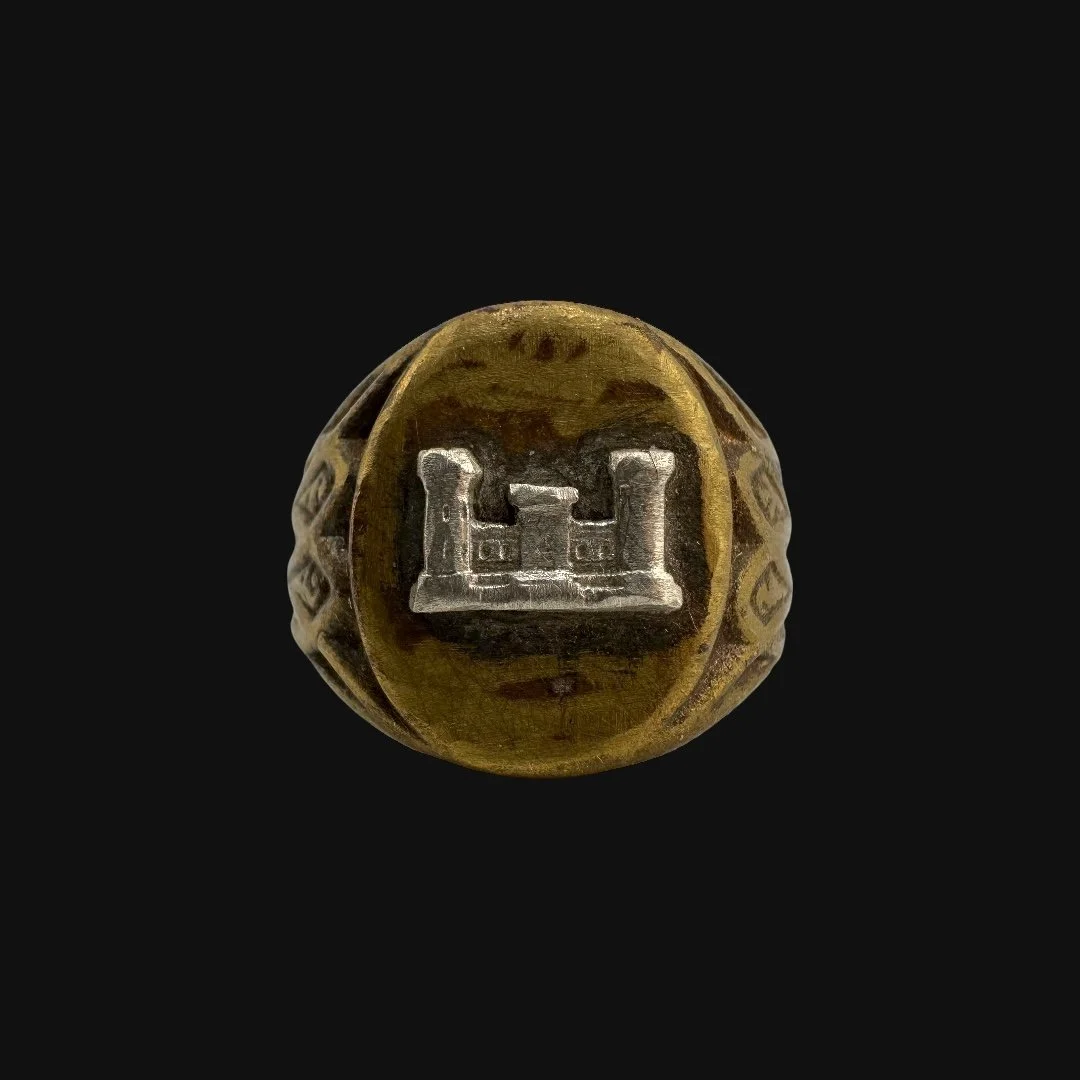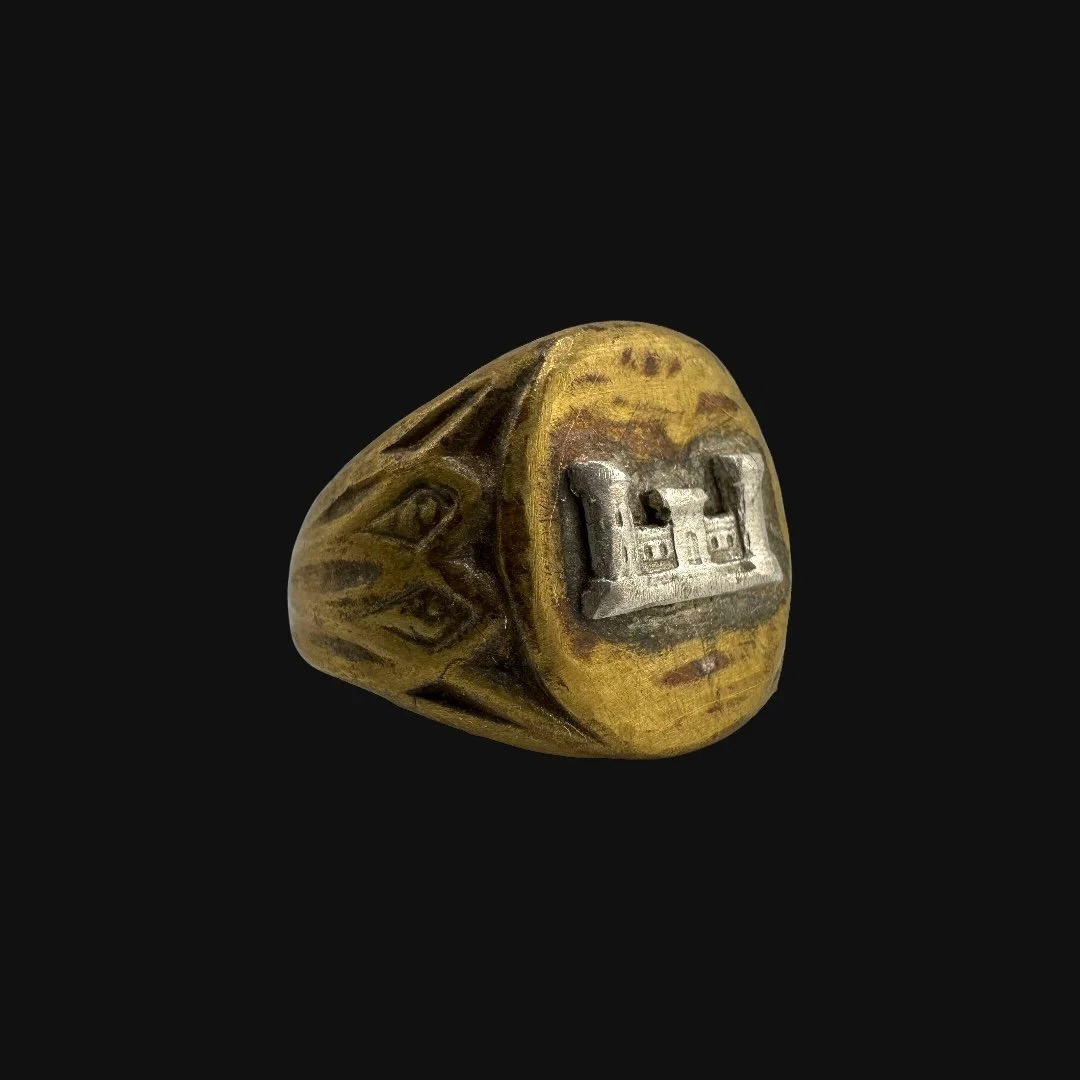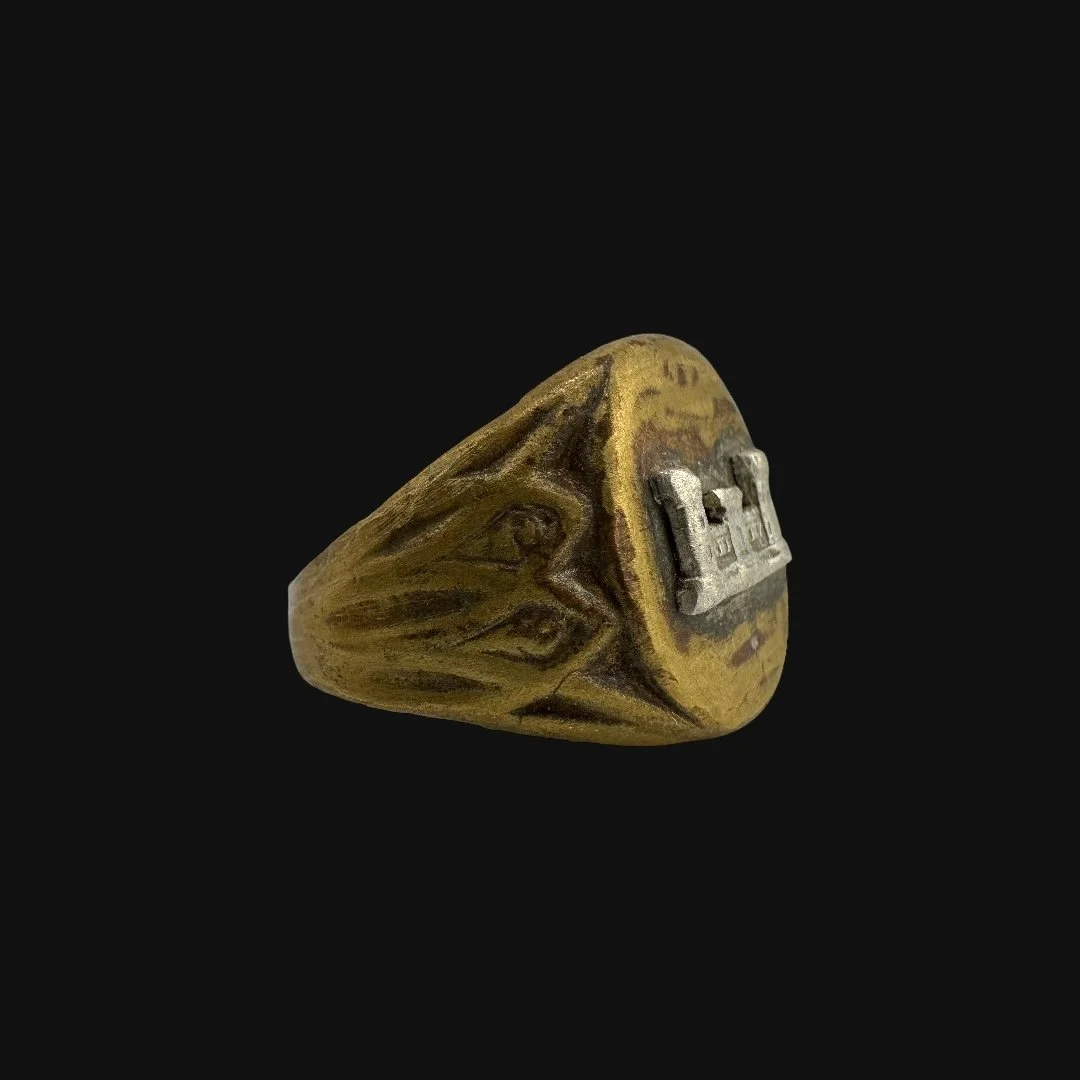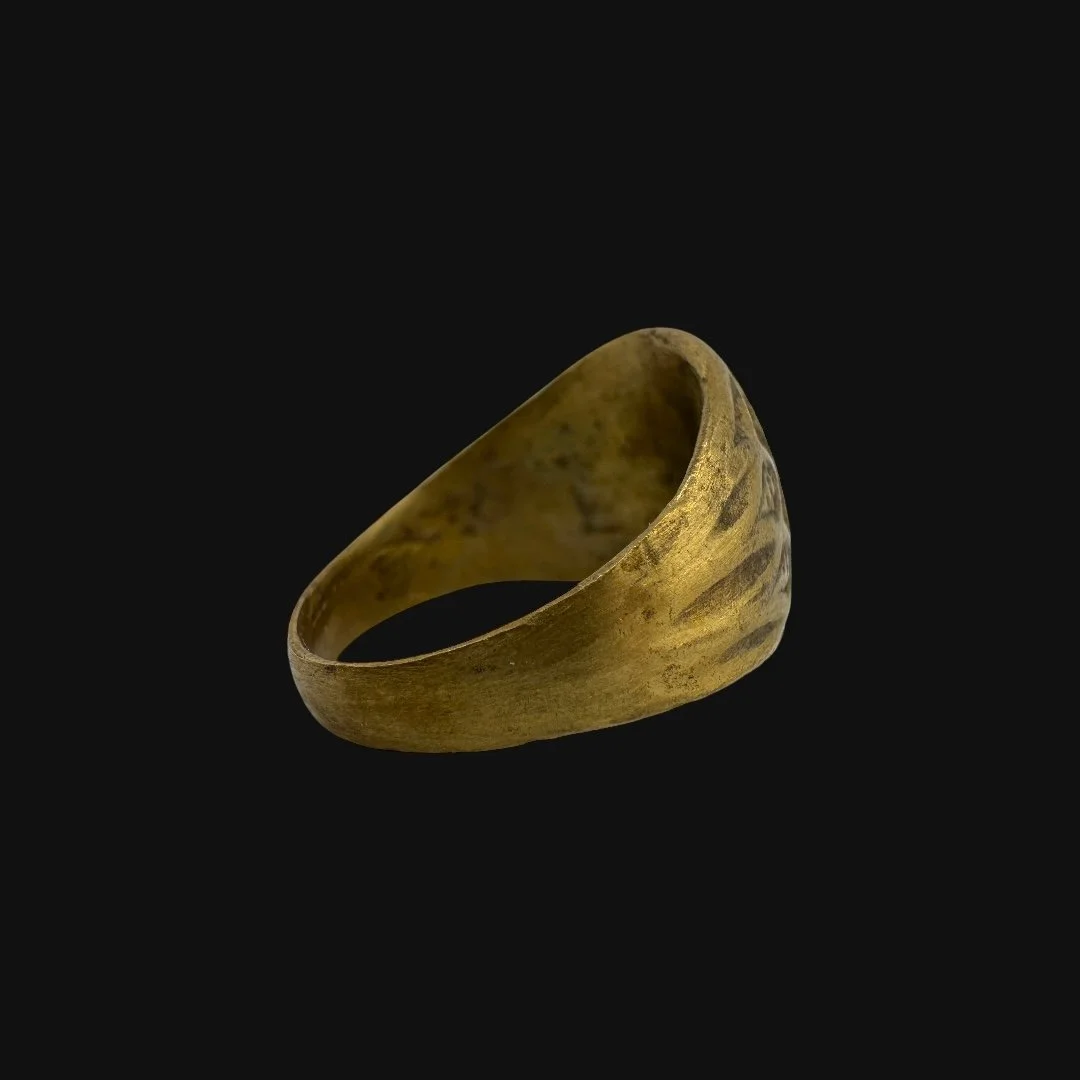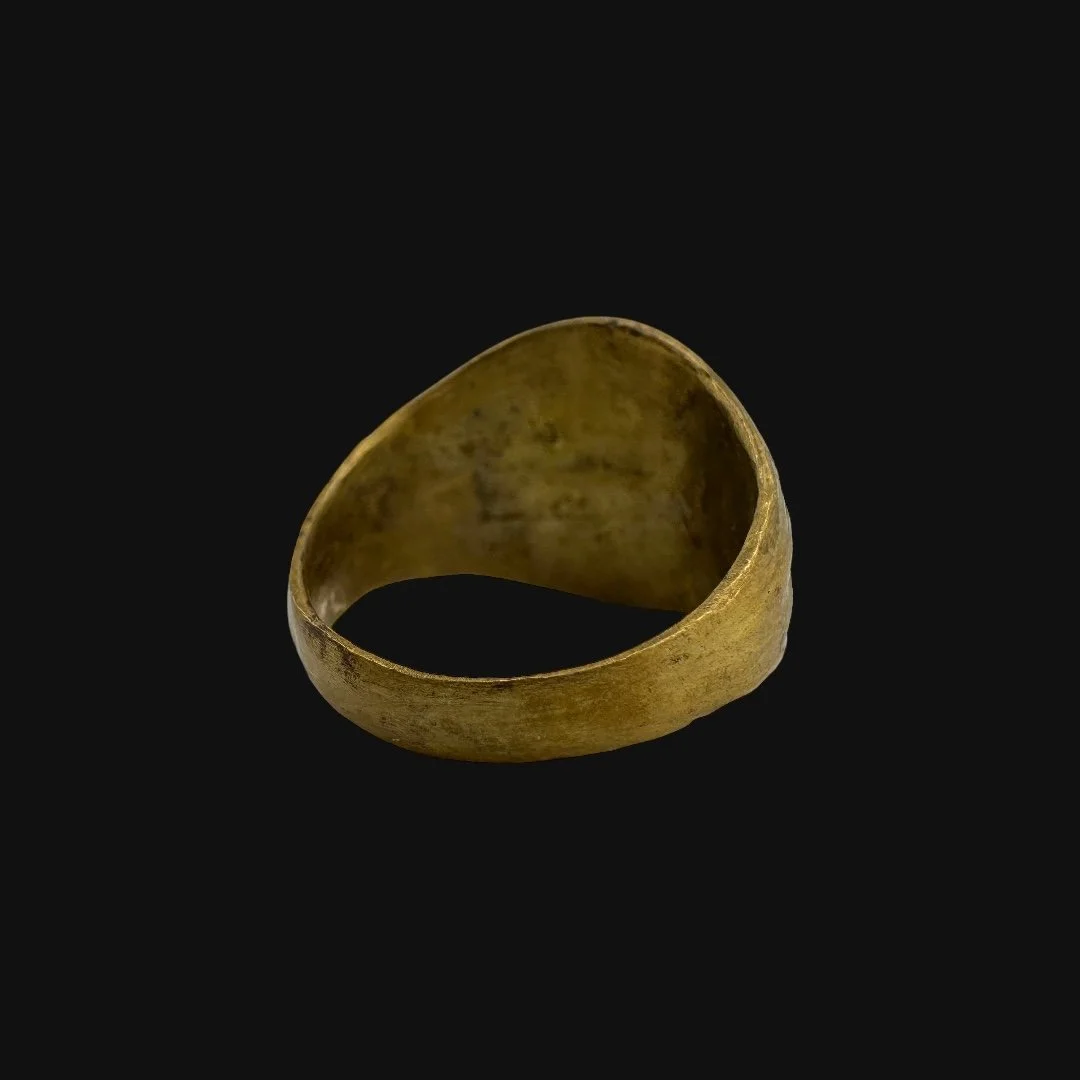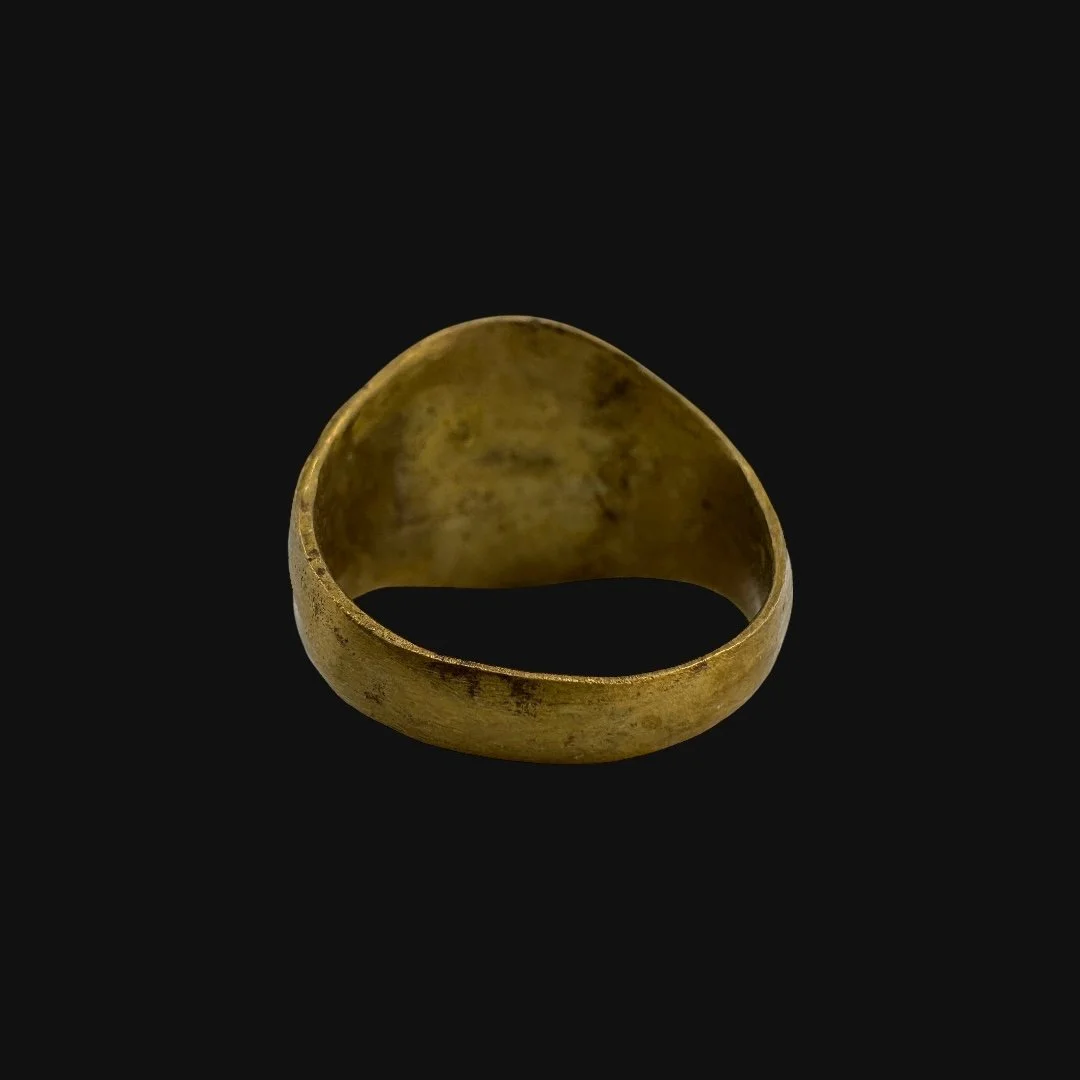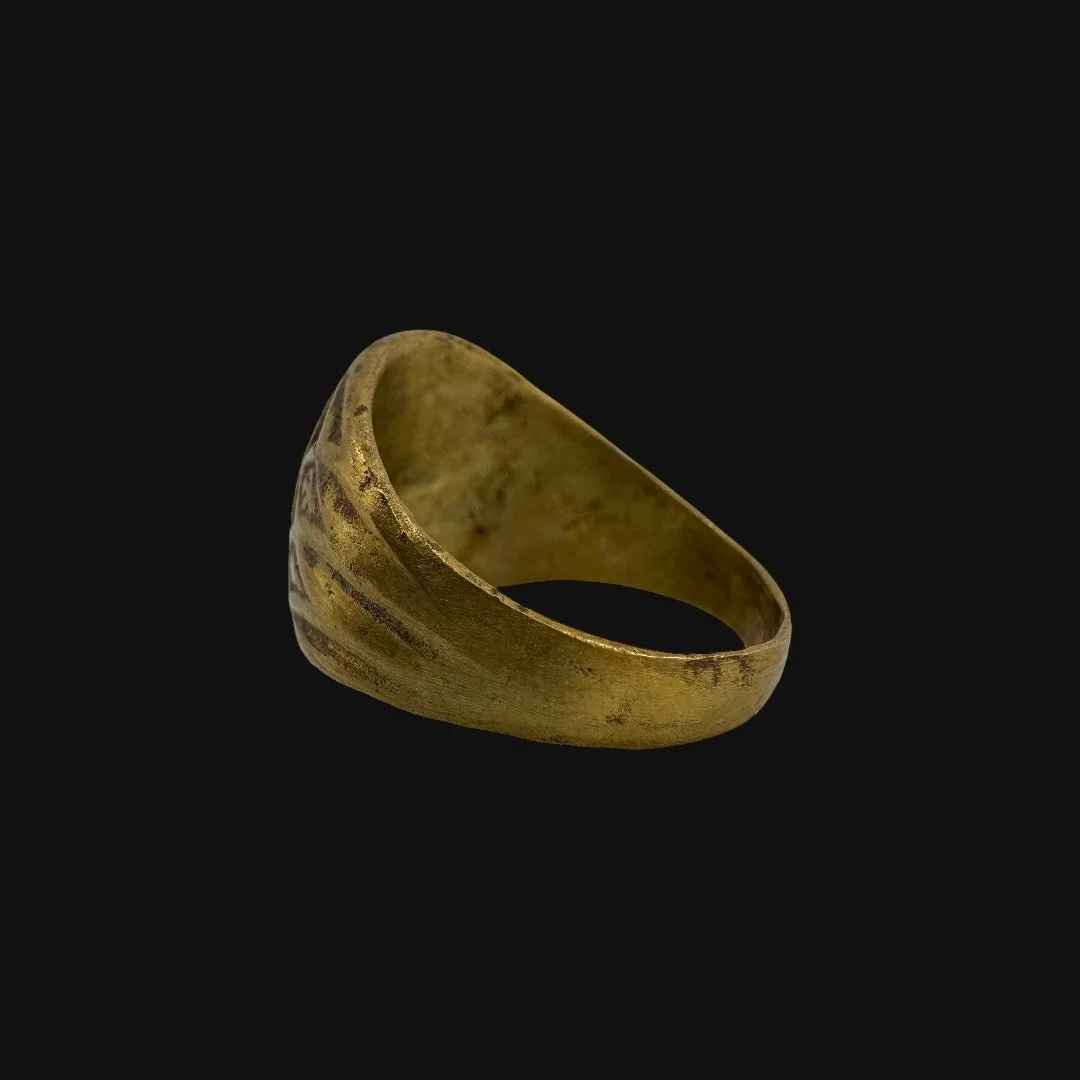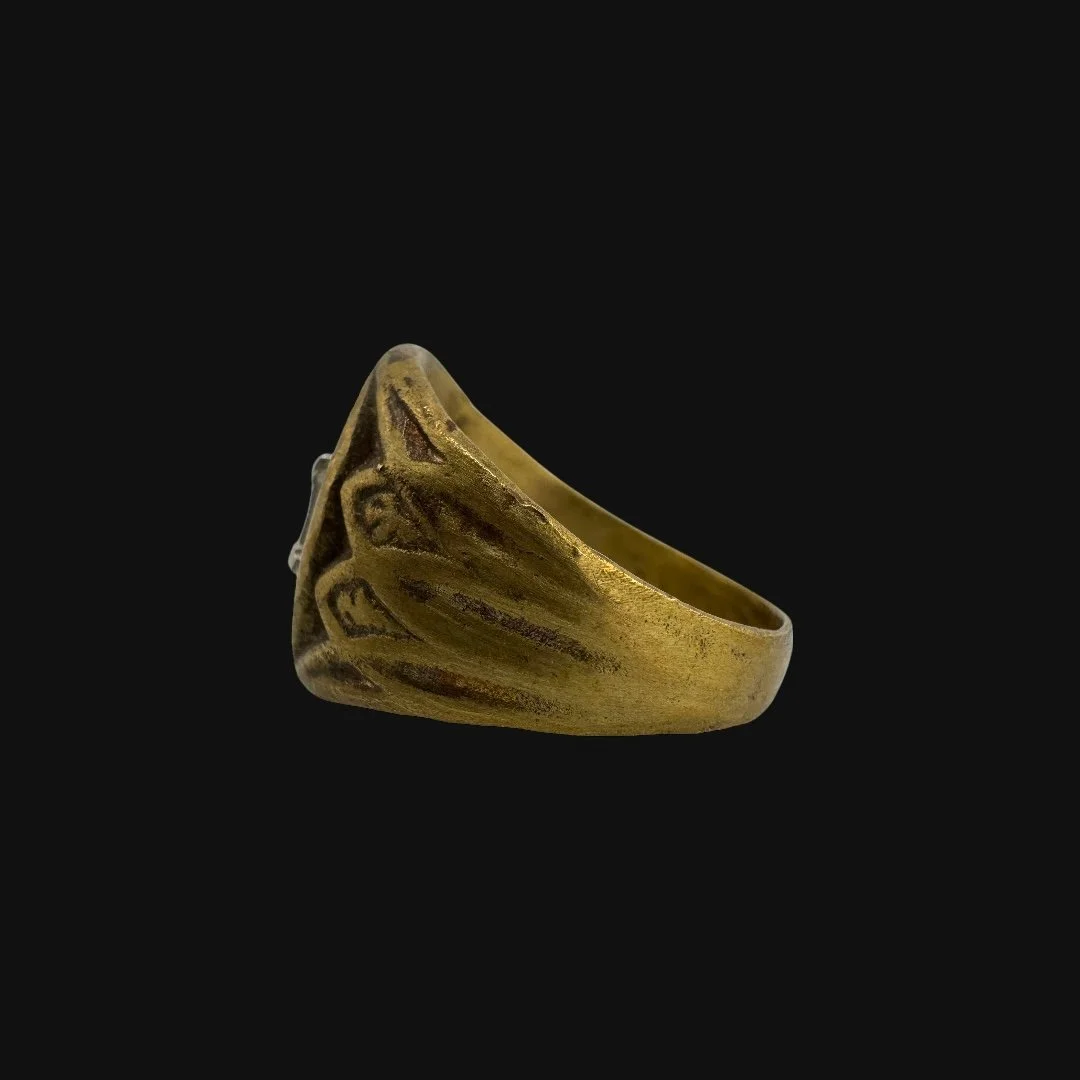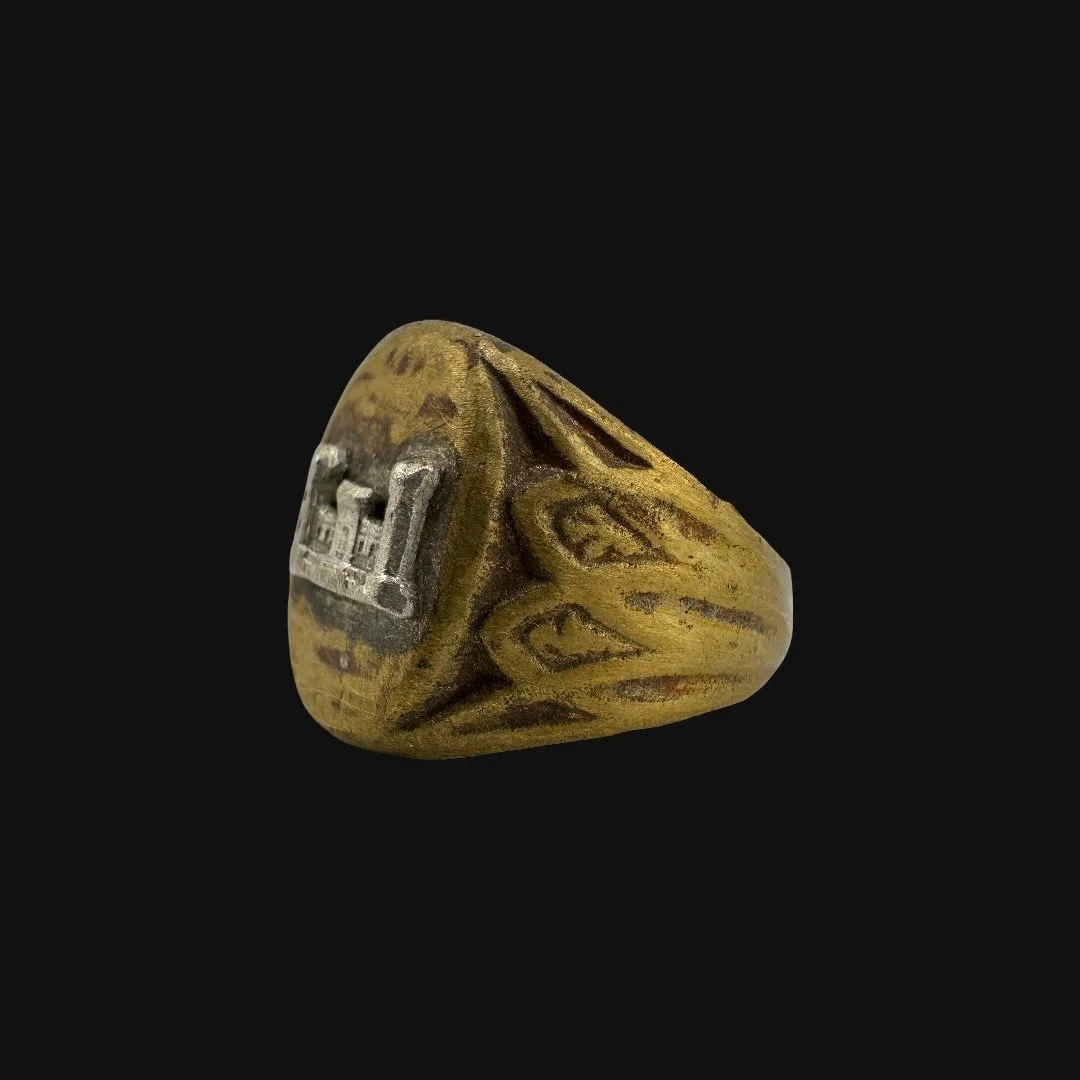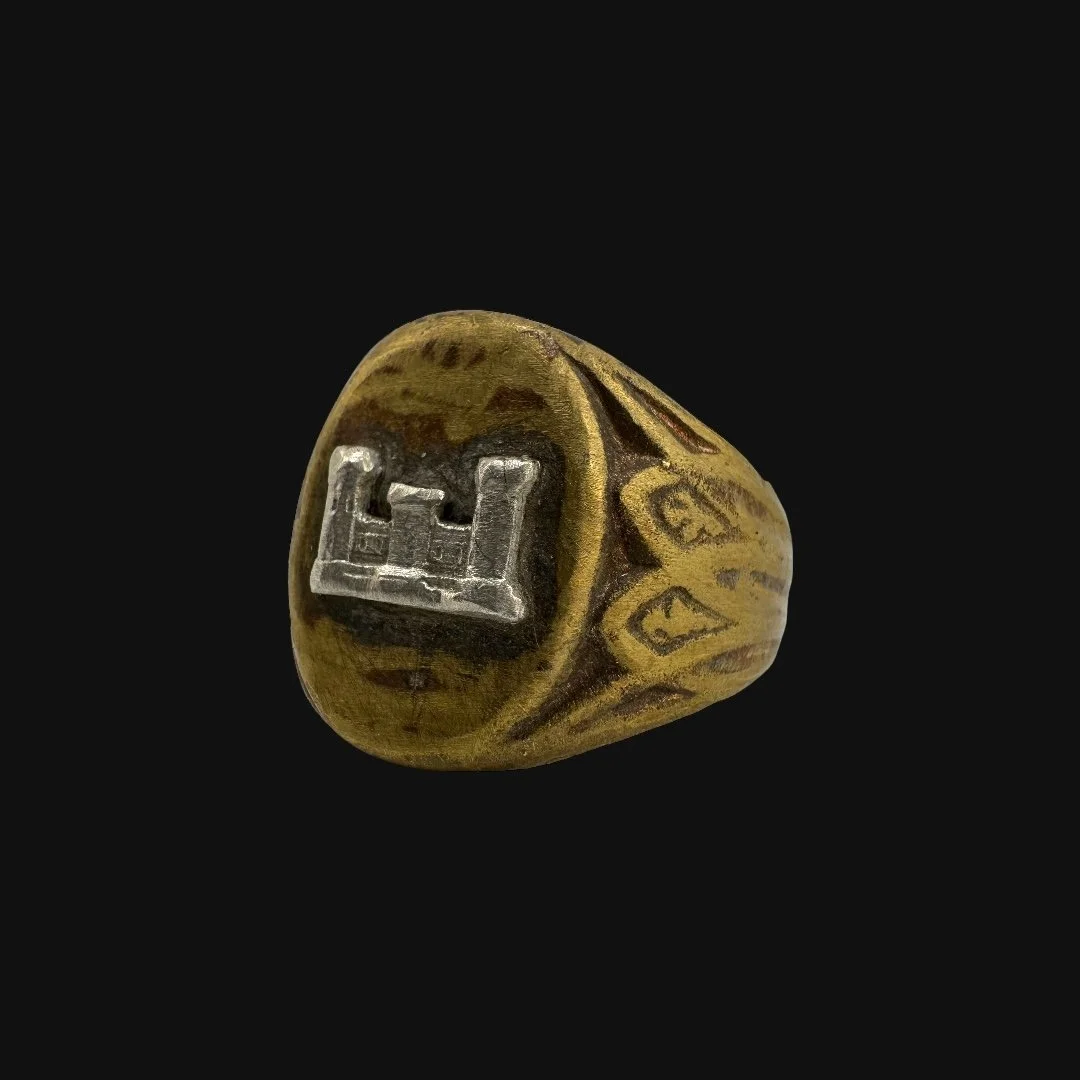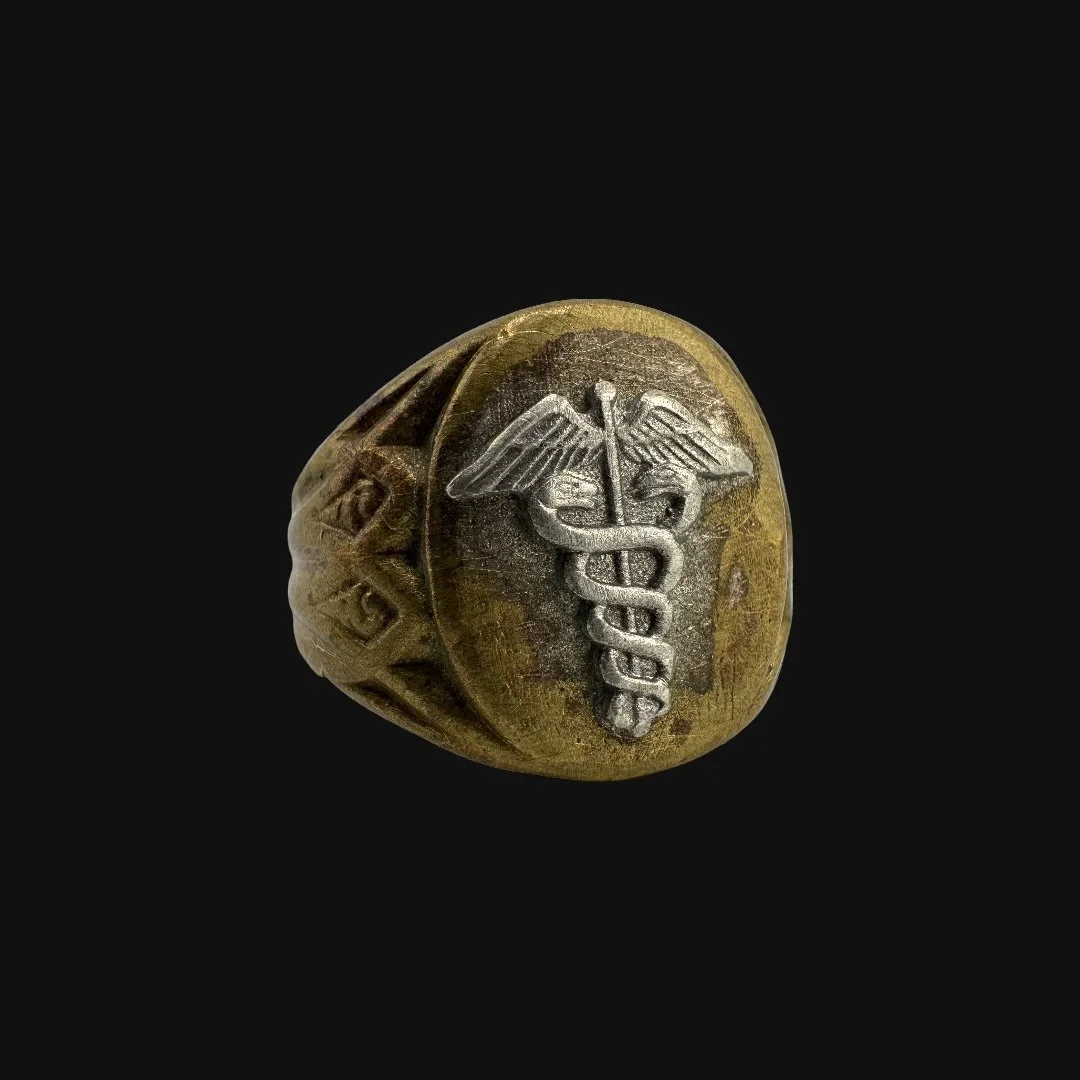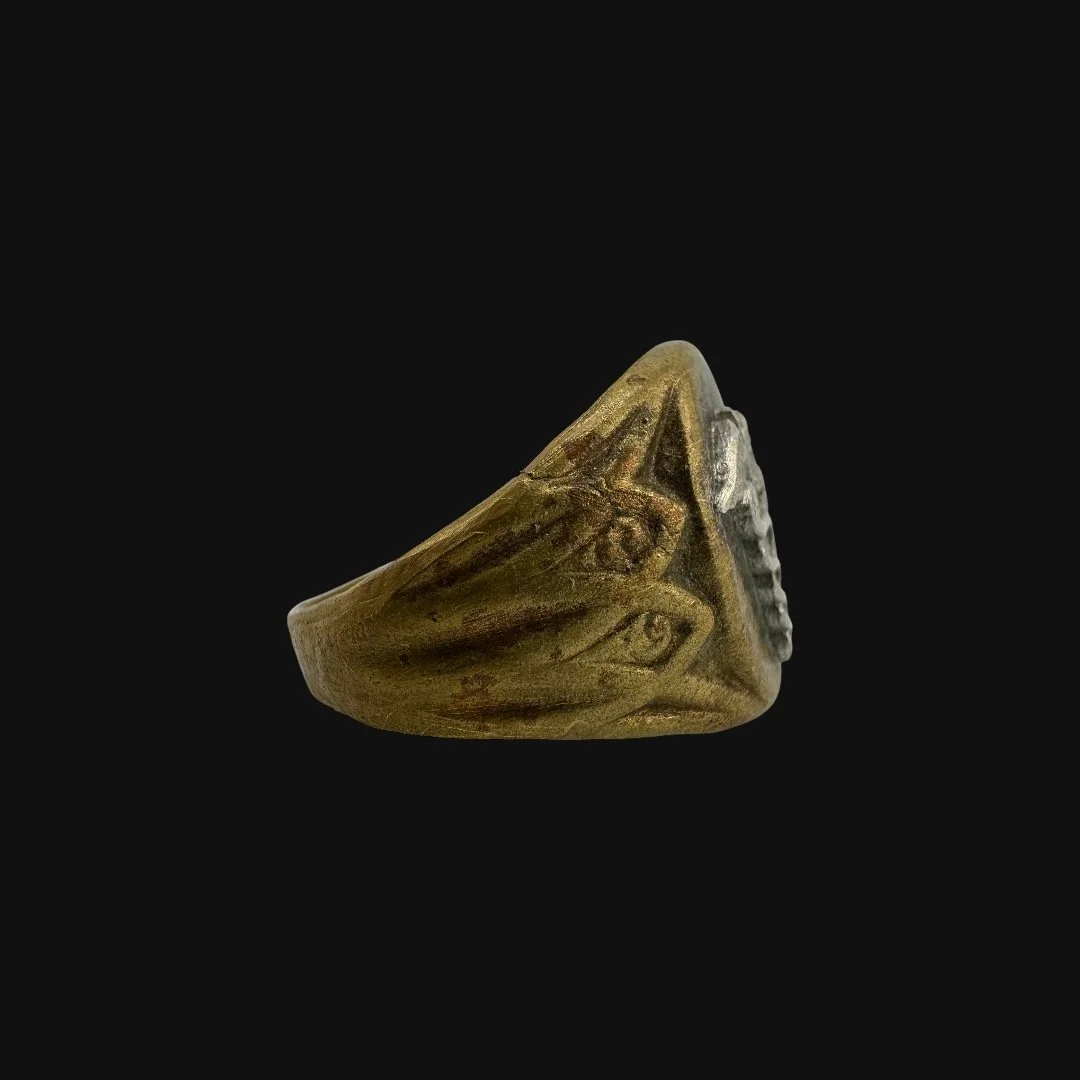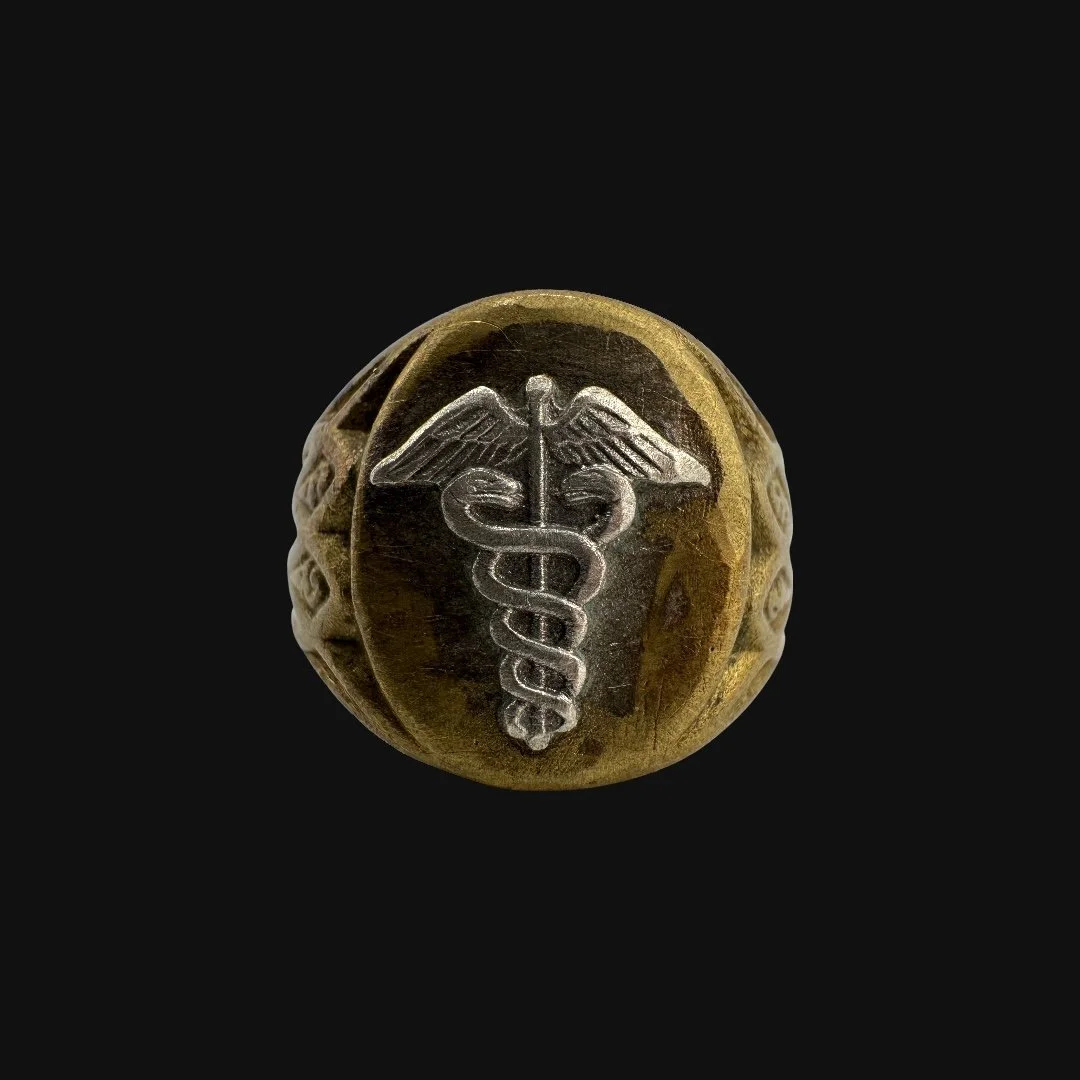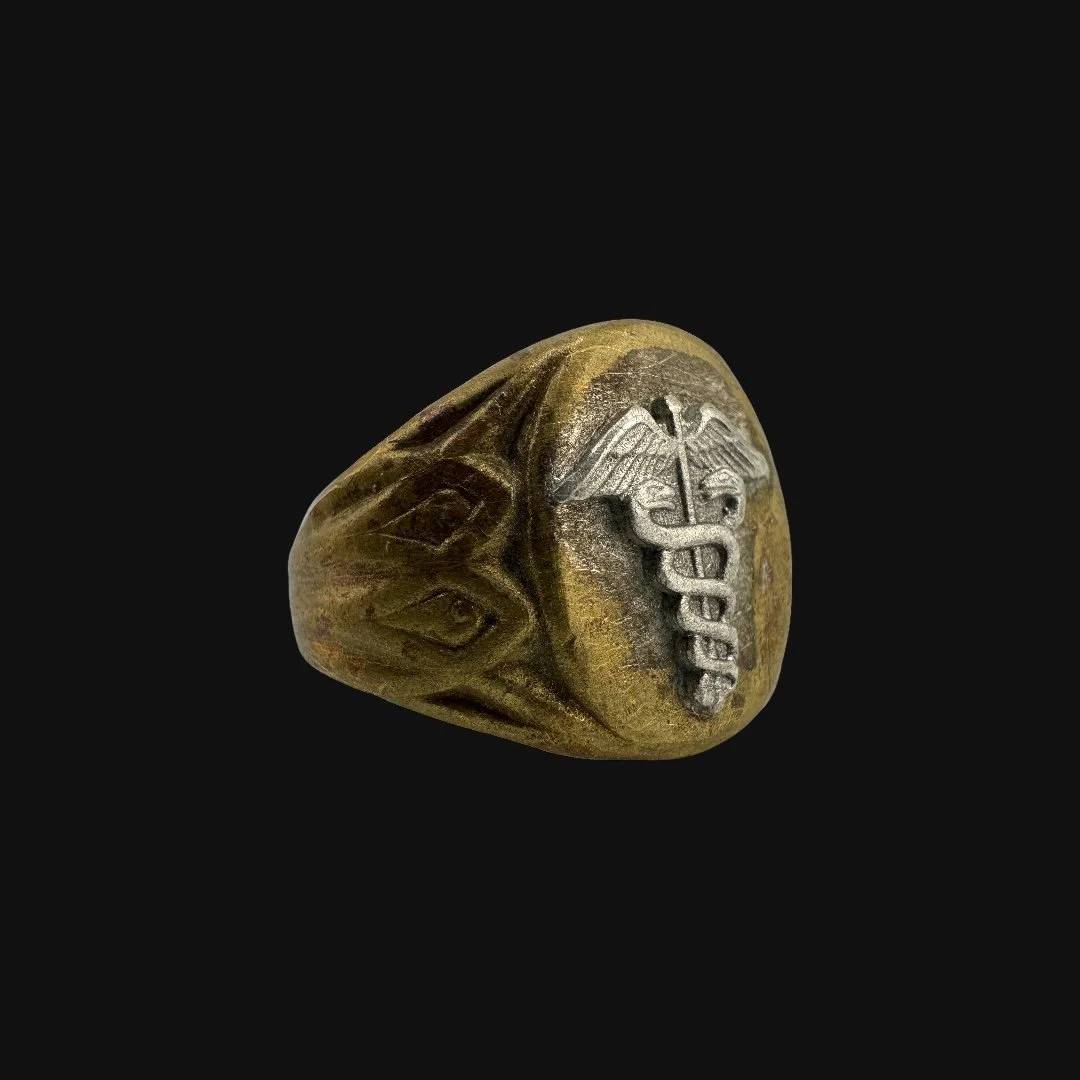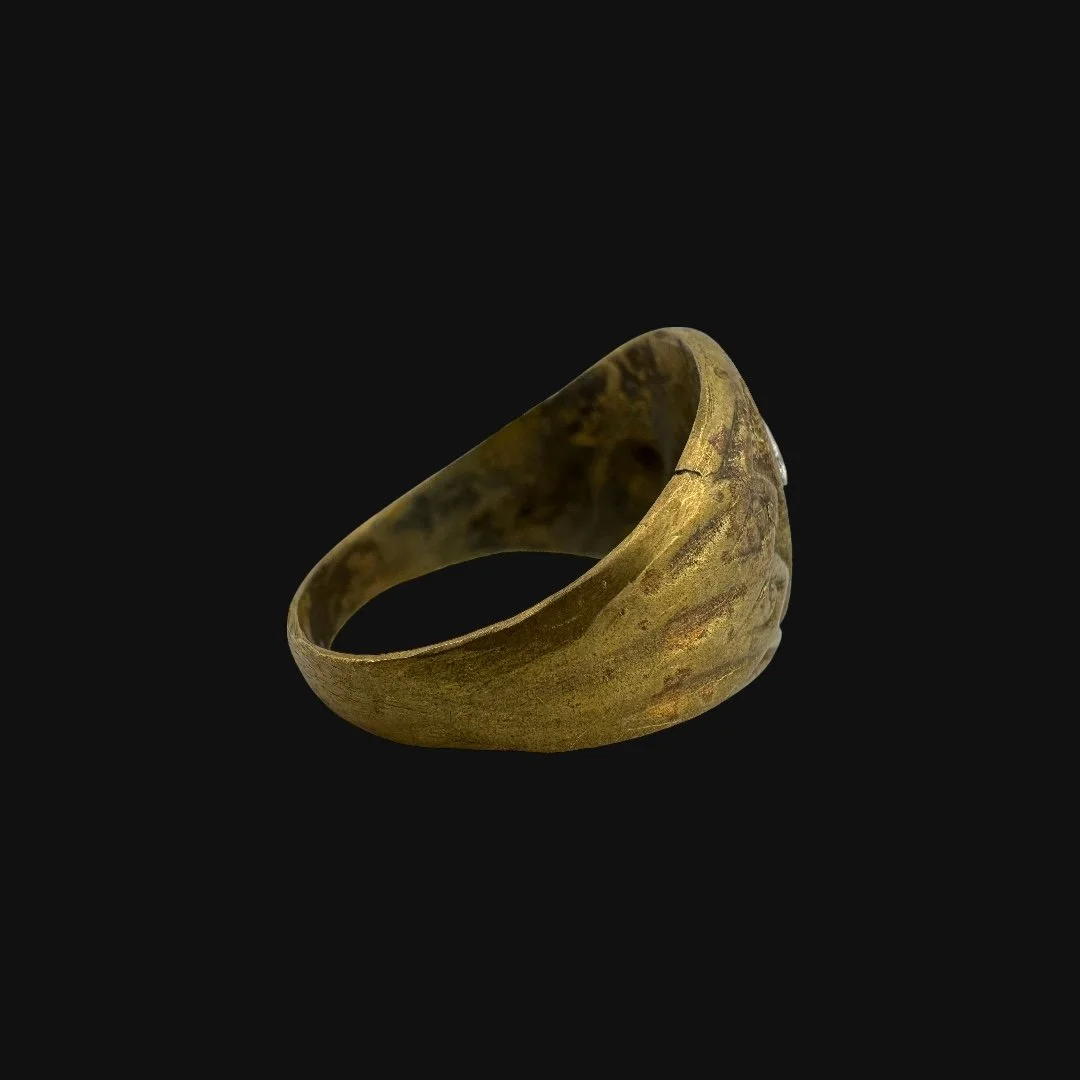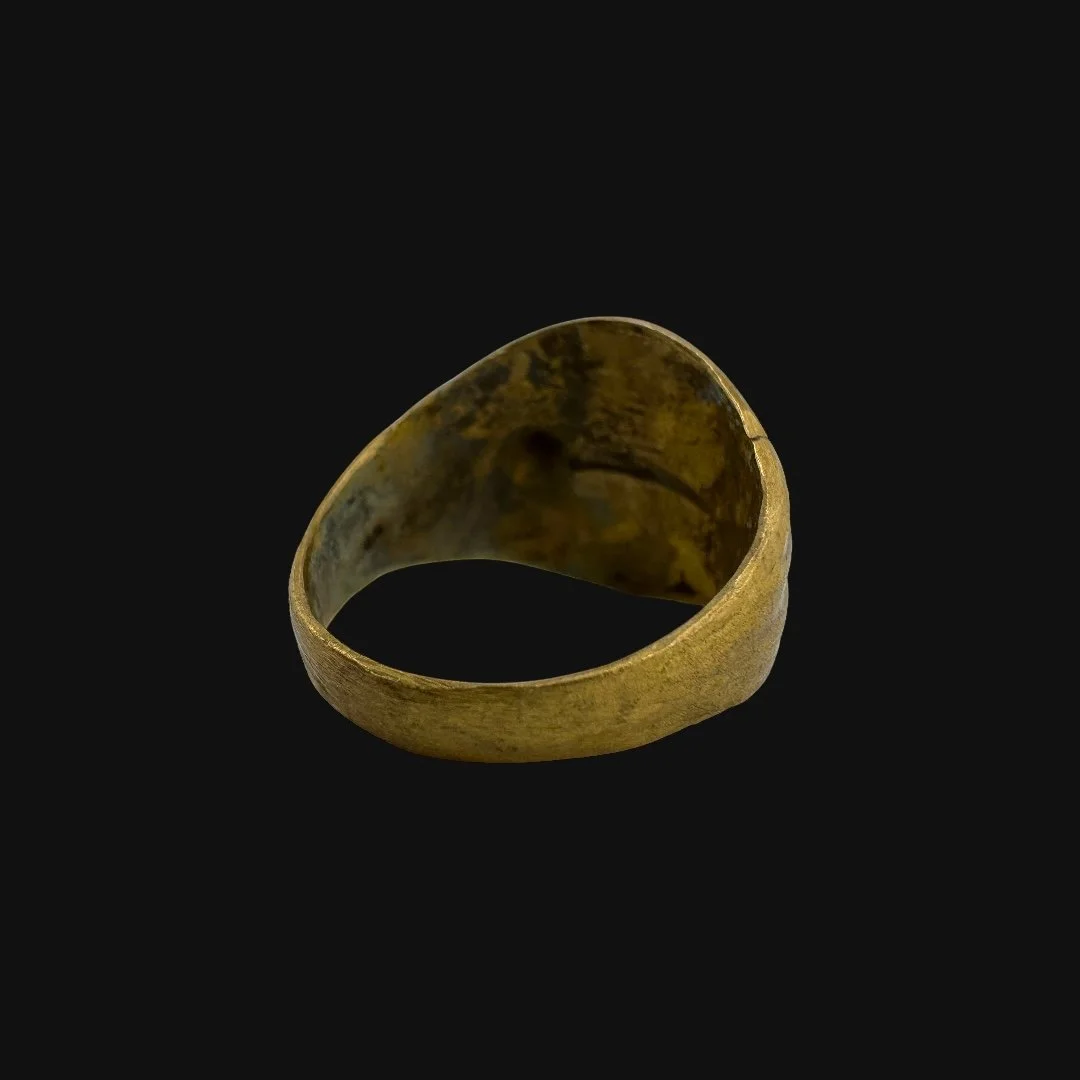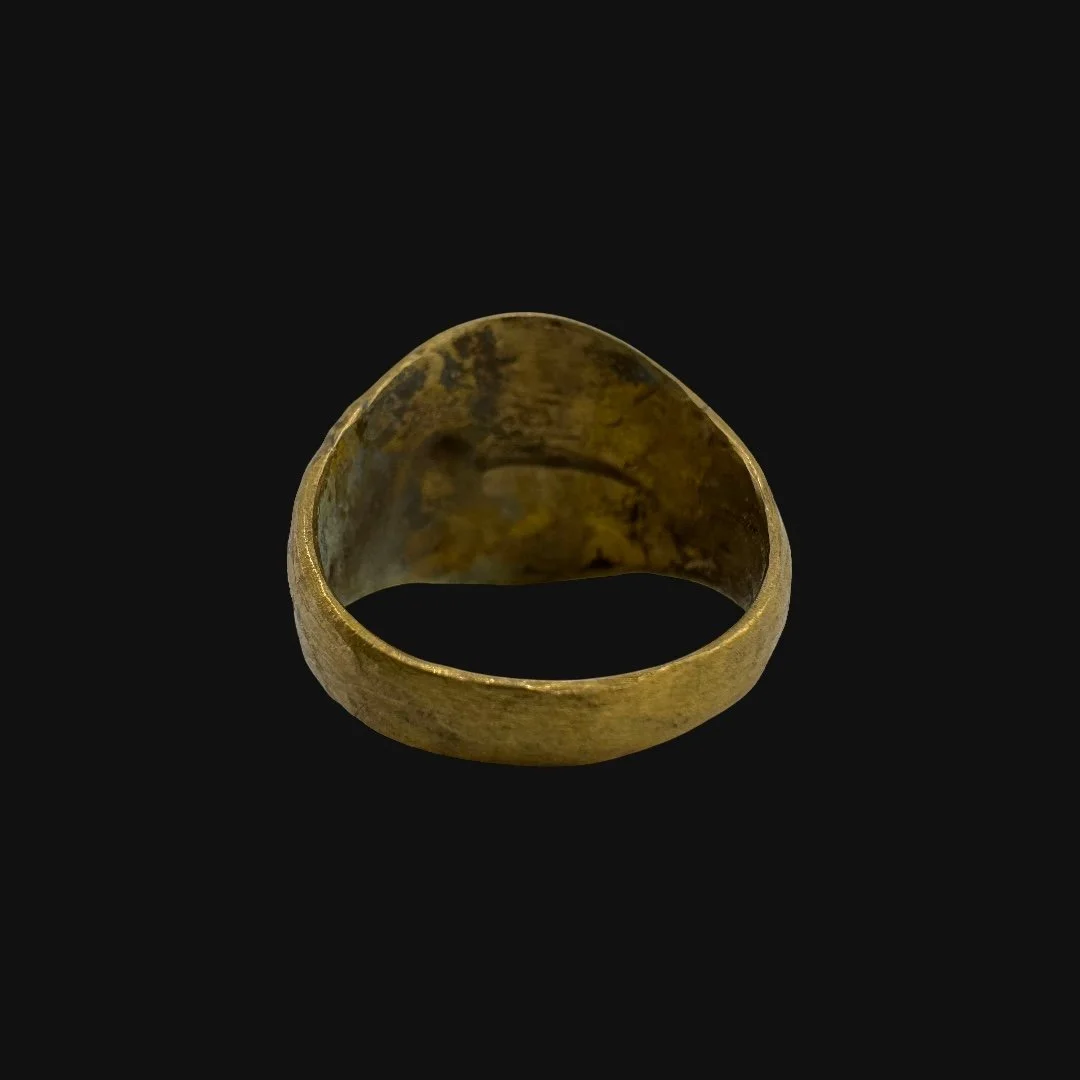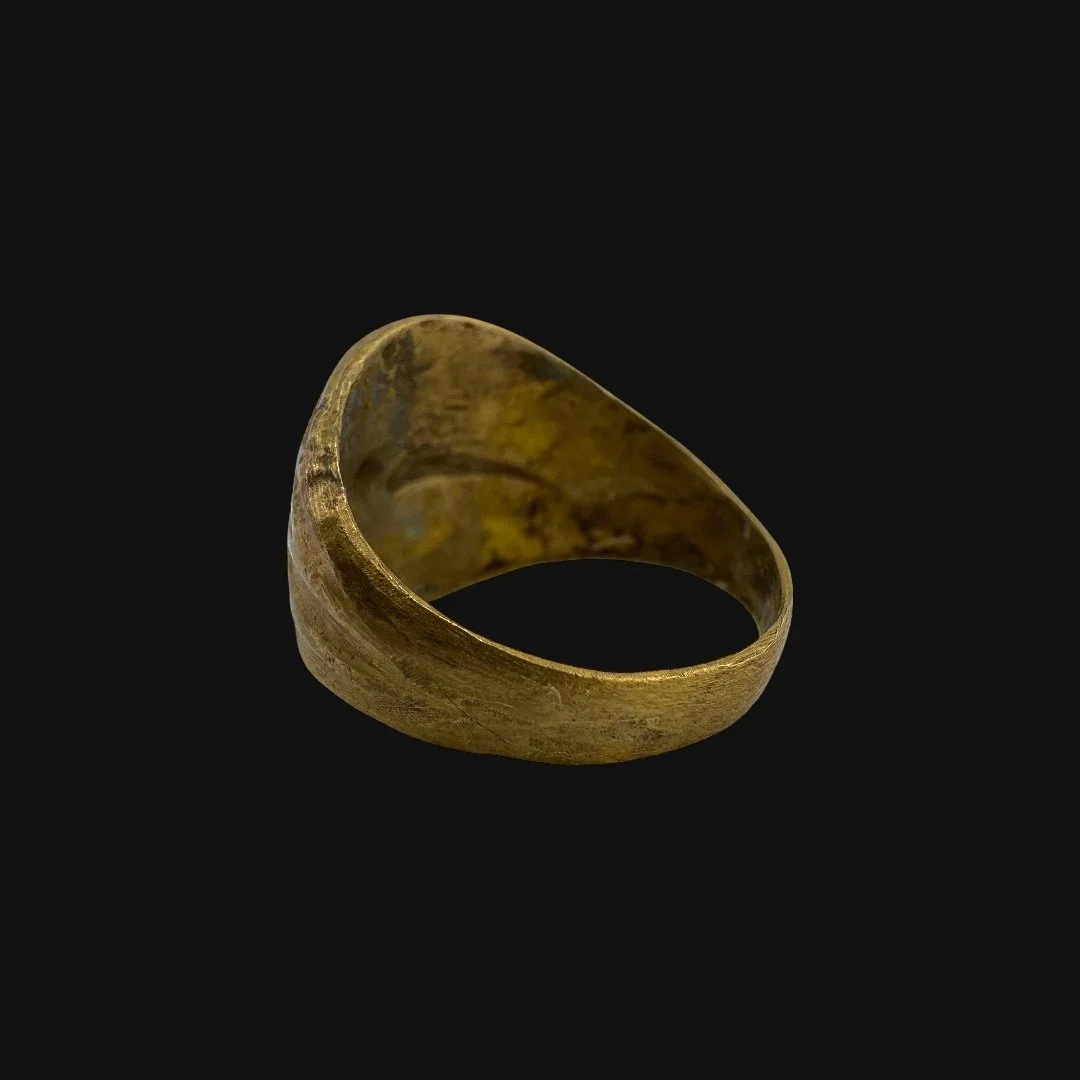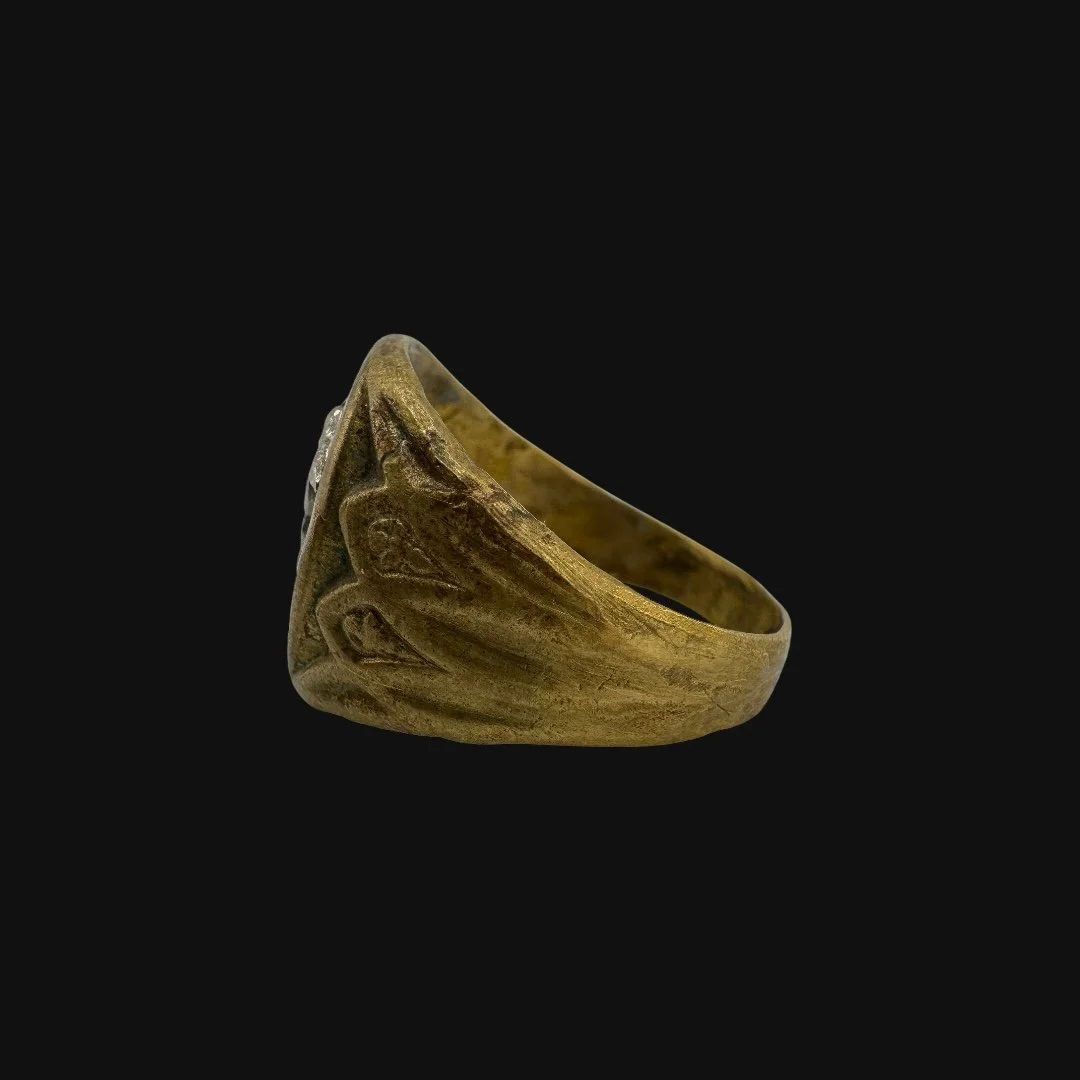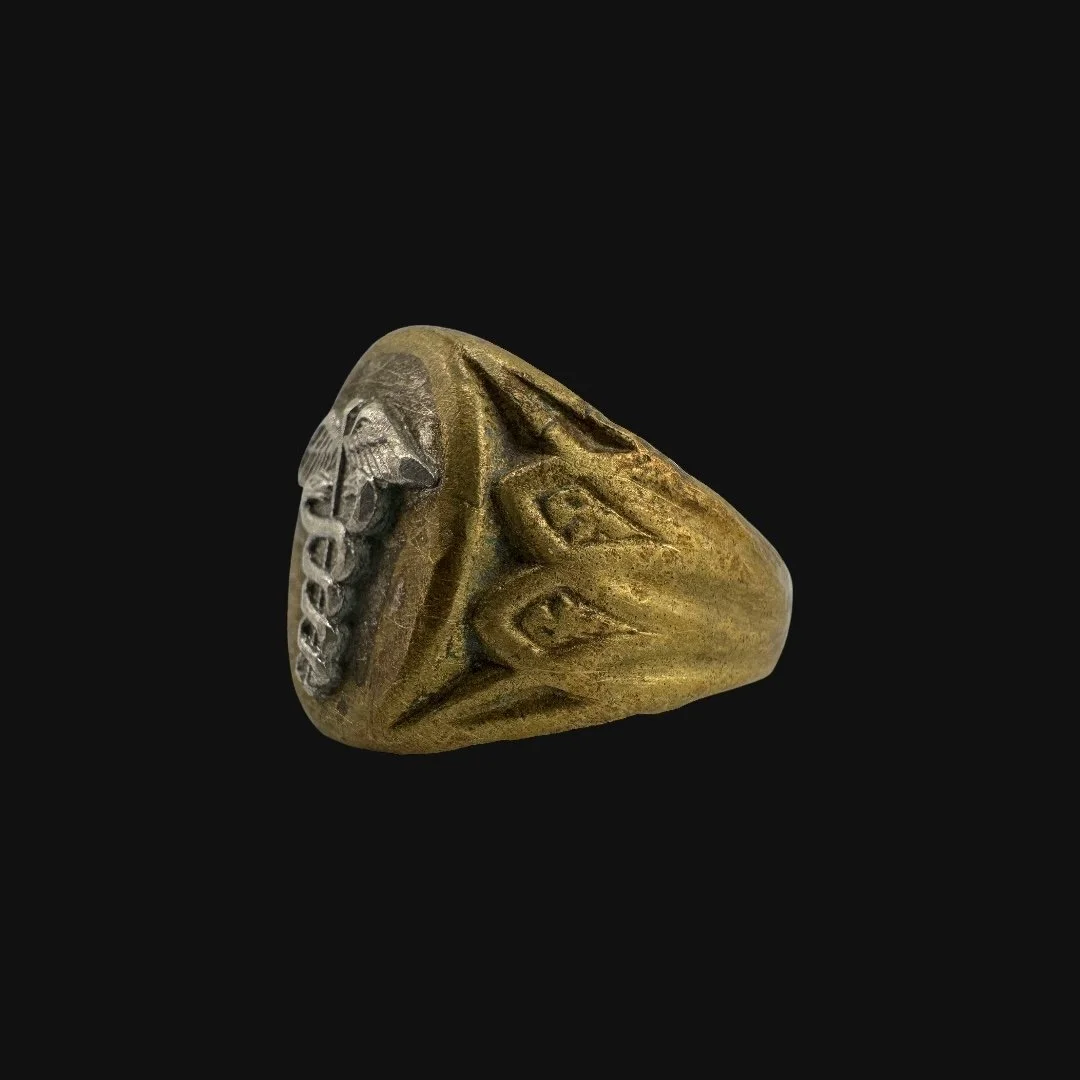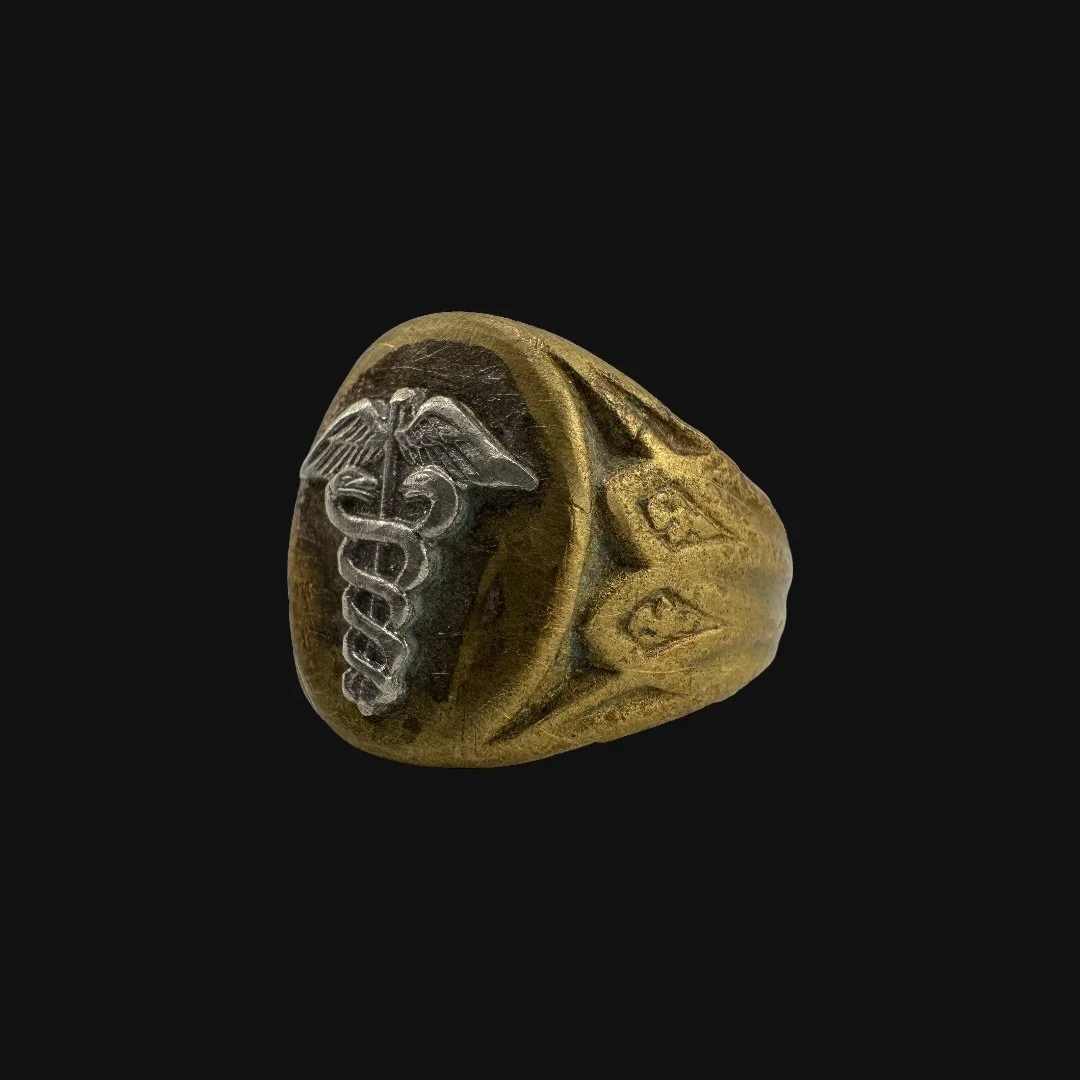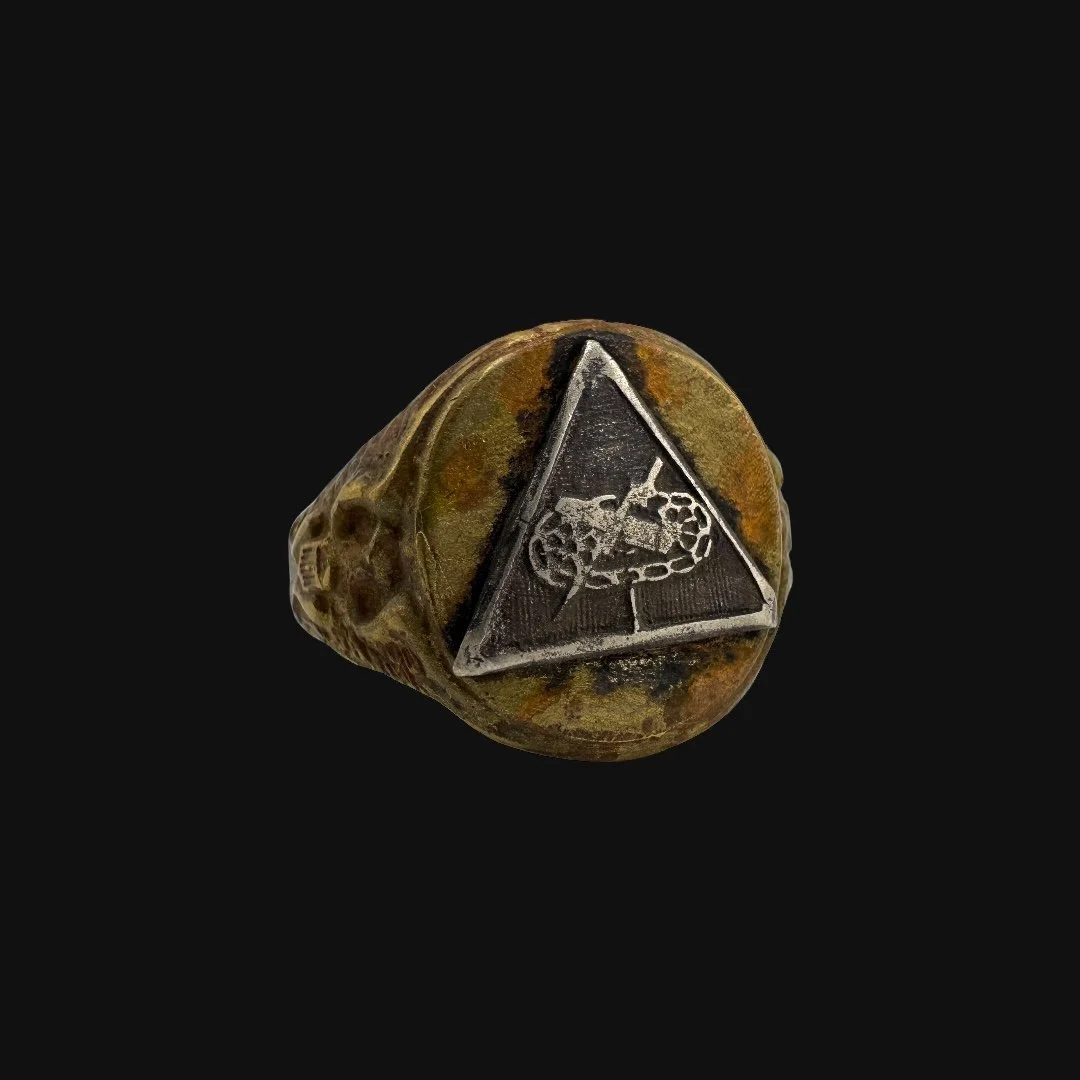 Image 1 of 12
Image 1 of 12

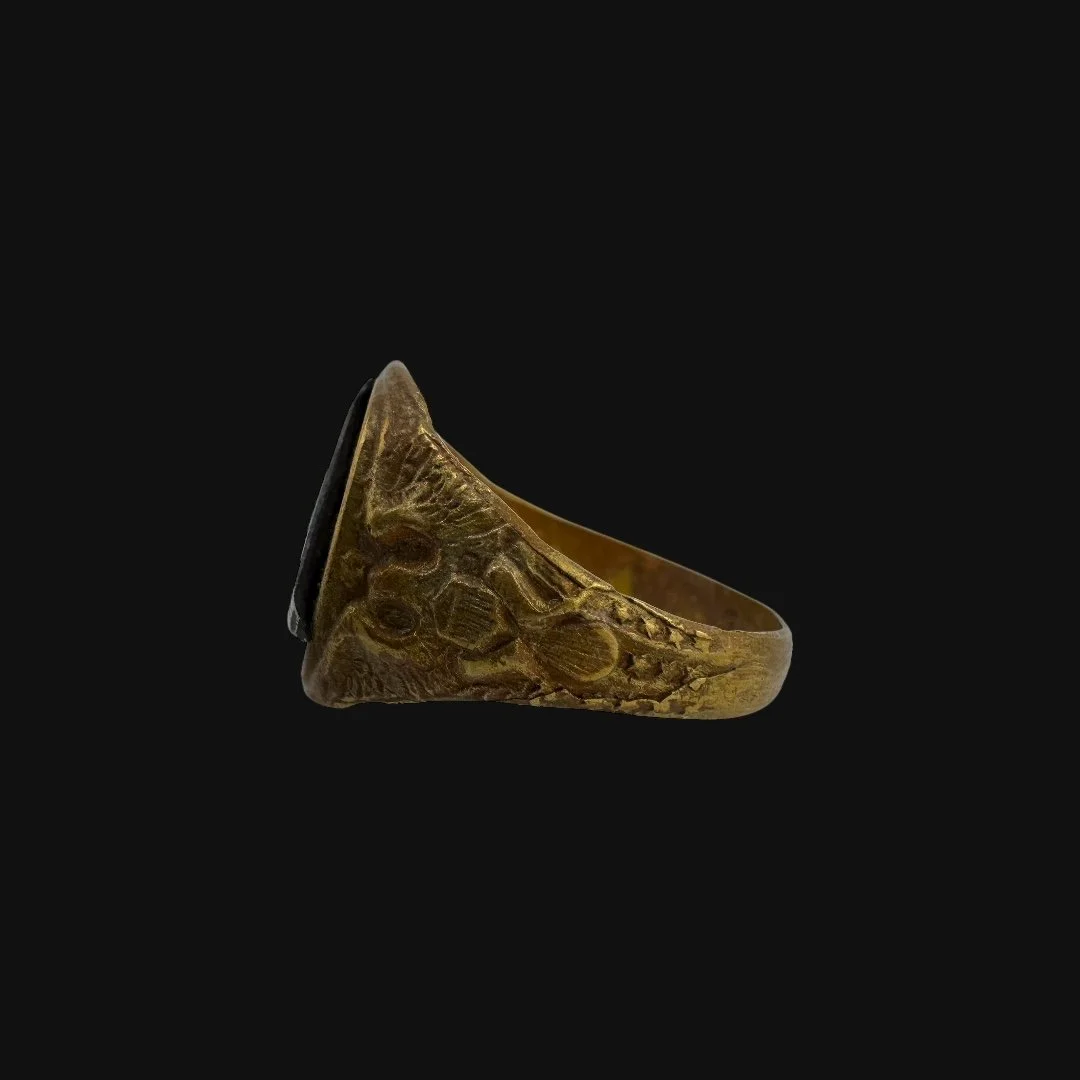 Image 2 of 12
Image 2 of 12

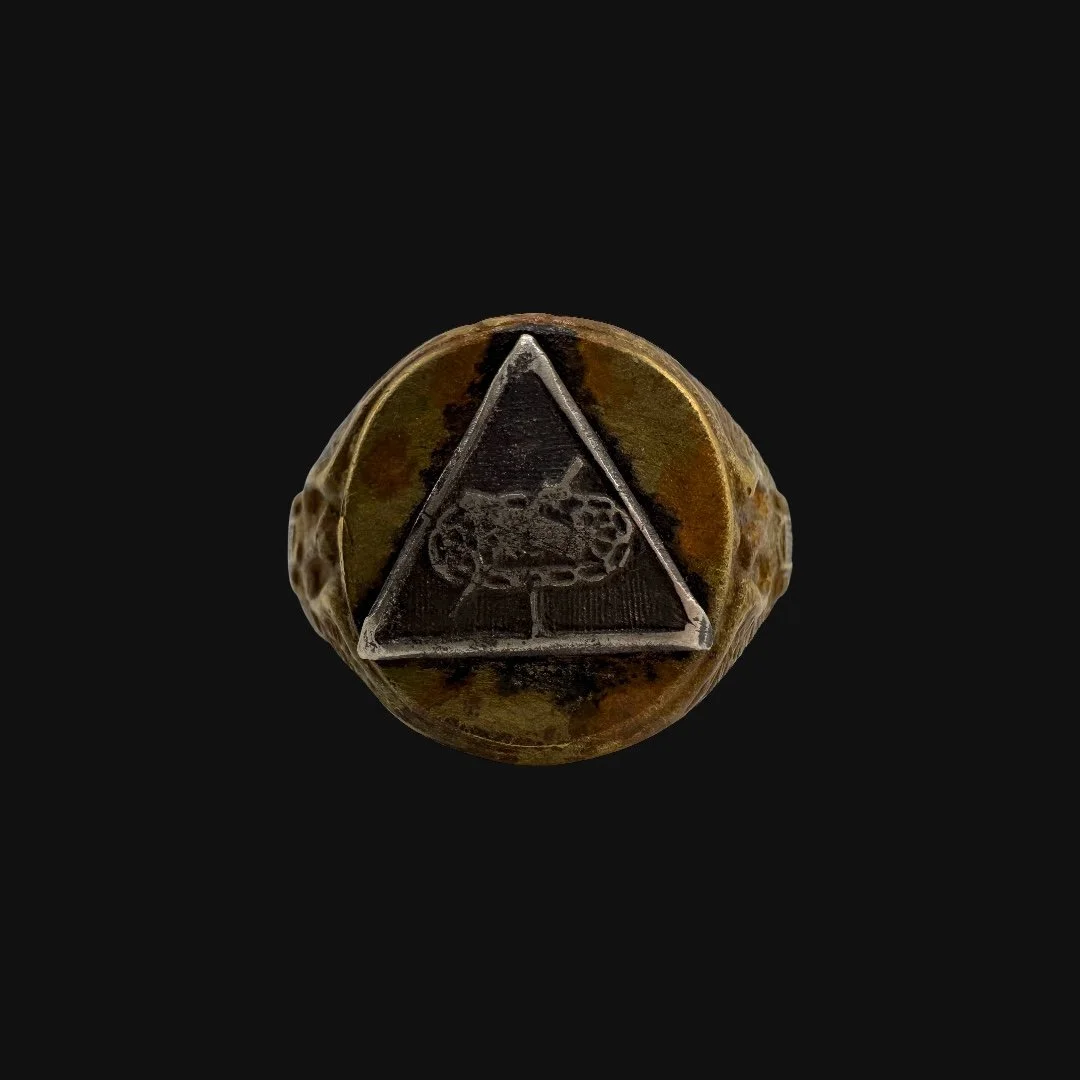 Image 3 of 12
Image 3 of 12

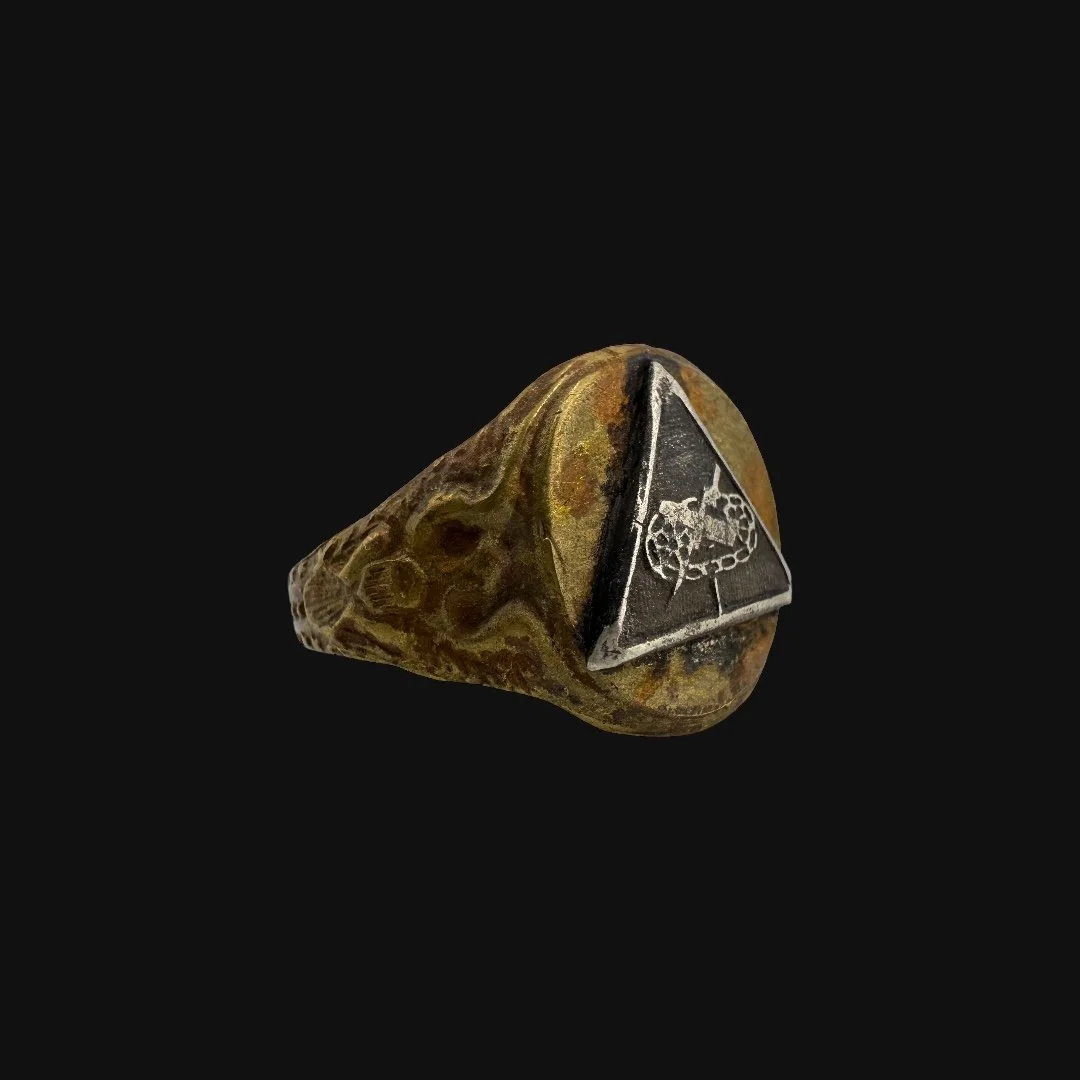 Image 4 of 12
Image 4 of 12

 Image 5 of 12
Image 5 of 12

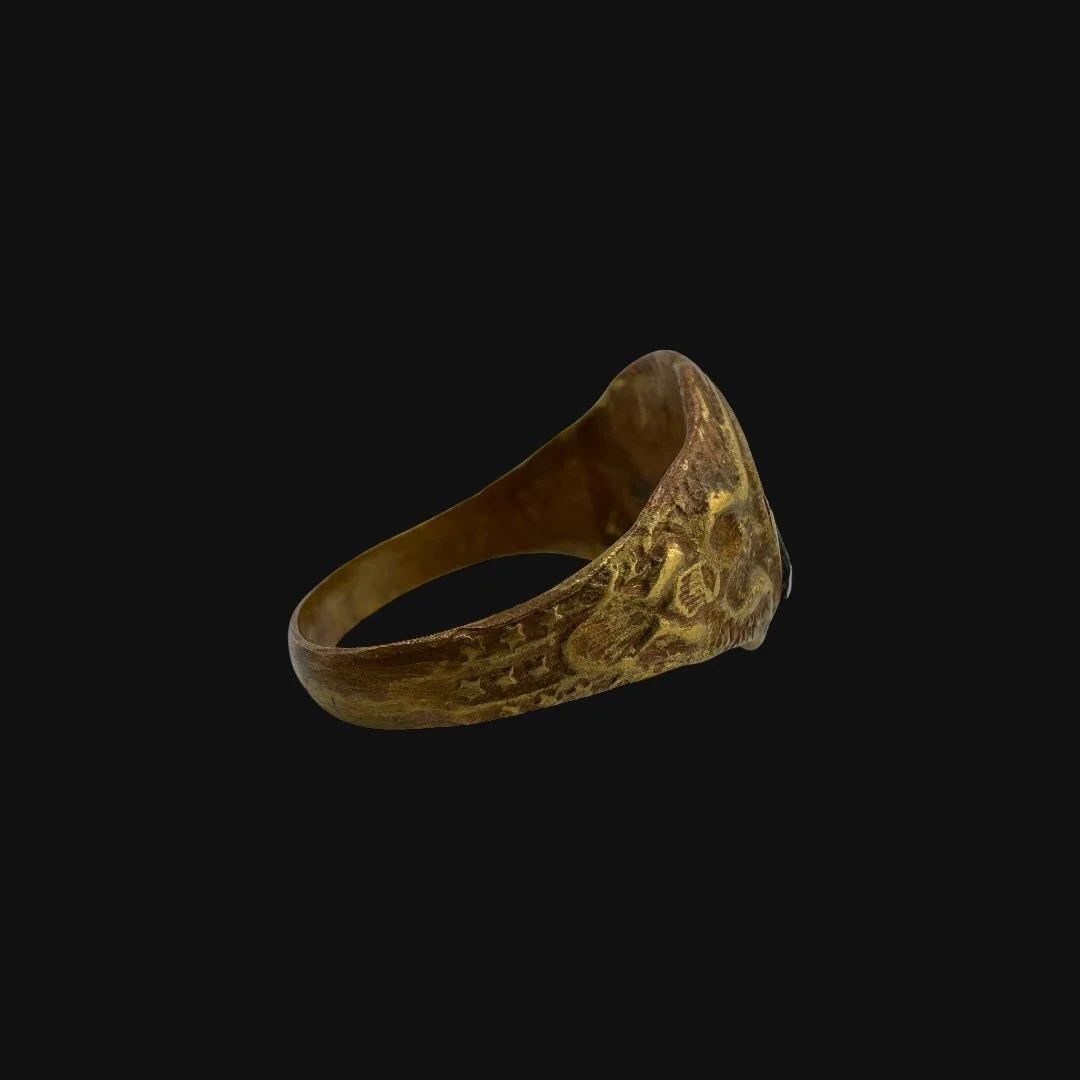 Image 6 of 12
Image 6 of 12

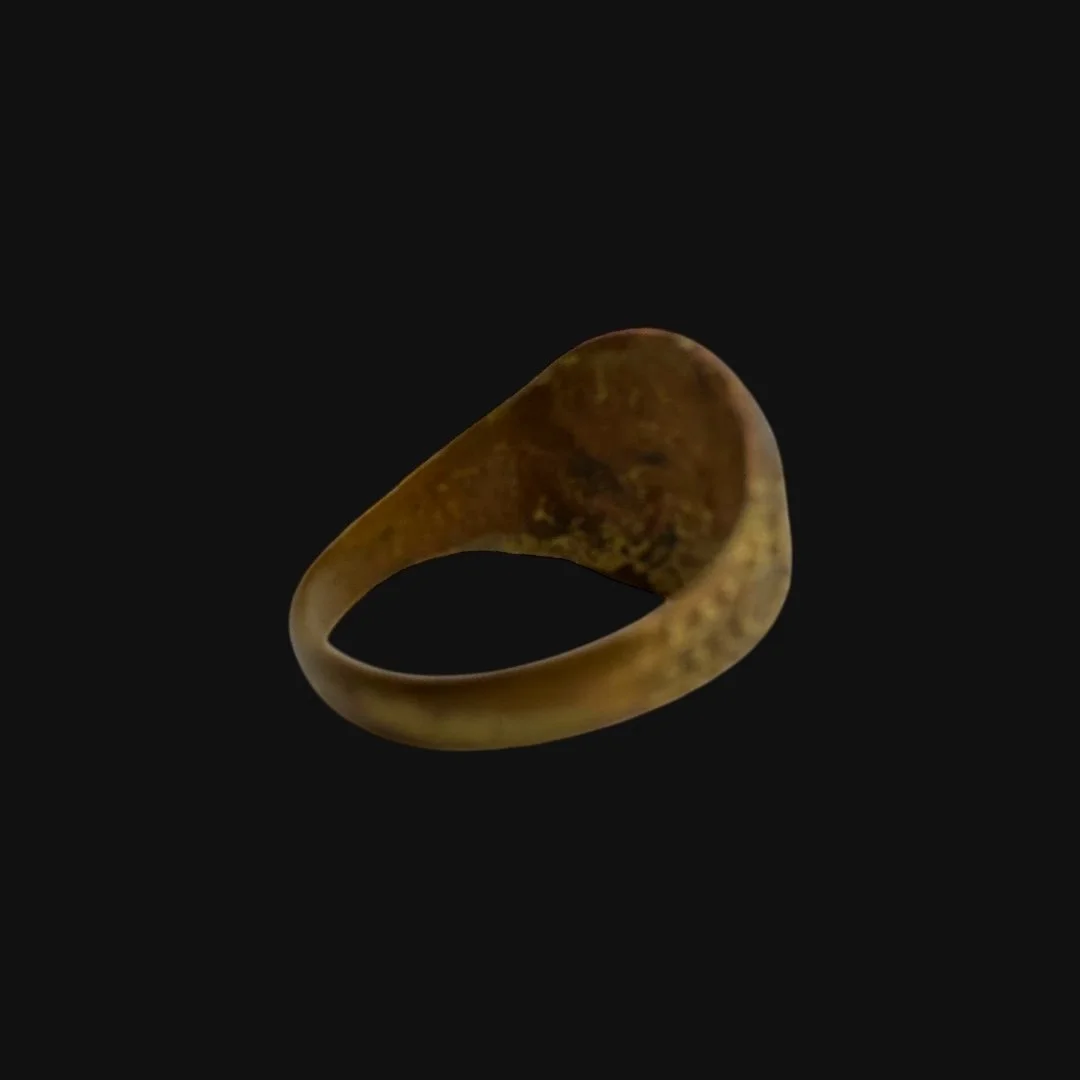 Image 7 of 12
Image 7 of 12

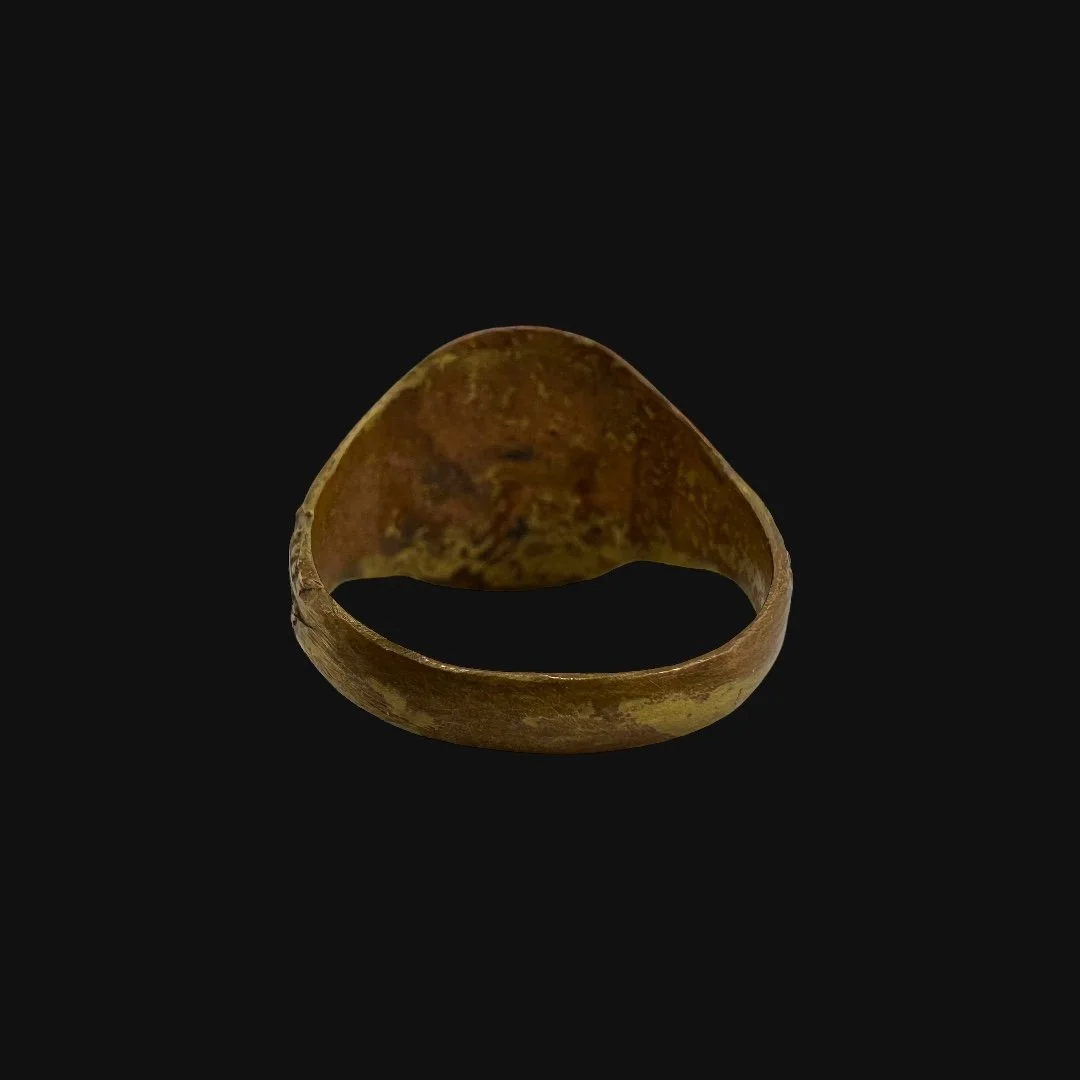 Image 8 of 12
Image 8 of 12

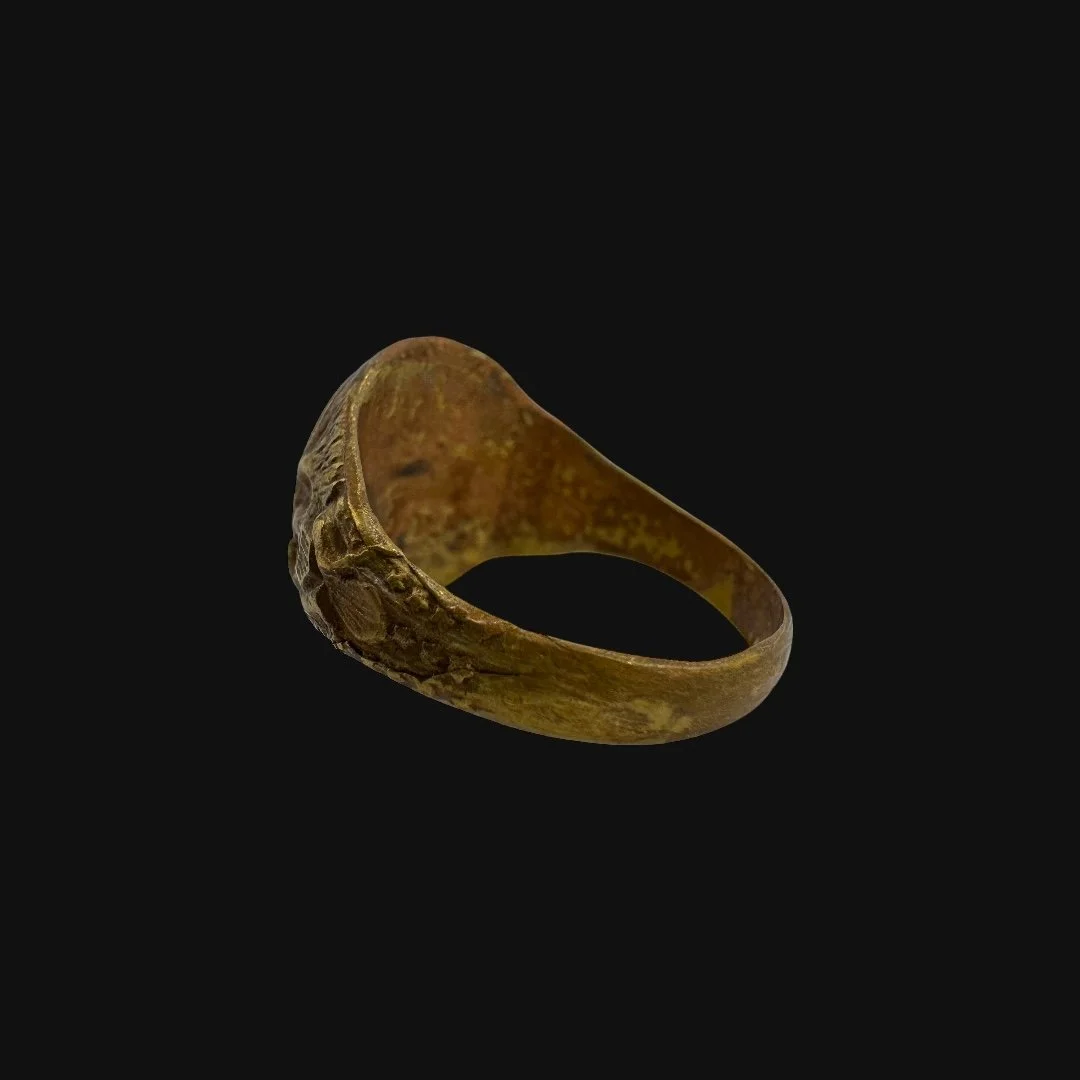 Image 9 of 12
Image 9 of 12

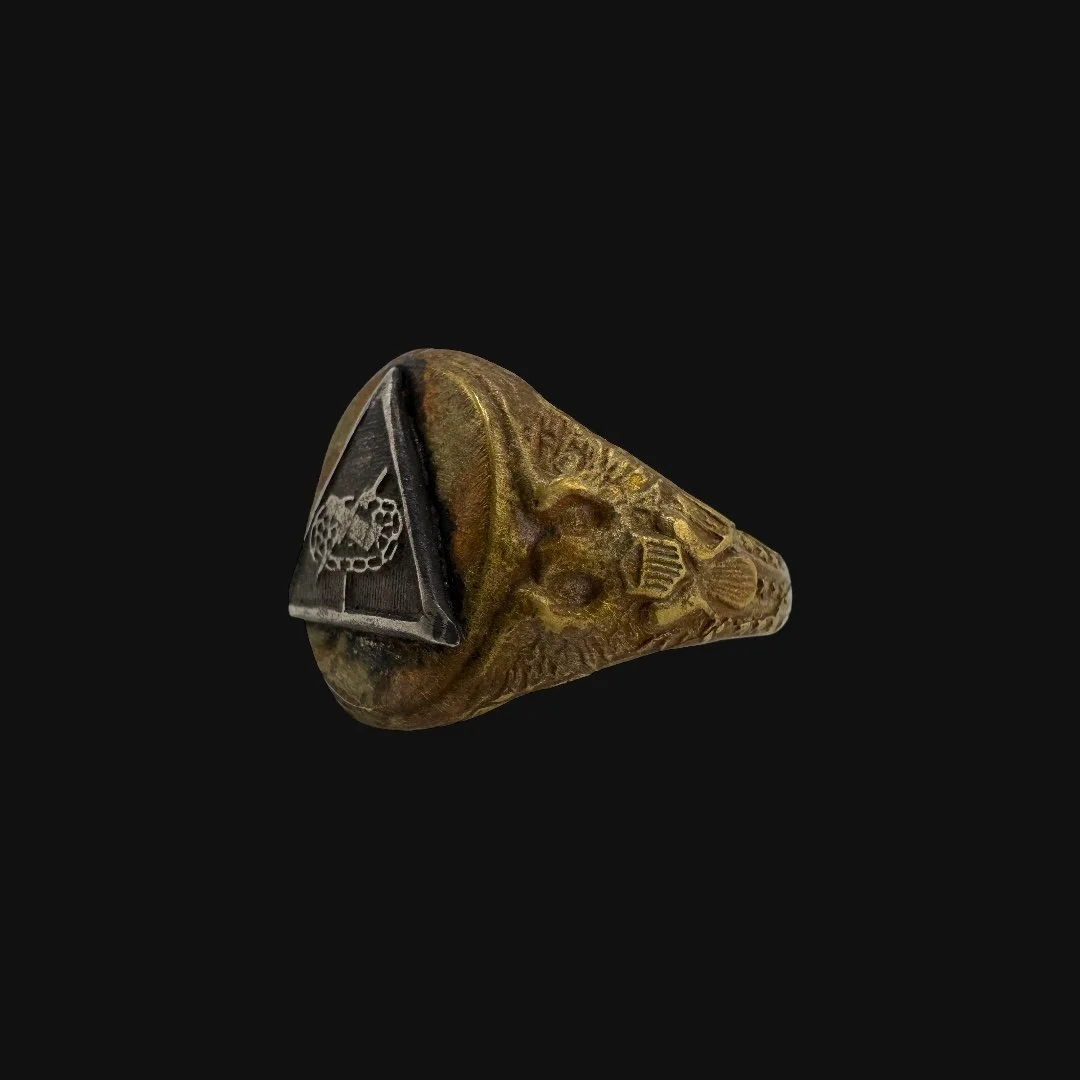 Image 10 of 12
Image 10 of 12

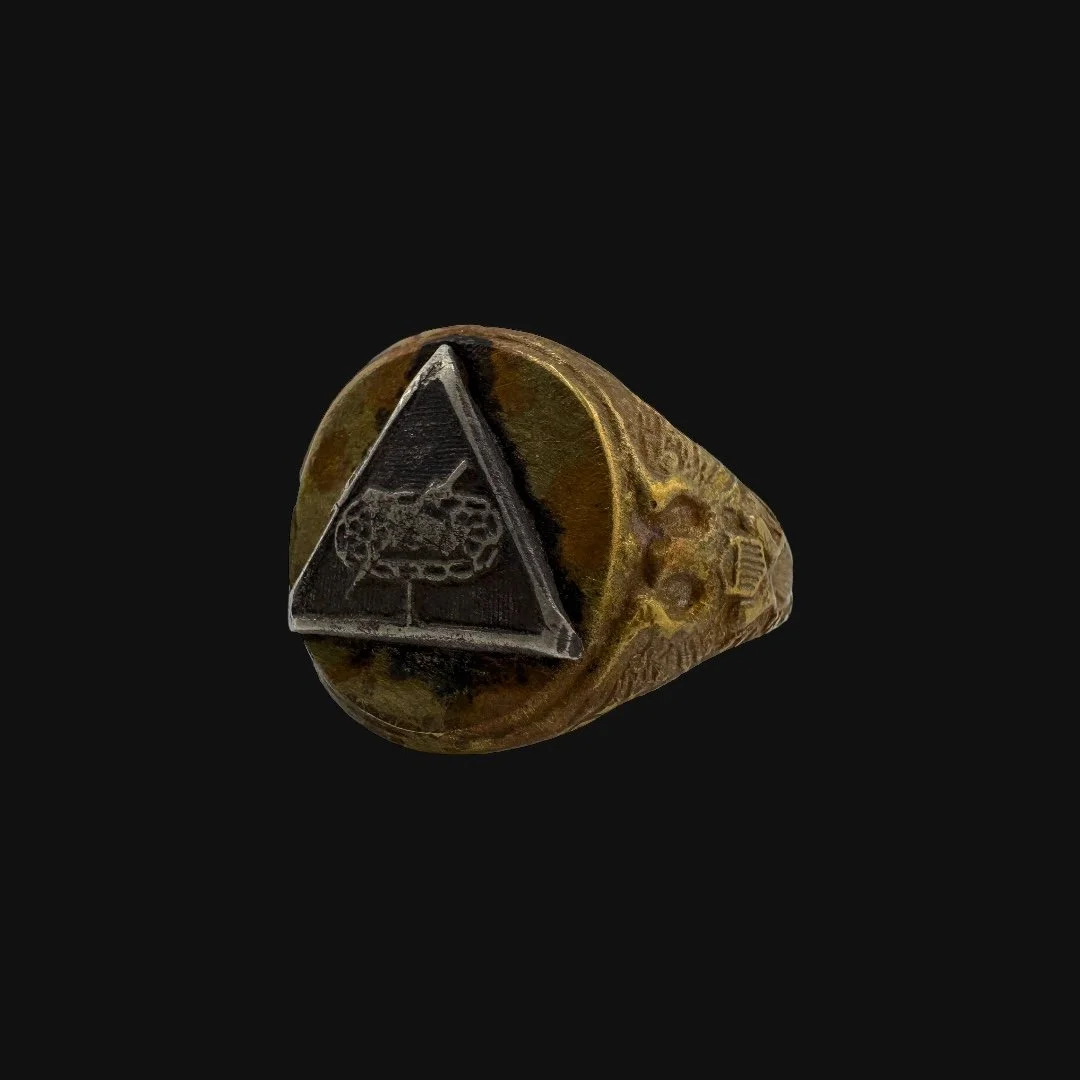 Image 11 of 12
Image 11 of 12

 Image 12 of 12
Image 12 of 12













Original WWII 1943-1945 U.S. Army “Armored Corps” Combat Tanker Soldier's Military Ring (Size 11)
Comes with a hand-signed C.O.A. and a full historical research write-up
From: World War II
Branch: U.S. Army (Armored Corps)
Dated: 1943-1945
Ring Size: 11 (US)
Material: Bronze & Sterling Silver
Wearable History Collection:
This authentic 1943-1945 WWII-era ring, preserved in its original and unaltered condition, combines exceptional craftsmanship with lasting durability, making it fully suitable for modern wear today. As part of our exclusive World War II “Wearable History Ring Collection,” it offers the rare opportunity to own and wear a genuine piece of World War II. Both a timeless accessory and a tangible link to the past, this truly one-of-a-kind ring stands as a wearable tribute to the courage and sacrifice of a generation.
Historical Significance to the U.S. Army Armored Corps During WWII:
The U.S. Army Armored Corps emerged in World War II as one of the most decisive branches of the American military, embodying speed, firepower, and the new doctrine of mechanized warfare. Established in 1940 after witnessing German blitzkrieg tactics, the Corps grew into 16 armored divisions and numerous independent battalions, each designed for rapid penetration and exploitation. Early battles in North Africa, particularly the defeat at Kasserine Pass, exposed weaknesses in U.S. training and equipment. Yet under leaders like General George S. Patton, American armored forces adapted quickly, learning to combine tanks with artillery, infantry, and airpower in a true system of modern combined-arms warfare.
By 1944, these lessons paid off. In the Normandy campaign, American armor spearheaded the breakout from the bocage during Operation Cobra, with divisions such as the 2nd and 3rd Armored racing across France in one of the most rapid military advances in history. Patton’s Third Army demonstrated the Corps’ potential, liberating vast territories with relentless momentum. During the Battle of the Bulge, armored divisions like the 10th played pivotal defensive roles, holding key positions such as Bastogne, and later drove back the German counteroffensive. By the spring of 1945, American tanks had crossed the Rhine, breached the Siegfried Line, and were advancing deep into Germany, cementing the Corps’ reputation as the spearhead of Allied victory.
Although armor played a smaller role in the Pacific, American tanks provided vital support in battles like Okinawa and the Philippines, adapting to jungle and island warfare by delivering mobile firepower against fortified positions. Across all theaters, the Corps proved its resilience and versatility, even when facing superior German machines like the Panther and Tiger. Mass production of the reliable Sherman tank, coupled with overwhelming logistical support, ensured that U.S. armored forces maintained operational momentum.
The historical significance of the U.S. Army Armored Corps lies in its transformation of American warfare. It proved that armored divisions could execute rapid, decisive operations, reshaping modern doctrine for generations to come. From North Africa to Germany, the Corps embodied adaptability, innovation, and relentless momentum. By combining mobility and firepower with the discipline of combined-arms coordination, the Armored Corps did not merely fight in World War II—it helped redefine how wars would be fought in the modern age.
The Legacy Within This Ring:
This original World War II U.S. Army Armored Corps ring stands as a rare artifact of one of the most formidable branches of the American military. Privately commissioned by a wartime tanker, the ring allowed its owner to carry the proud symbol of the Armored Corps not just on the shoulder patch of his uniform, but also as a constant reminder on his hand. For the men who lived and fought inside steel machines, such pieces became personal emblems of resilience, brotherhood, and the thunderous power of armored warfare. The engraved details reflect not only the pride of service but also the grueling campaigns endured, from the desert heat of North Africa to the hedgerows of Normandy and the icy forests of the Ardennes. This was not simply a ring. It was a soldier’s tangible connection to the armored columns that spearheaded Allied victory. Today, it survives as a wearable relic of the Corps’ legacy, honoring the courage, sacrifice, and relentless drive of the tank crews who rolled across Europe and into history.
Comes with a hand-signed C.O.A. and a full historical research write-up
From: World War II
Branch: U.S. Army (Armored Corps)
Dated: 1943-1945
Ring Size: 11 (US)
Material: Bronze & Sterling Silver
Wearable History Collection:
This authentic 1943-1945 WWII-era ring, preserved in its original and unaltered condition, combines exceptional craftsmanship with lasting durability, making it fully suitable for modern wear today. As part of our exclusive World War II “Wearable History Ring Collection,” it offers the rare opportunity to own and wear a genuine piece of World War II. Both a timeless accessory and a tangible link to the past, this truly one-of-a-kind ring stands as a wearable tribute to the courage and sacrifice of a generation.
Historical Significance to the U.S. Army Armored Corps During WWII:
The U.S. Army Armored Corps emerged in World War II as one of the most decisive branches of the American military, embodying speed, firepower, and the new doctrine of mechanized warfare. Established in 1940 after witnessing German blitzkrieg tactics, the Corps grew into 16 armored divisions and numerous independent battalions, each designed for rapid penetration and exploitation. Early battles in North Africa, particularly the defeat at Kasserine Pass, exposed weaknesses in U.S. training and equipment. Yet under leaders like General George S. Patton, American armored forces adapted quickly, learning to combine tanks with artillery, infantry, and airpower in a true system of modern combined-arms warfare.
By 1944, these lessons paid off. In the Normandy campaign, American armor spearheaded the breakout from the bocage during Operation Cobra, with divisions such as the 2nd and 3rd Armored racing across France in one of the most rapid military advances in history. Patton’s Third Army demonstrated the Corps’ potential, liberating vast territories with relentless momentum. During the Battle of the Bulge, armored divisions like the 10th played pivotal defensive roles, holding key positions such as Bastogne, and later drove back the German counteroffensive. By the spring of 1945, American tanks had crossed the Rhine, breached the Siegfried Line, and were advancing deep into Germany, cementing the Corps’ reputation as the spearhead of Allied victory.
Although armor played a smaller role in the Pacific, American tanks provided vital support in battles like Okinawa and the Philippines, adapting to jungle and island warfare by delivering mobile firepower against fortified positions. Across all theaters, the Corps proved its resilience and versatility, even when facing superior German machines like the Panther and Tiger. Mass production of the reliable Sherman tank, coupled with overwhelming logistical support, ensured that U.S. armored forces maintained operational momentum.
The historical significance of the U.S. Army Armored Corps lies in its transformation of American warfare. It proved that armored divisions could execute rapid, decisive operations, reshaping modern doctrine for generations to come. From North Africa to Germany, the Corps embodied adaptability, innovation, and relentless momentum. By combining mobility and firepower with the discipline of combined-arms coordination, the Armored Corps did not merely fight in World War II—it helped redefine how wars would be fought in the modern age.
The Legacy Within This Ring:
This original World War II U.S. Army Armored Corps ring stands as a rare artifact of one of the most formidable branches of the American military. Privately commissioned by a wartime tanker, the ring allowed its owner to carry the proud symbol of the Armored Corps not just on the shoulder patch of his uniform, but also as a constant reminder on his hand. For the men who lived and fought inside steel machines, such pieces became personal emblems of resilience, brotherhood, and the thunderous power of armored warfare. The engraved details reflect not only the pride of service but also the grueling campaigns endured, from the desert heat of North Africa to the hedgerows of Normandy and the icy forests of the Ardennes. This was not simply a ring. It was a soldier’s tangible connection to the armored columns that spearheaded Allied victory. Today, it survives as a wearable relic of the Corps’ legacy, honoring the courage, sacrifice, and relentless drive of the tank crews who rolled across Europe and into history.
